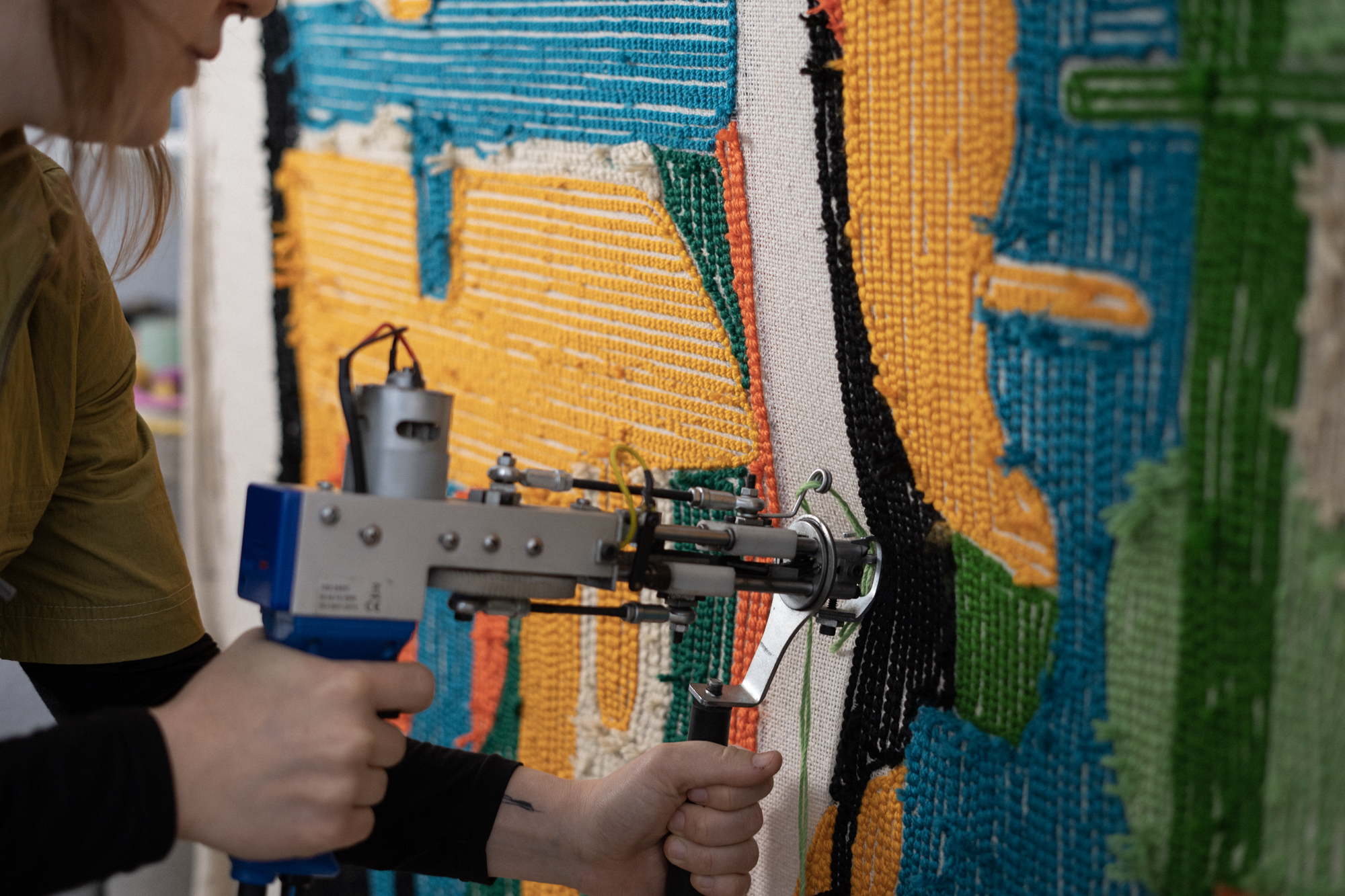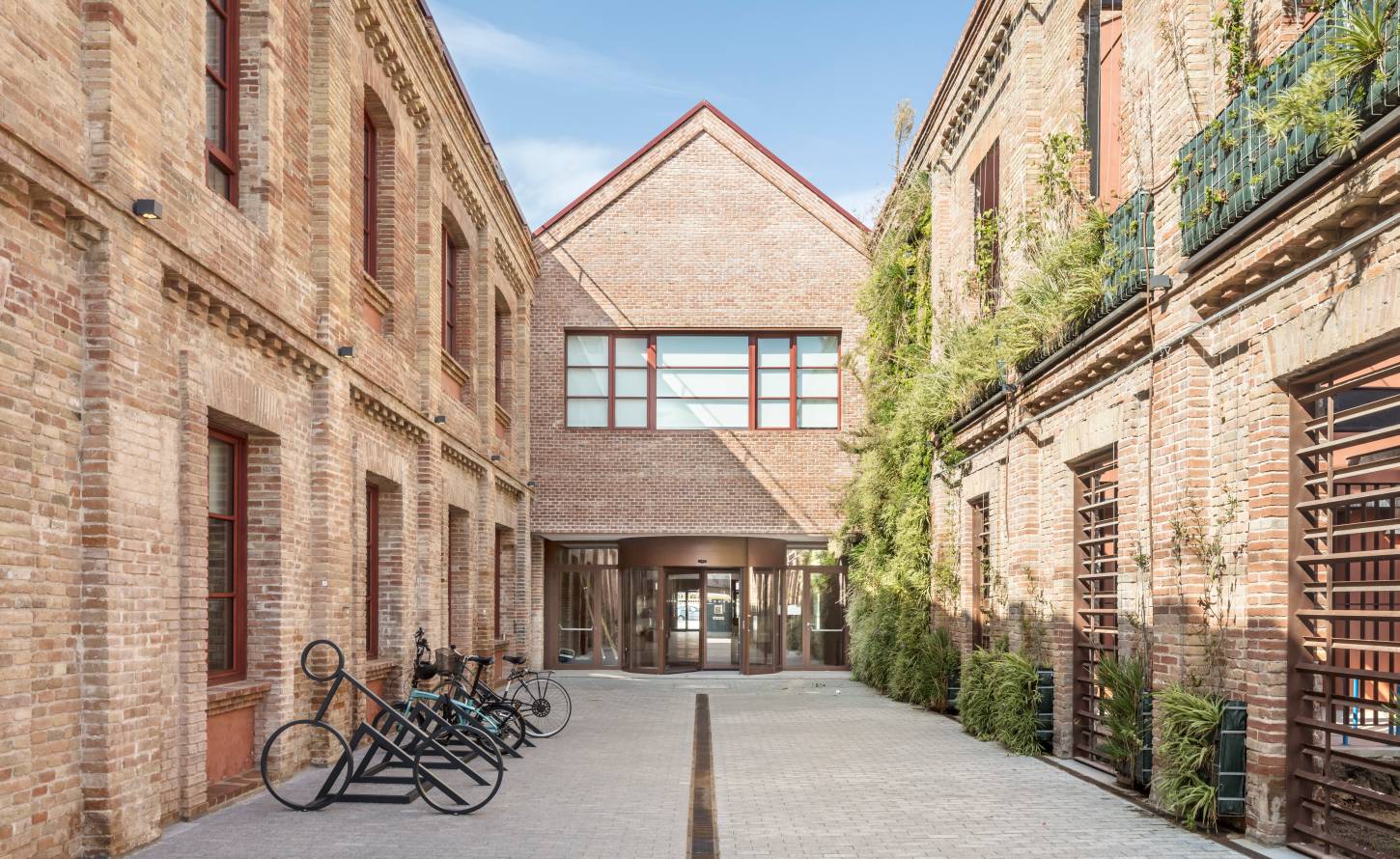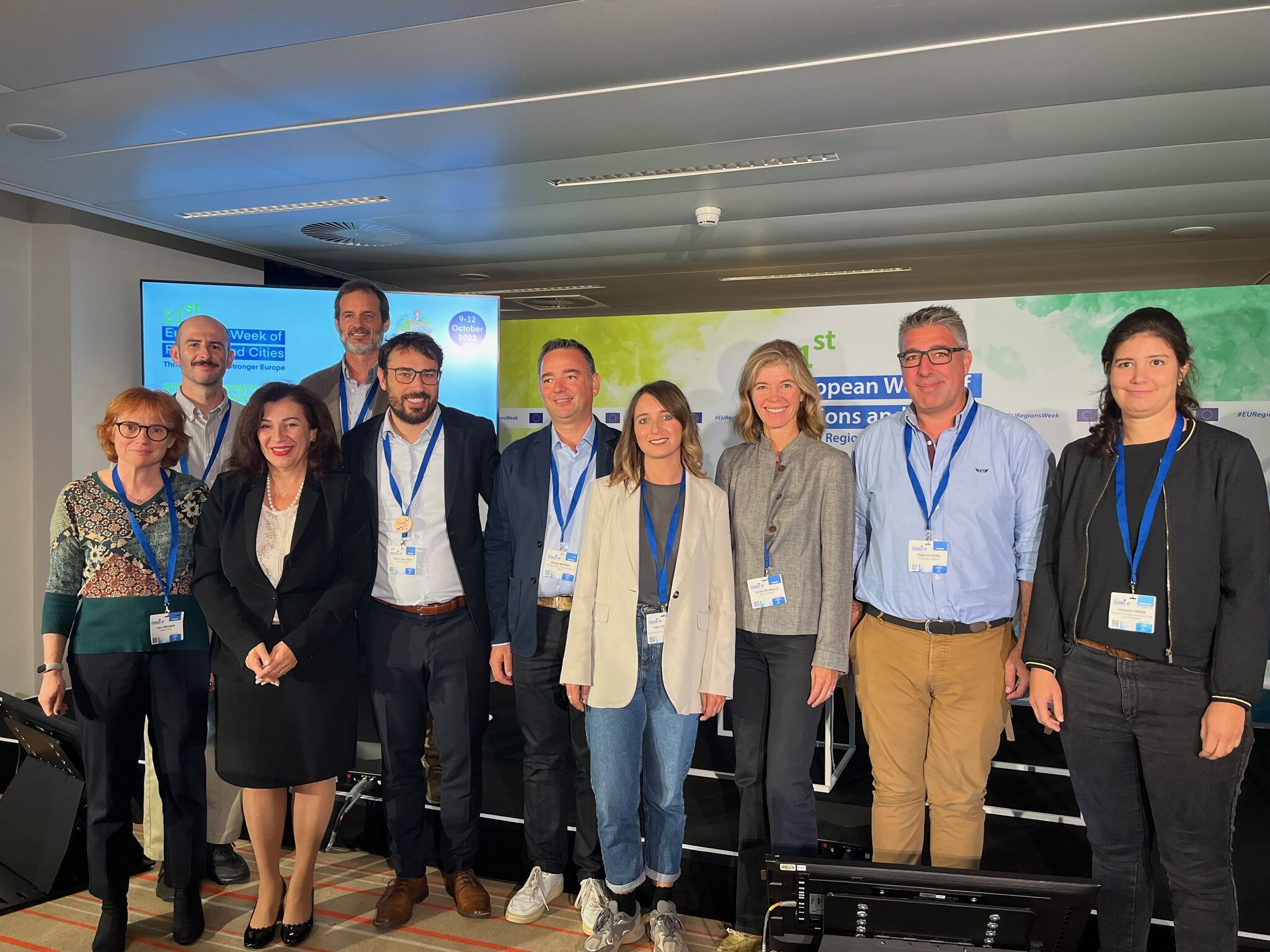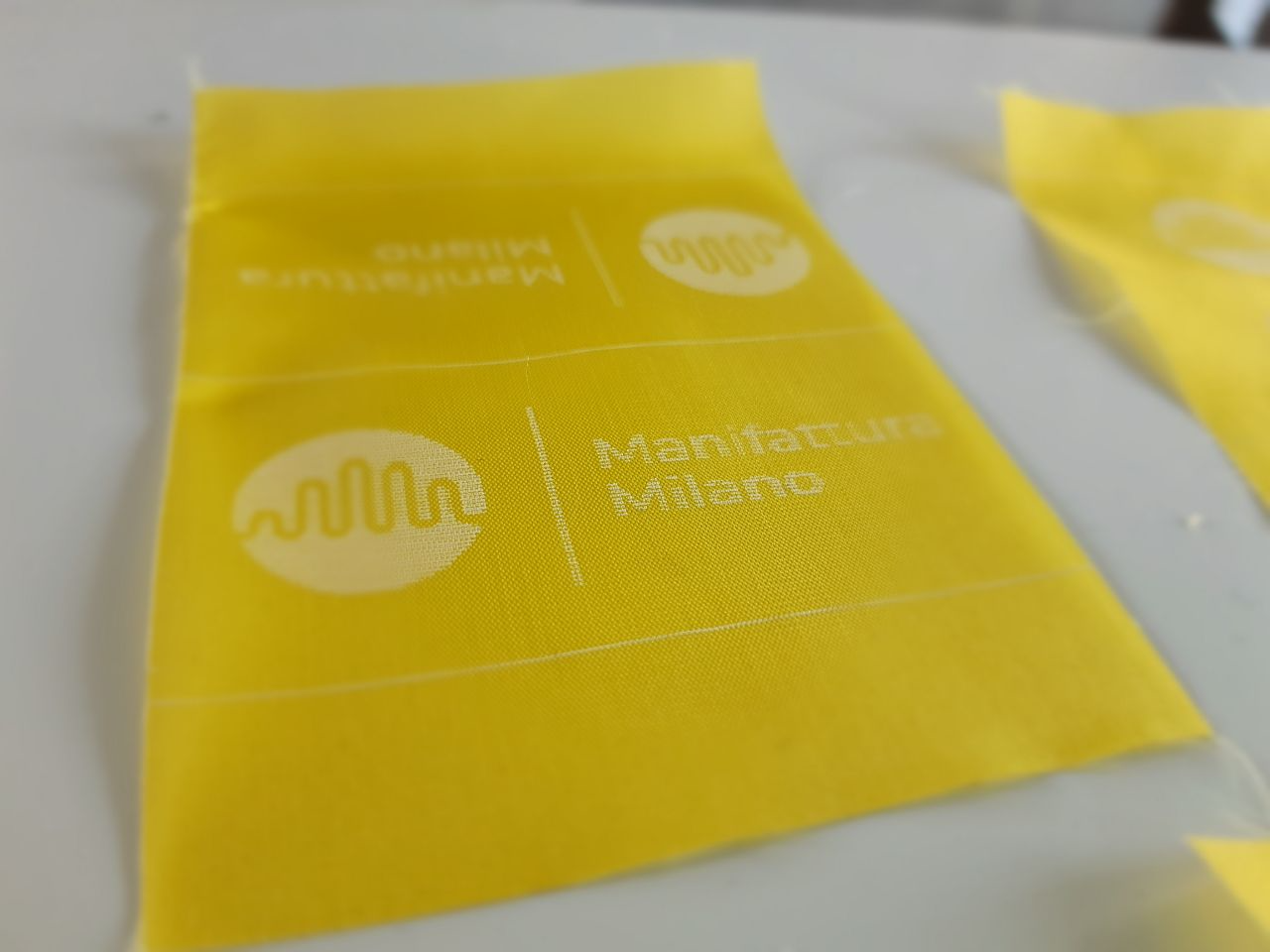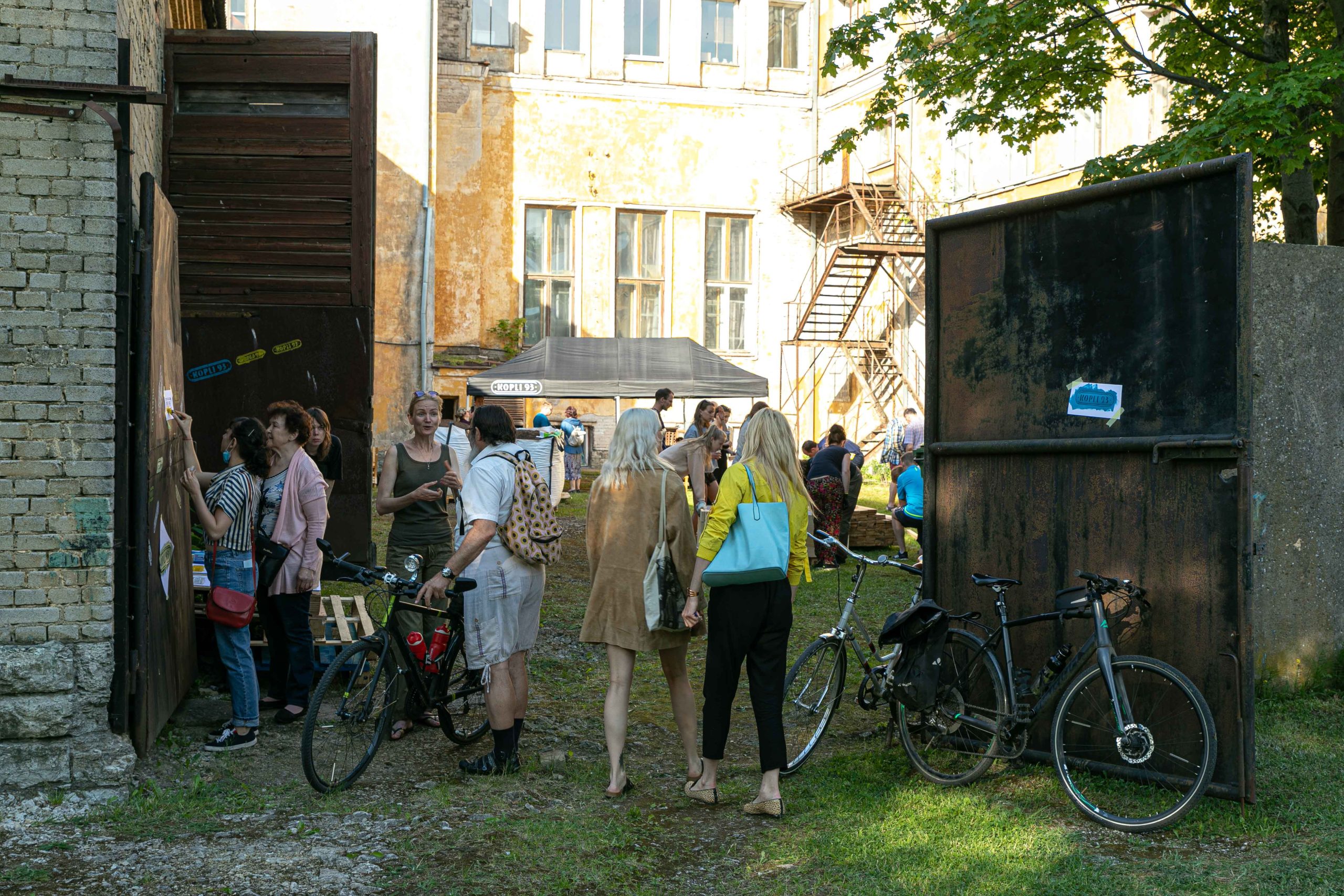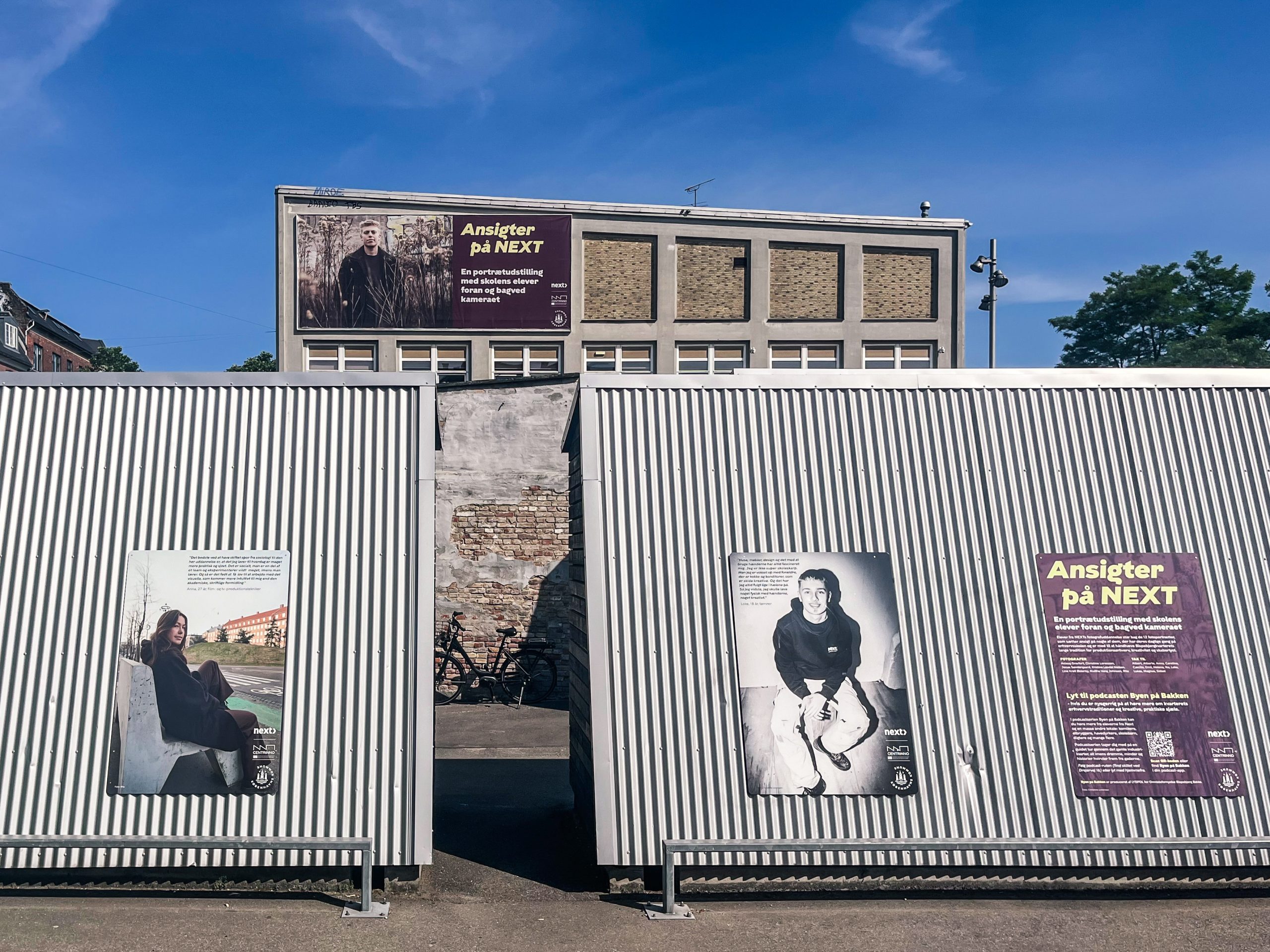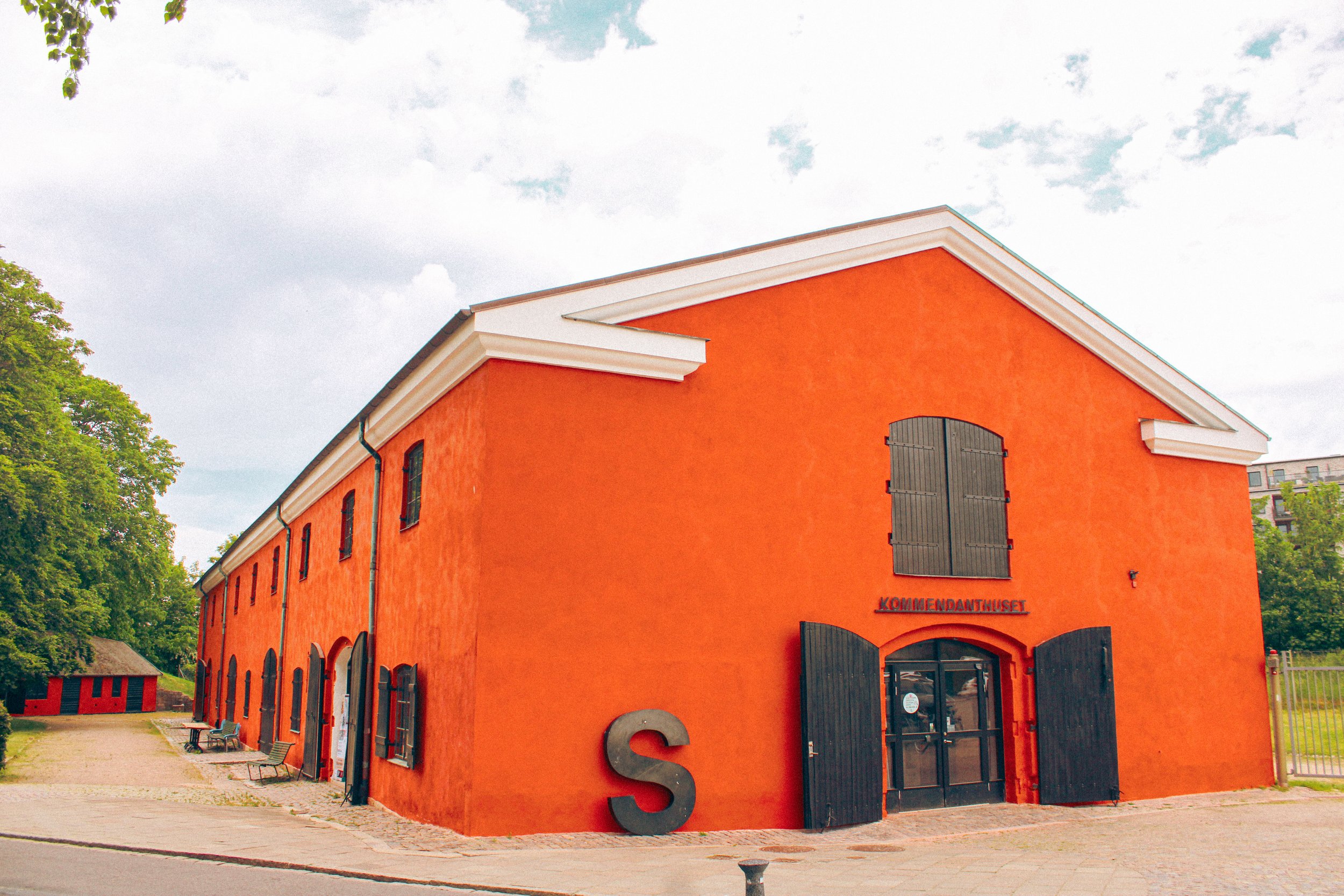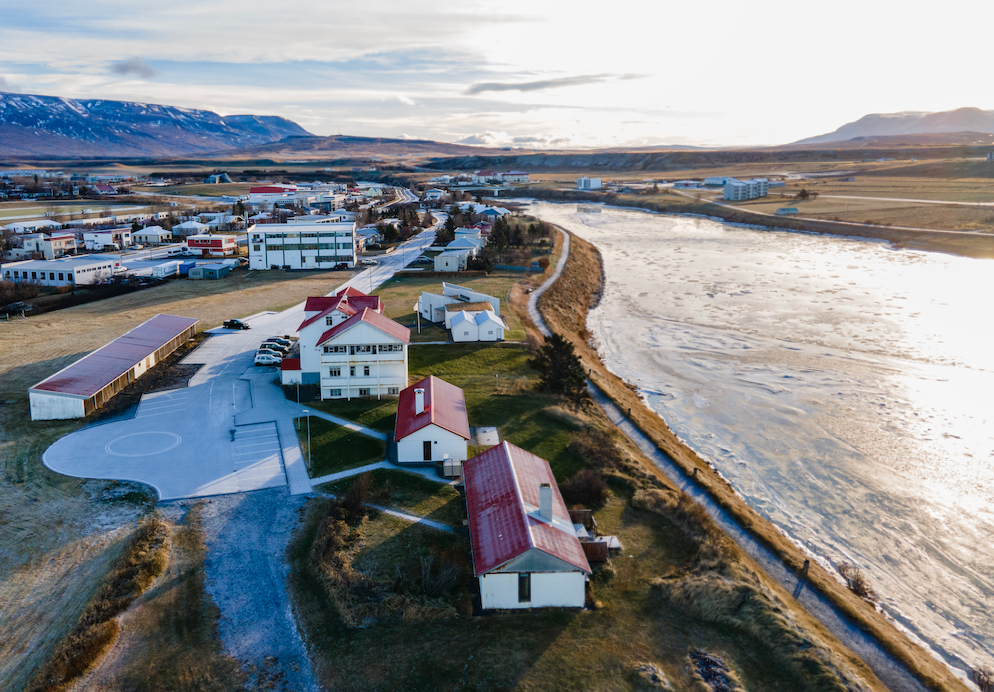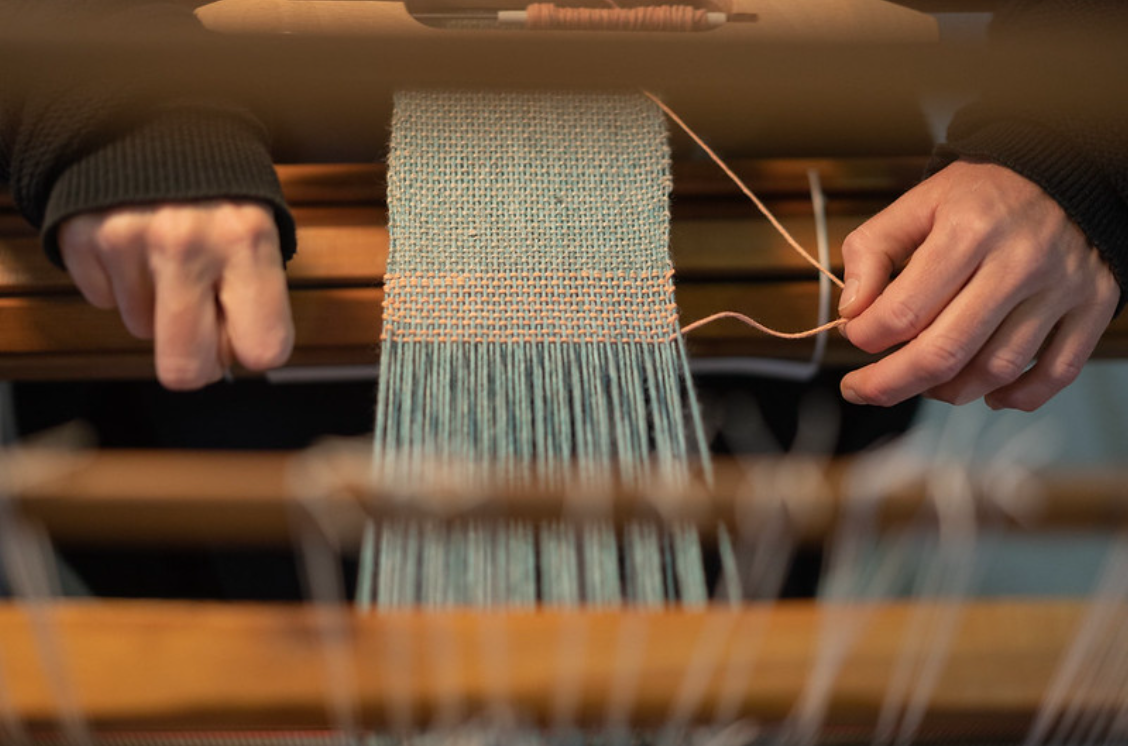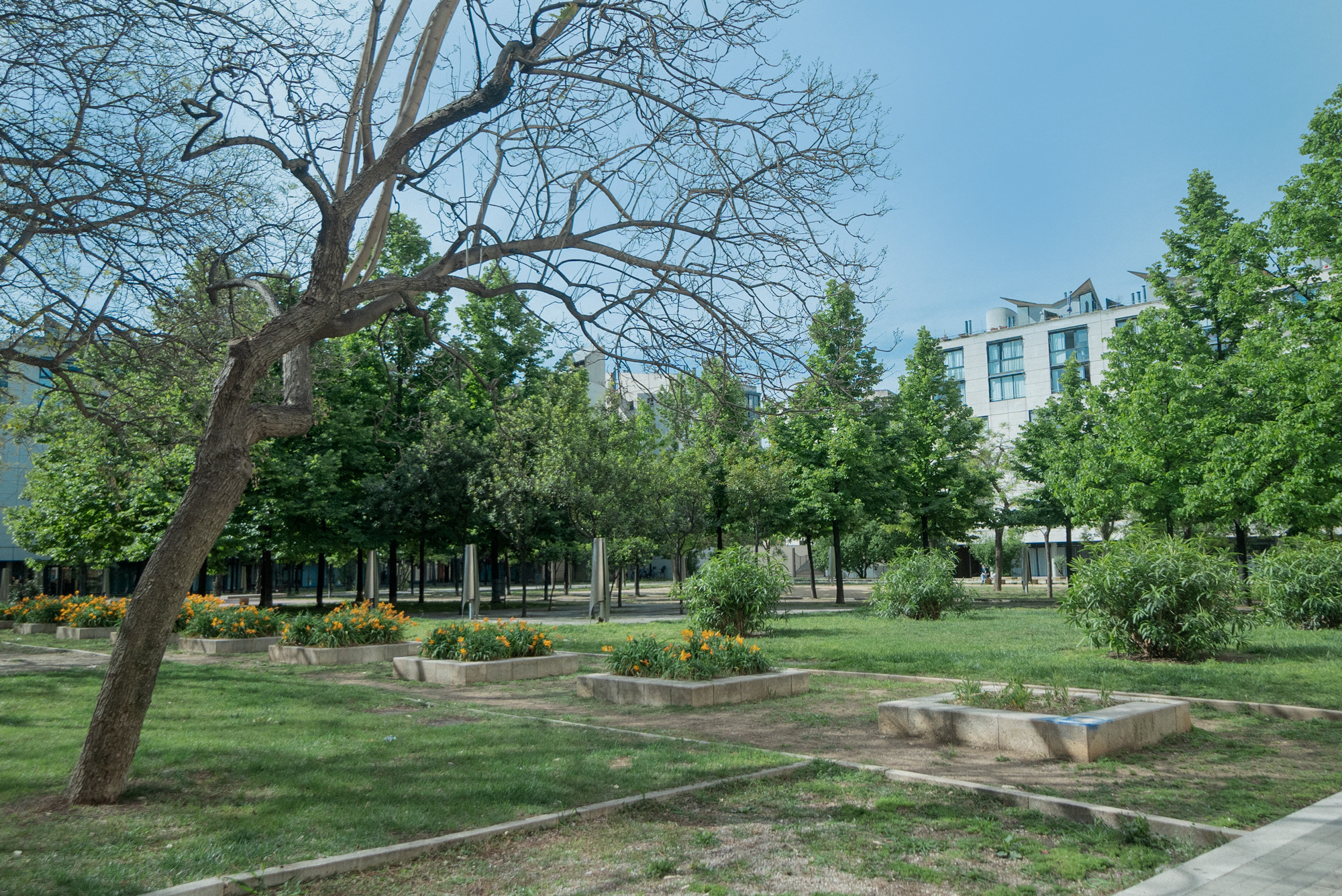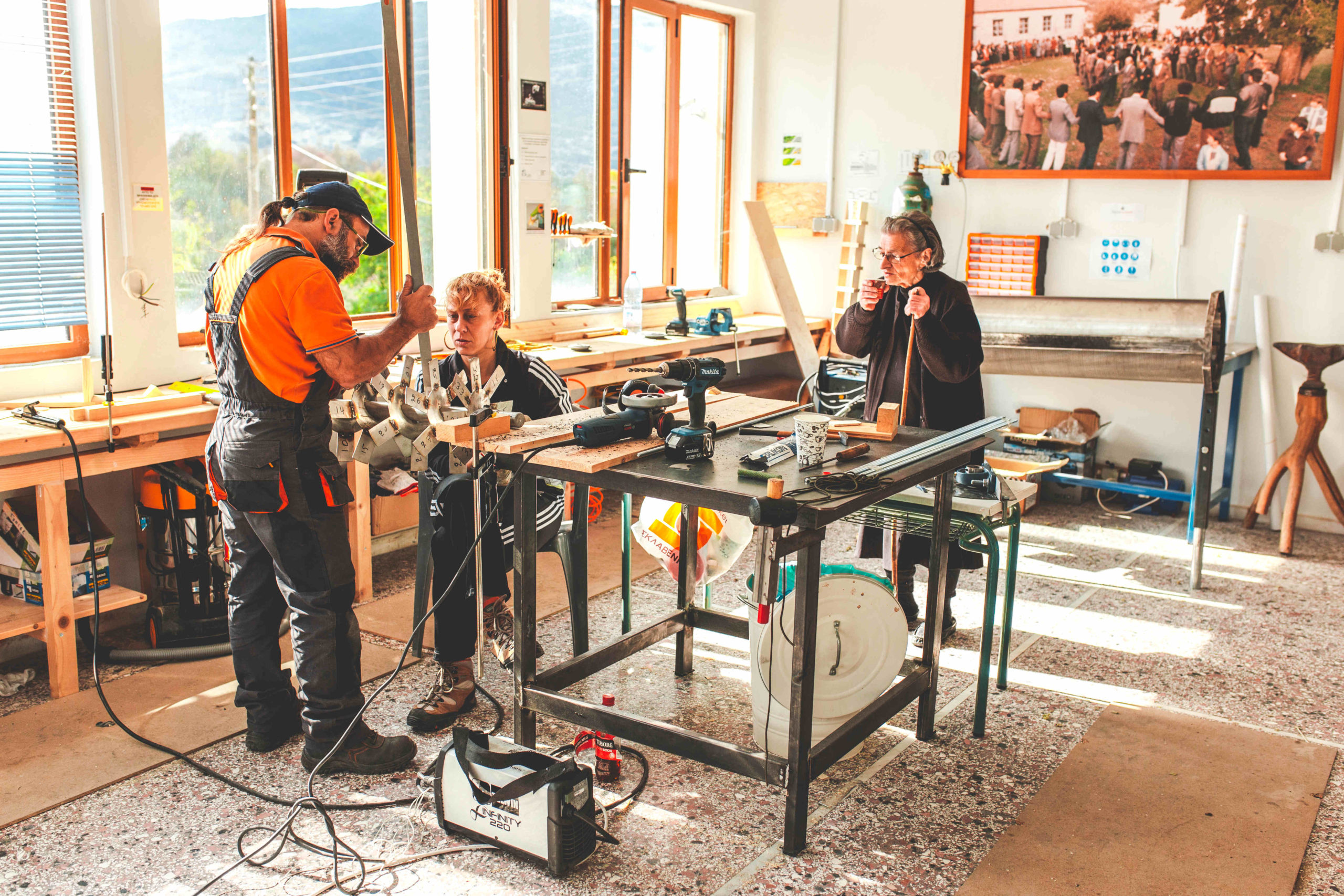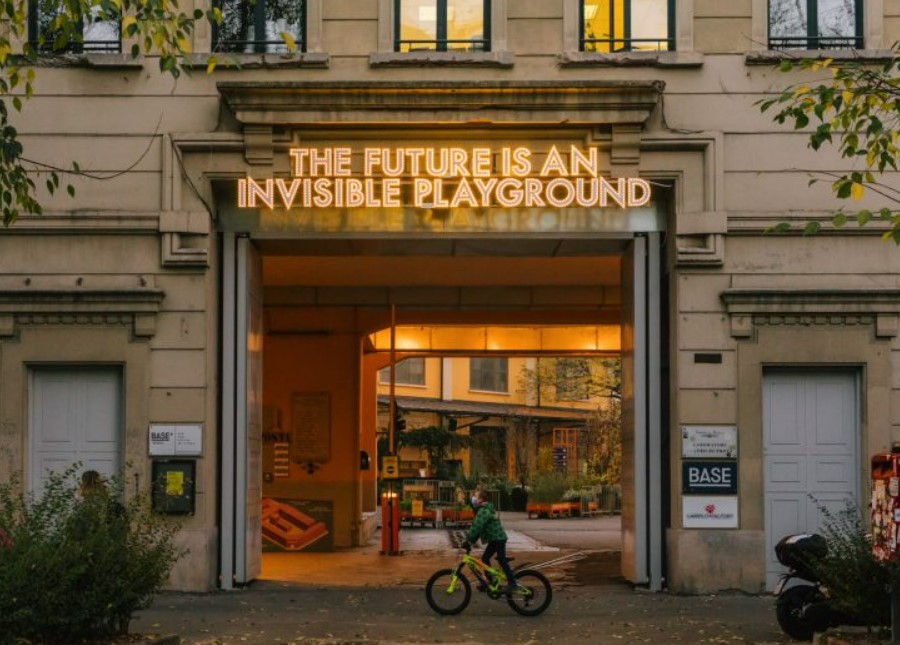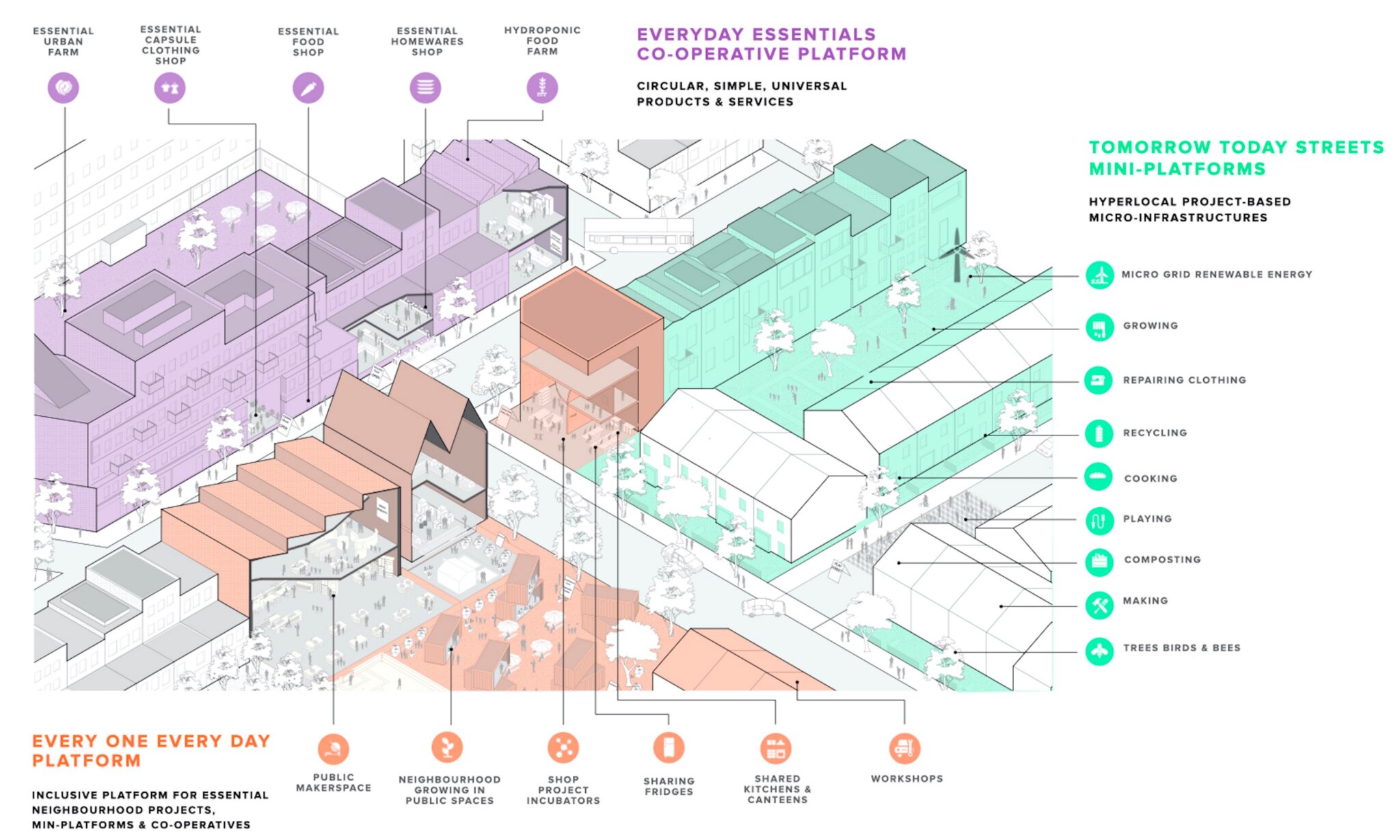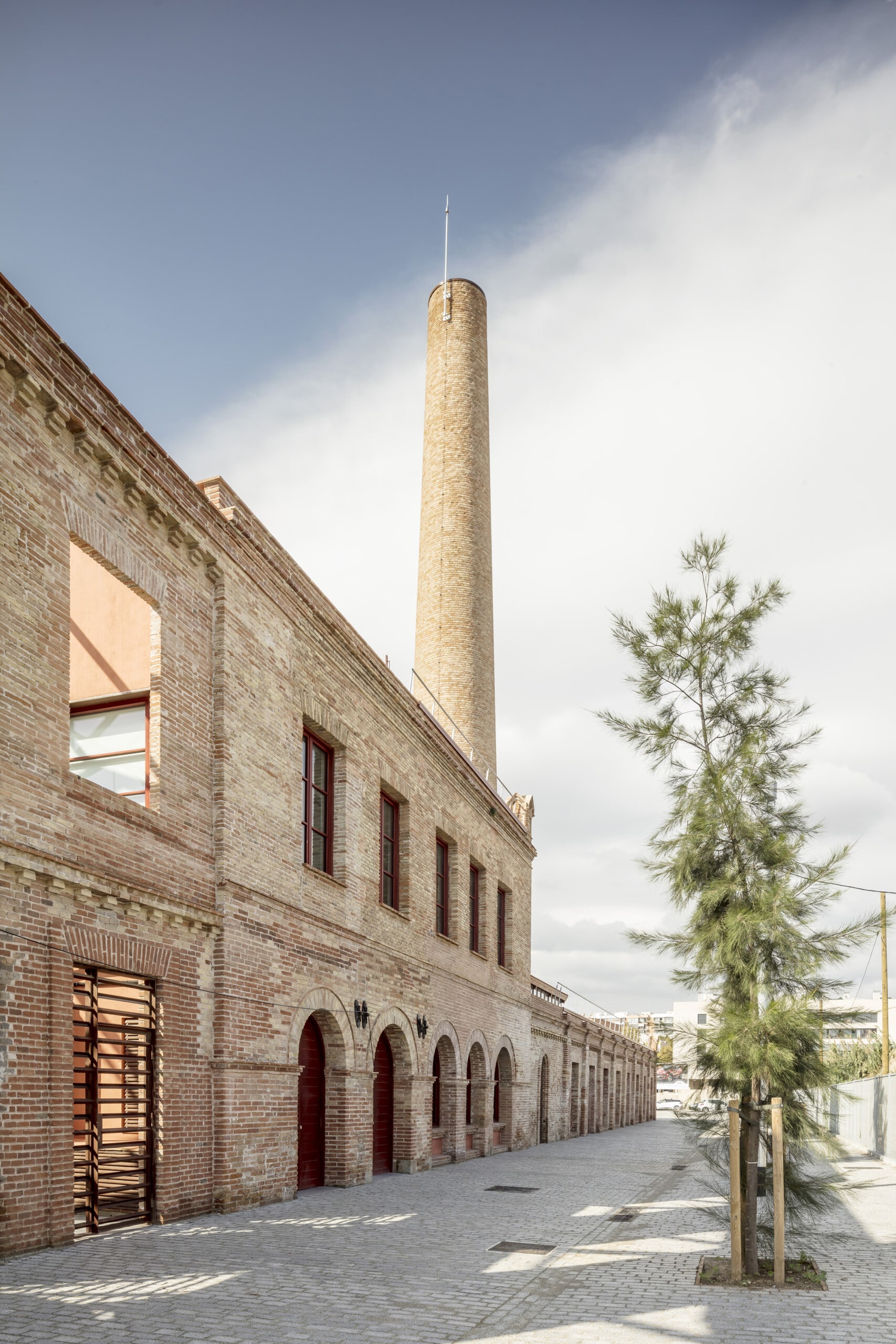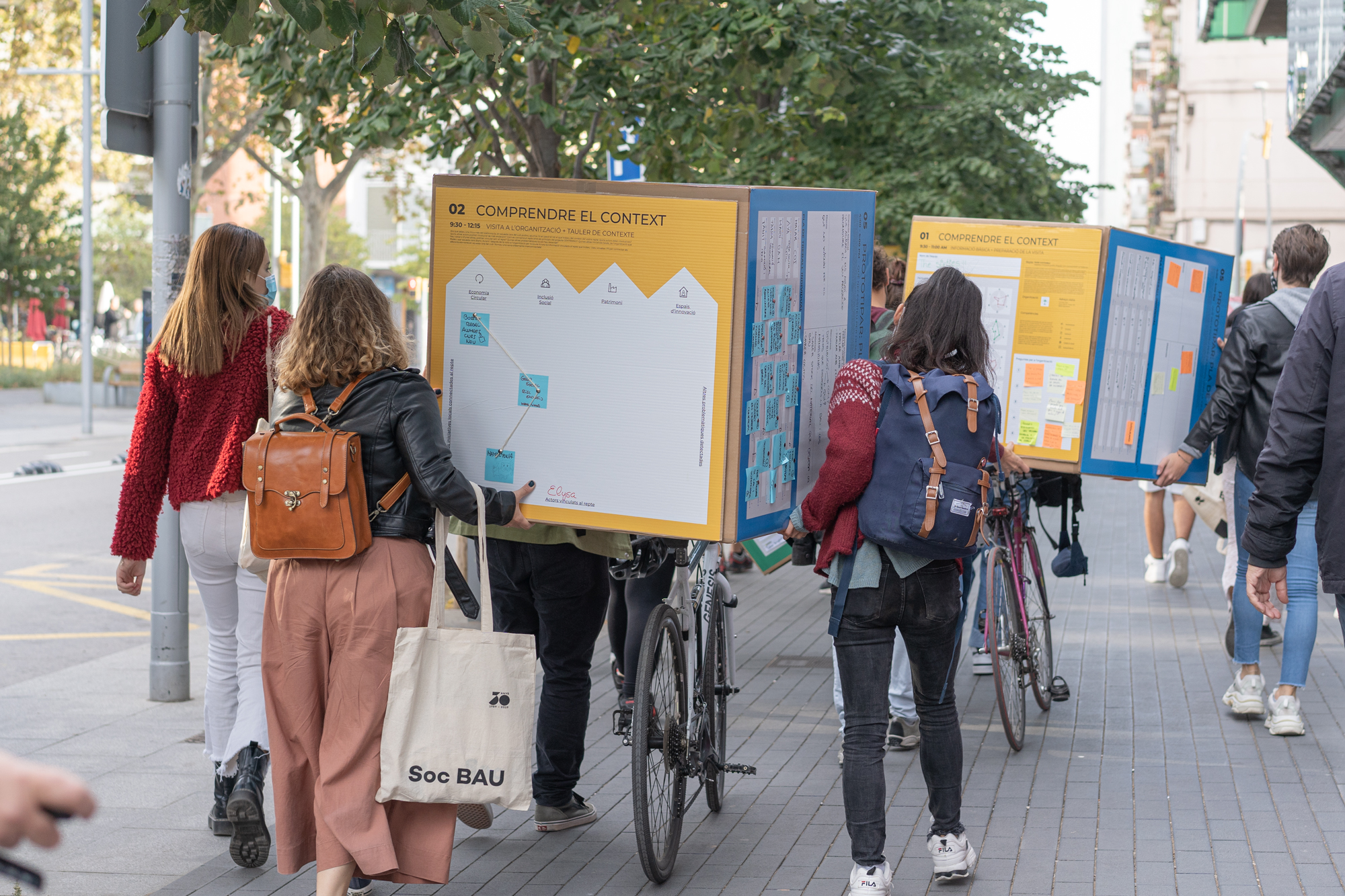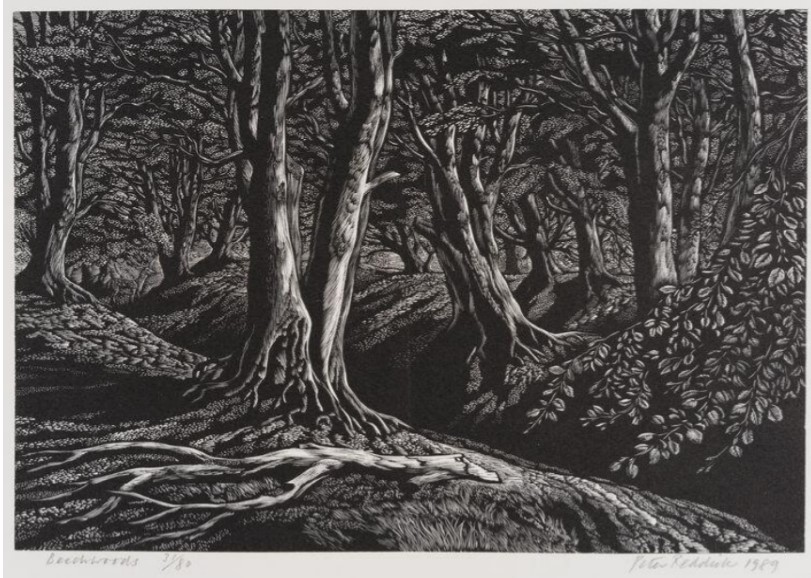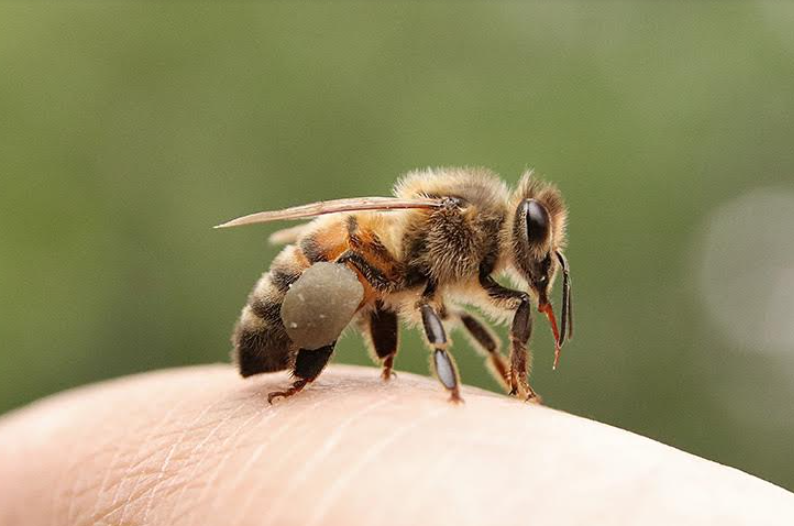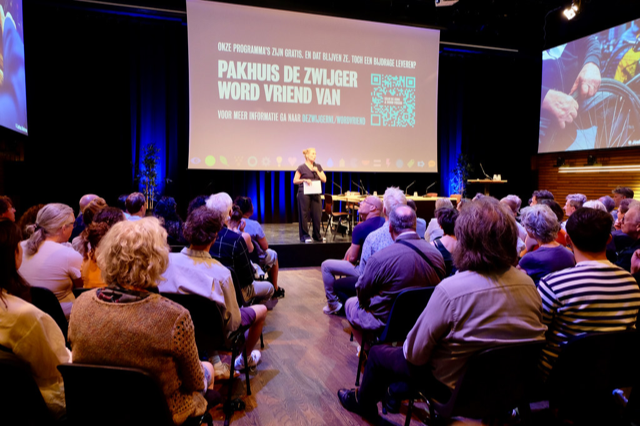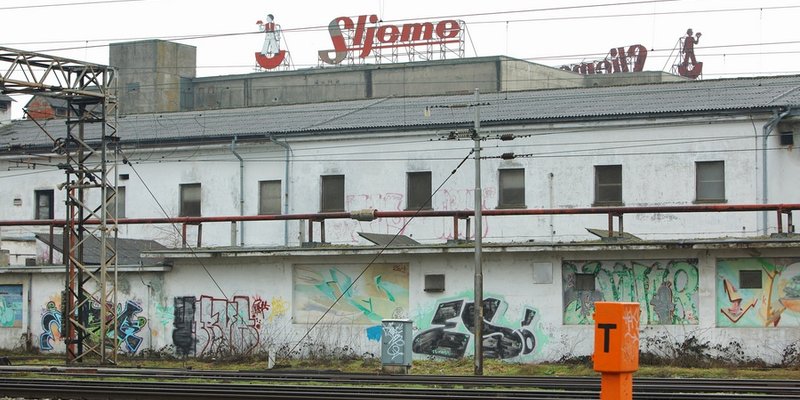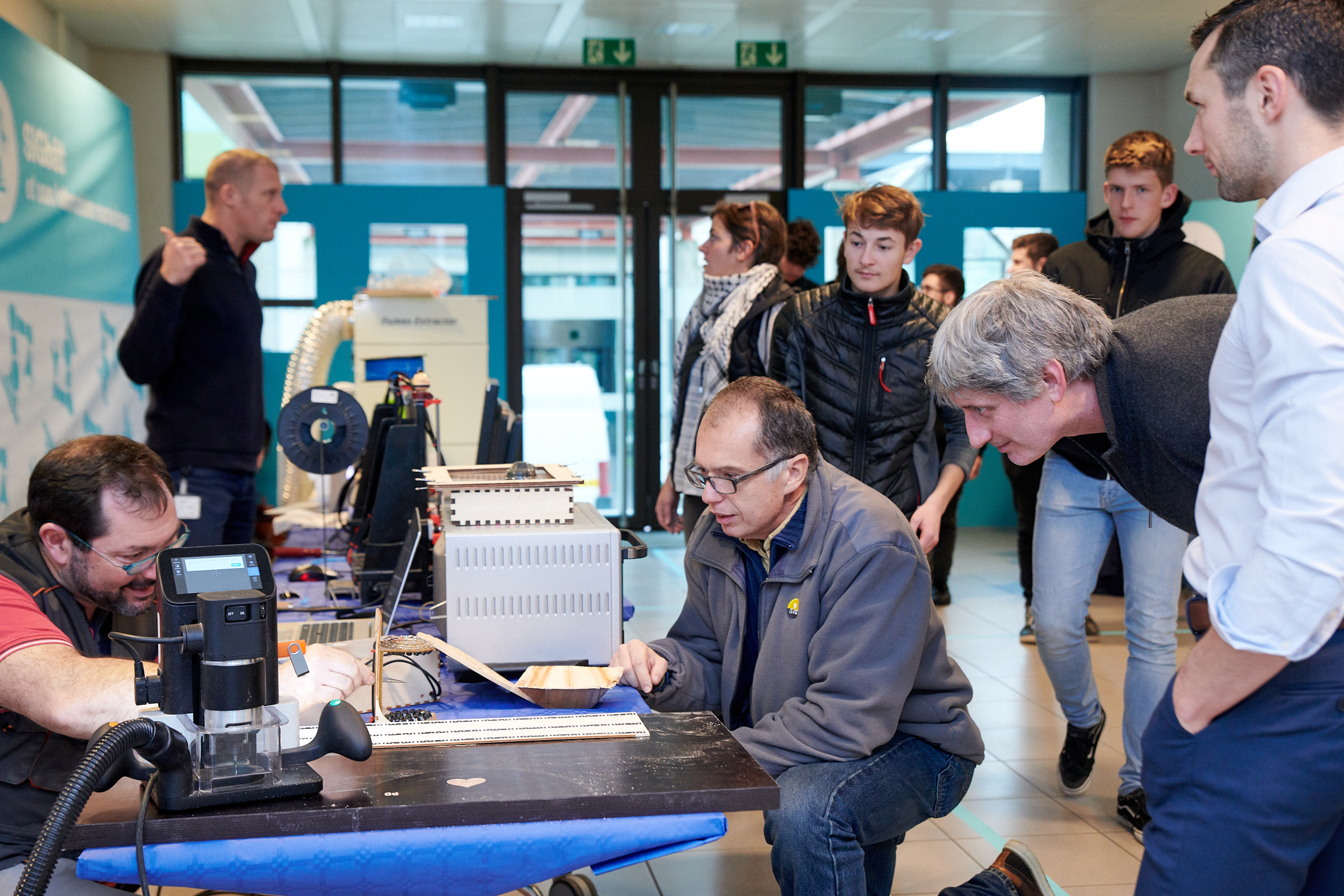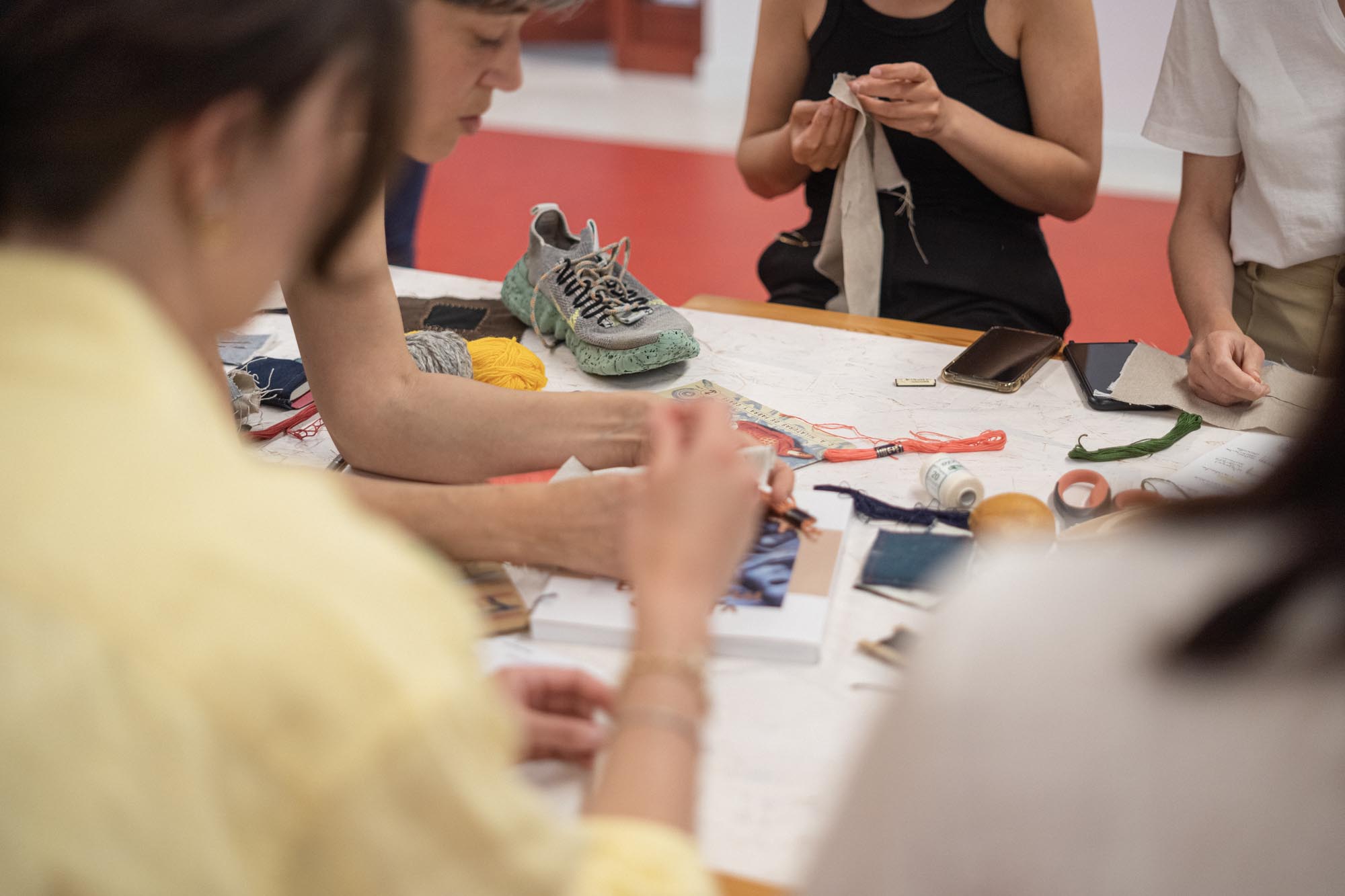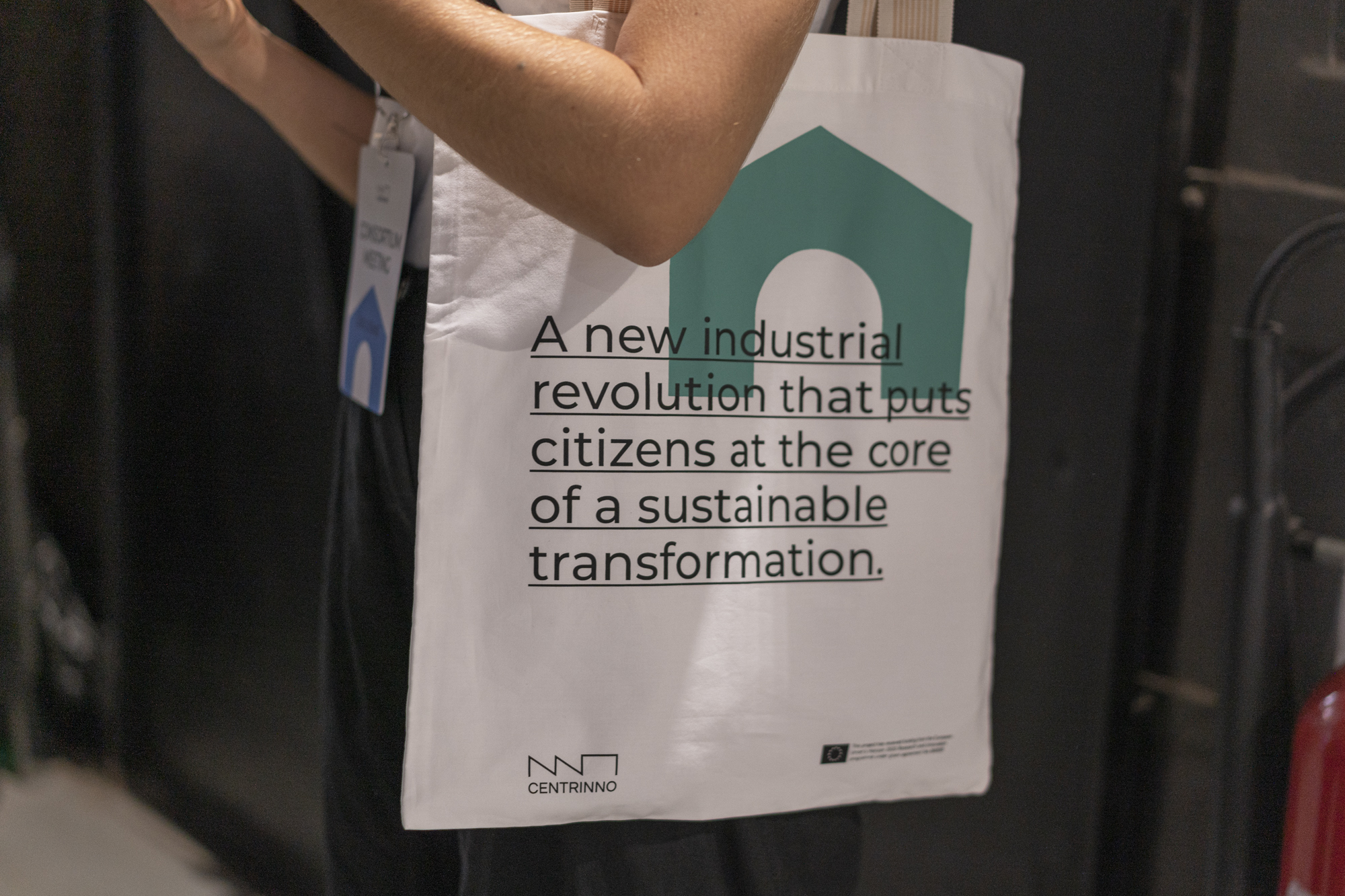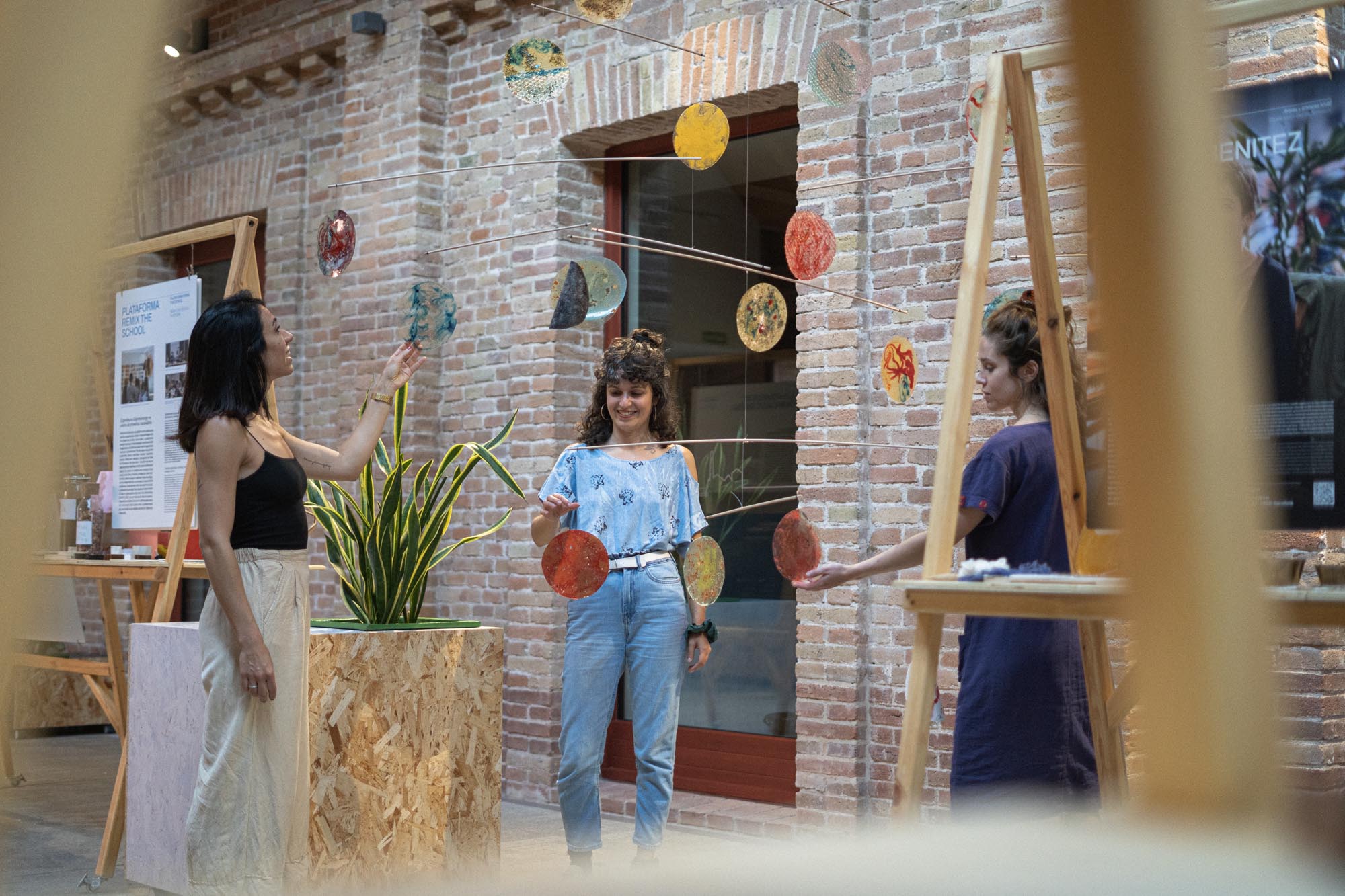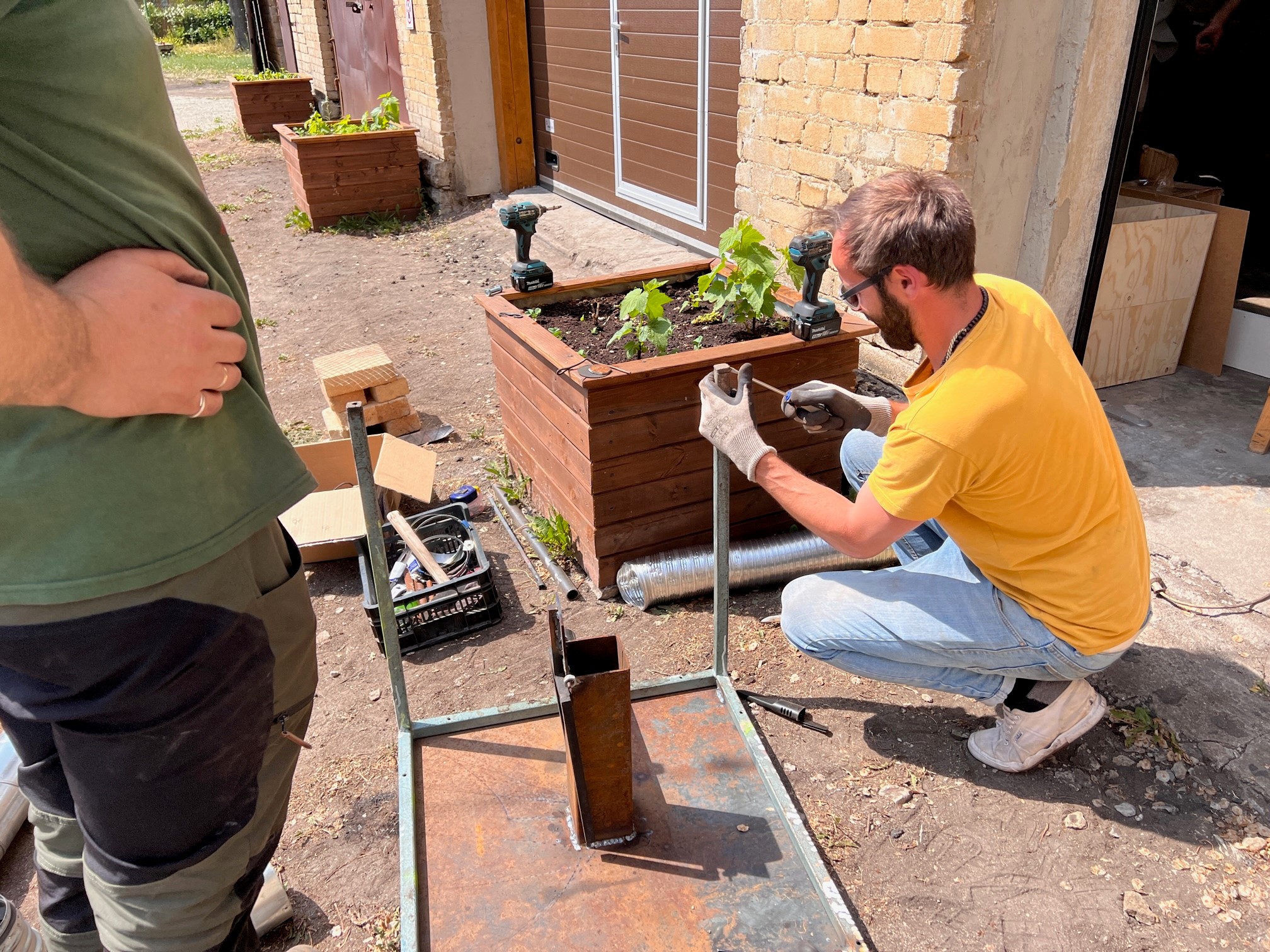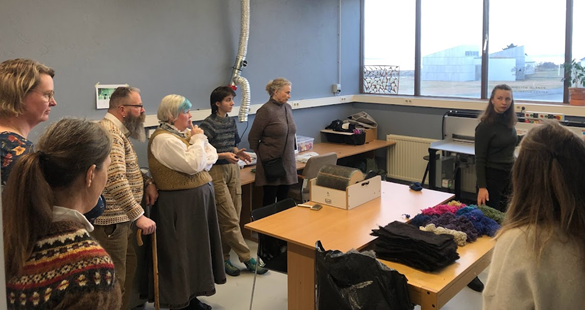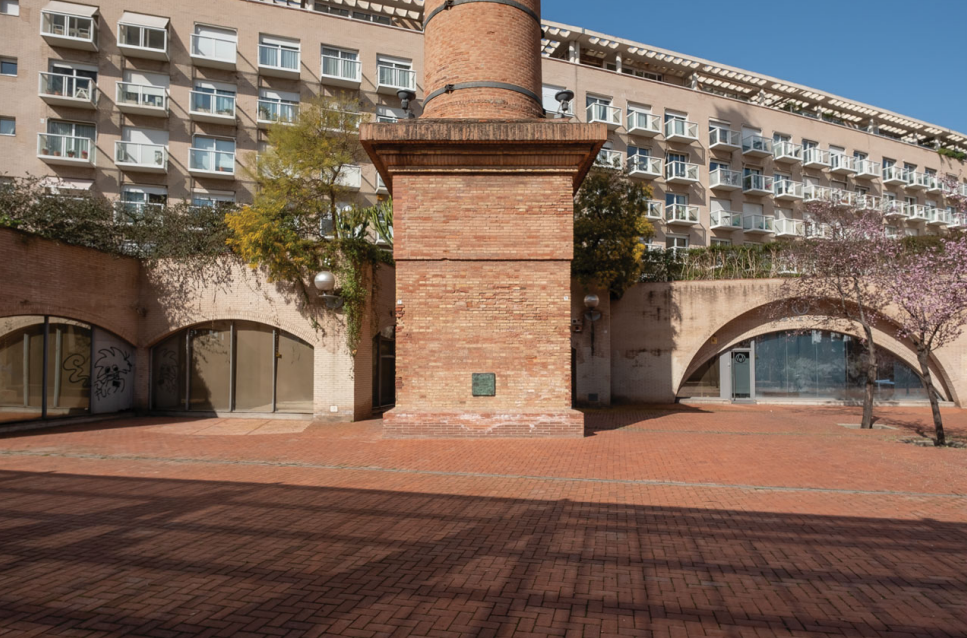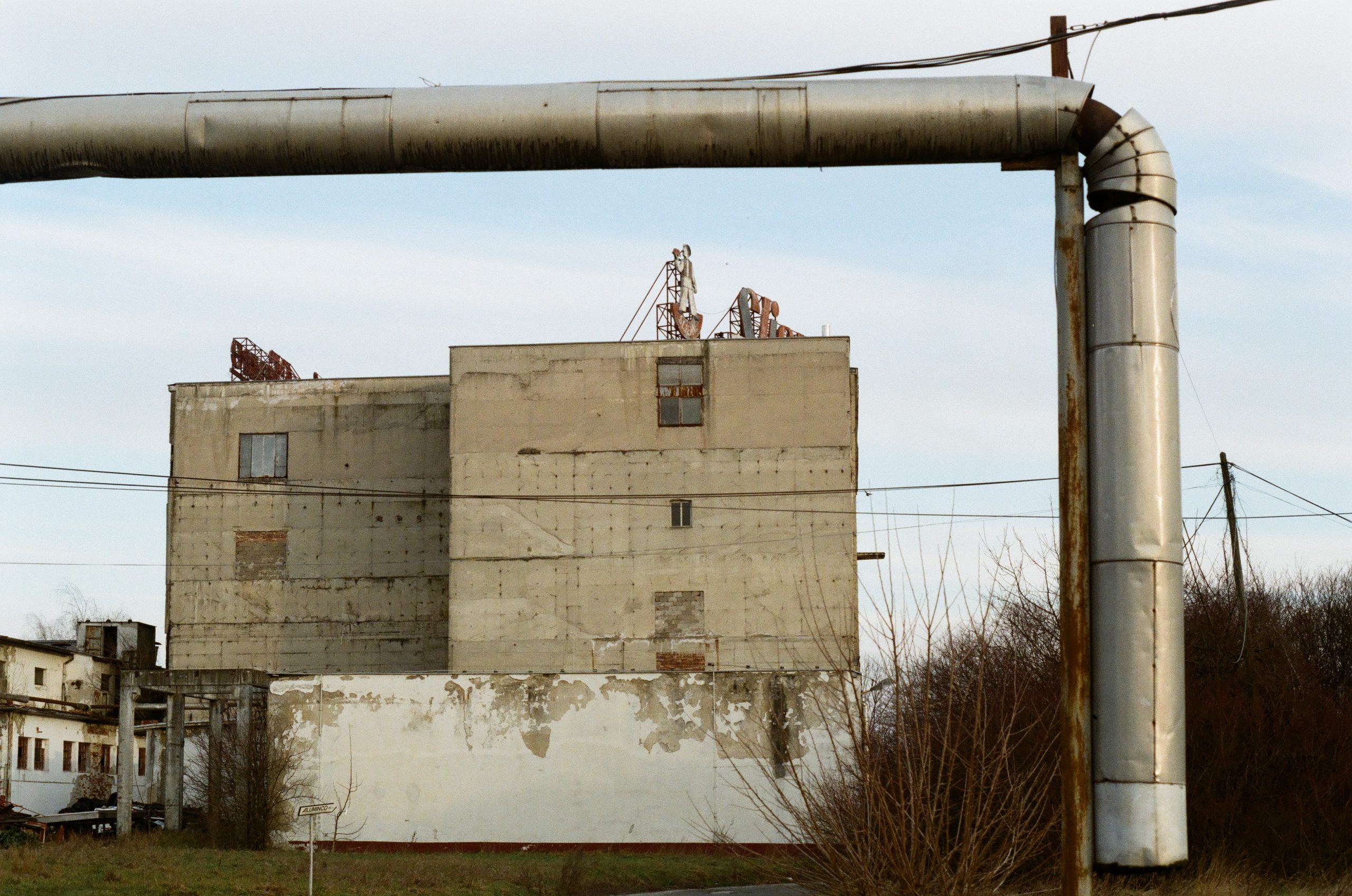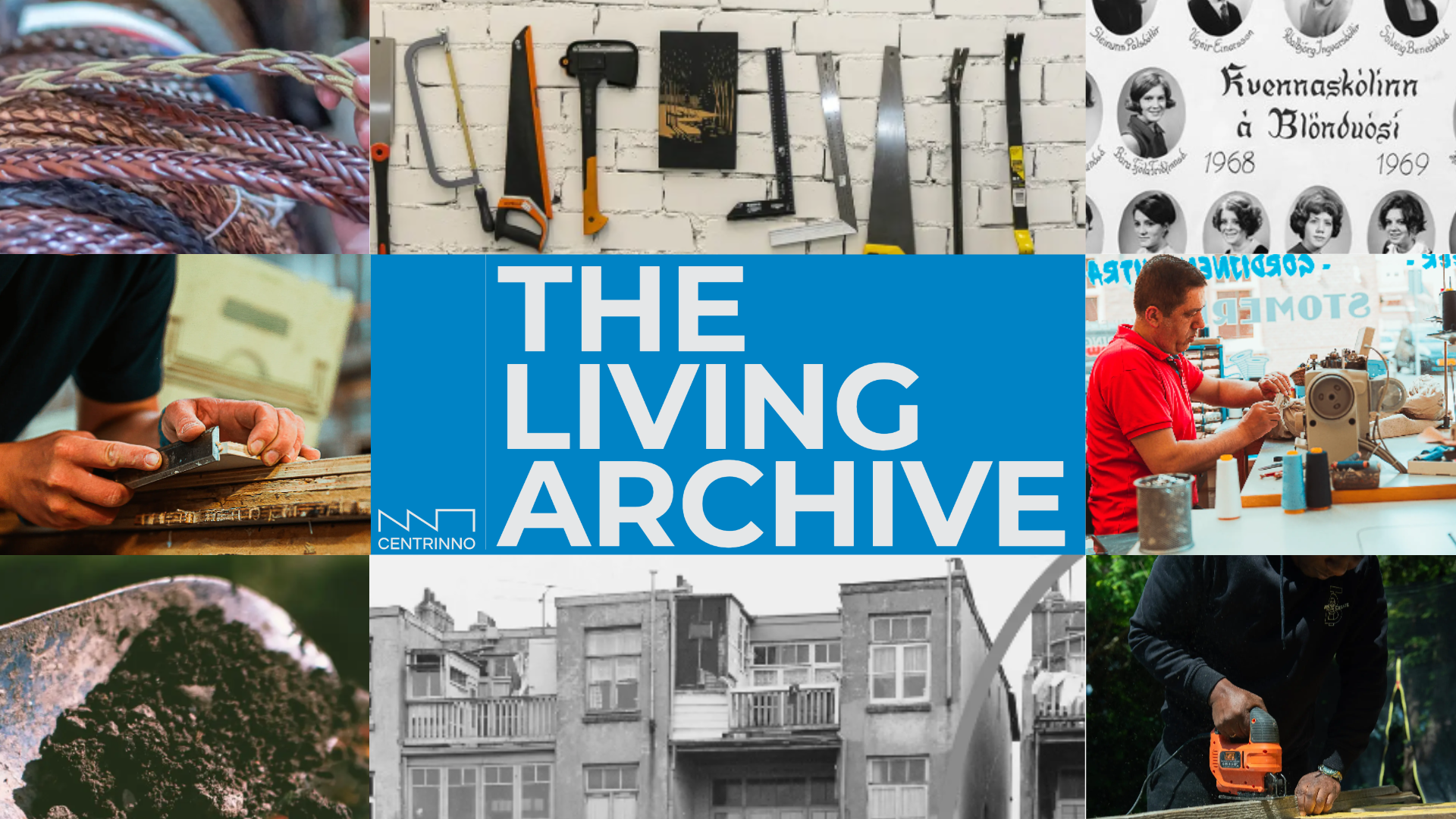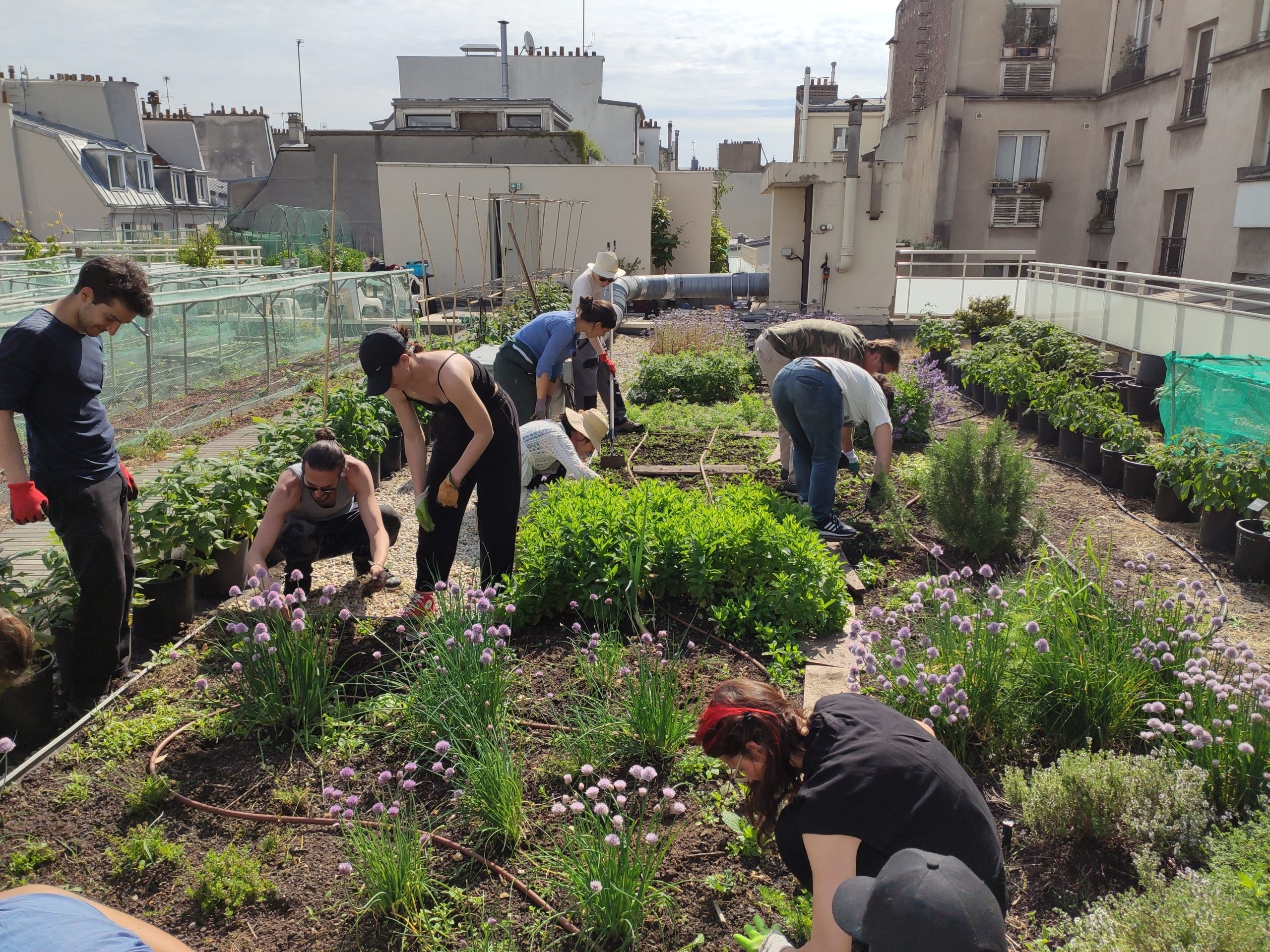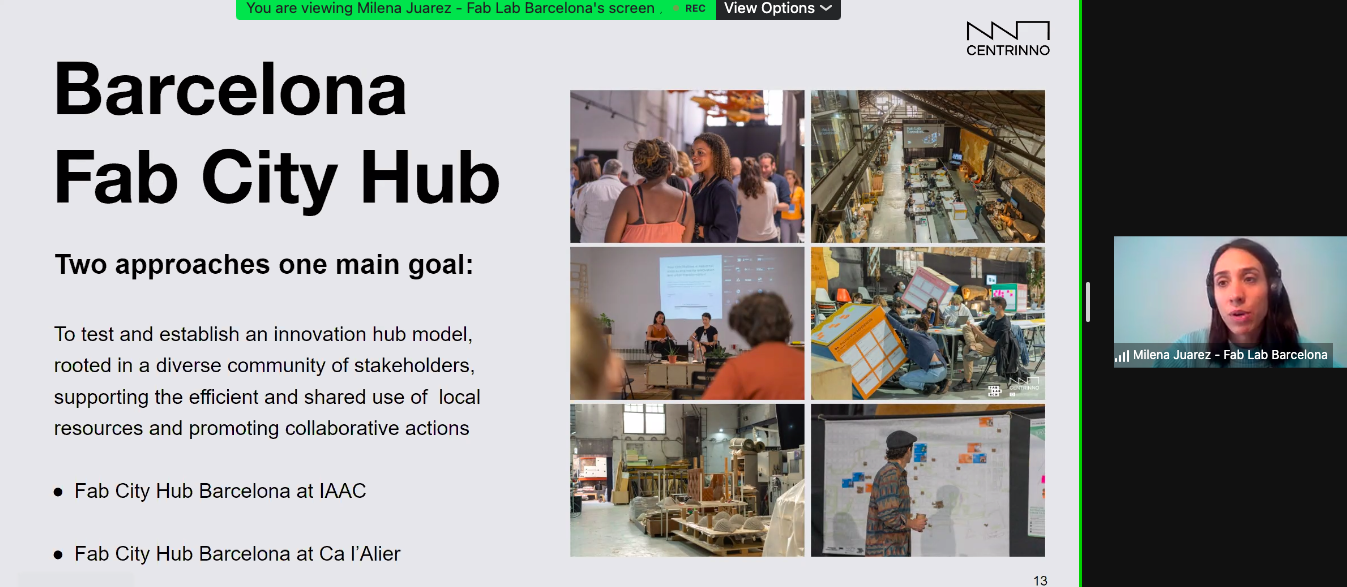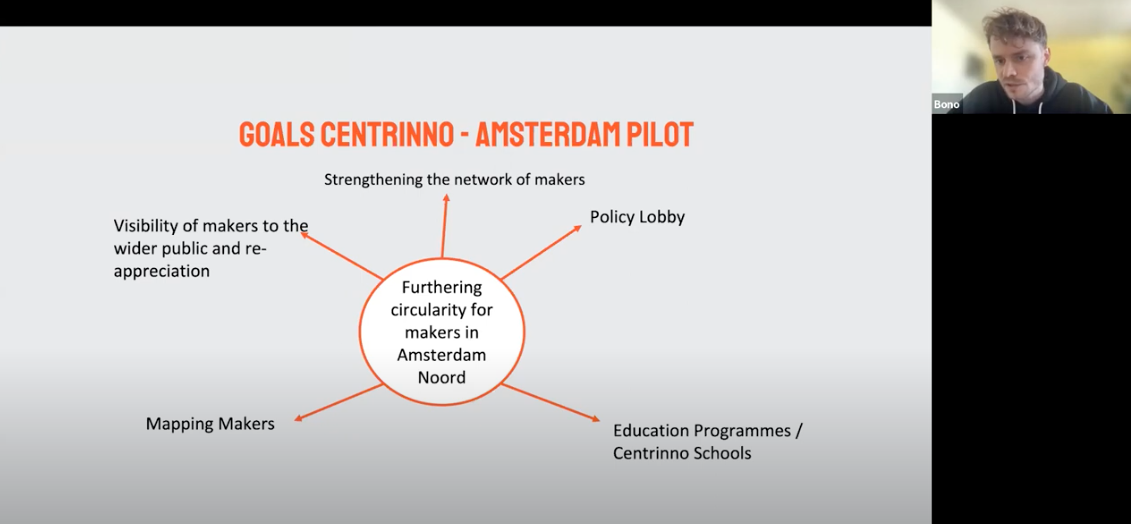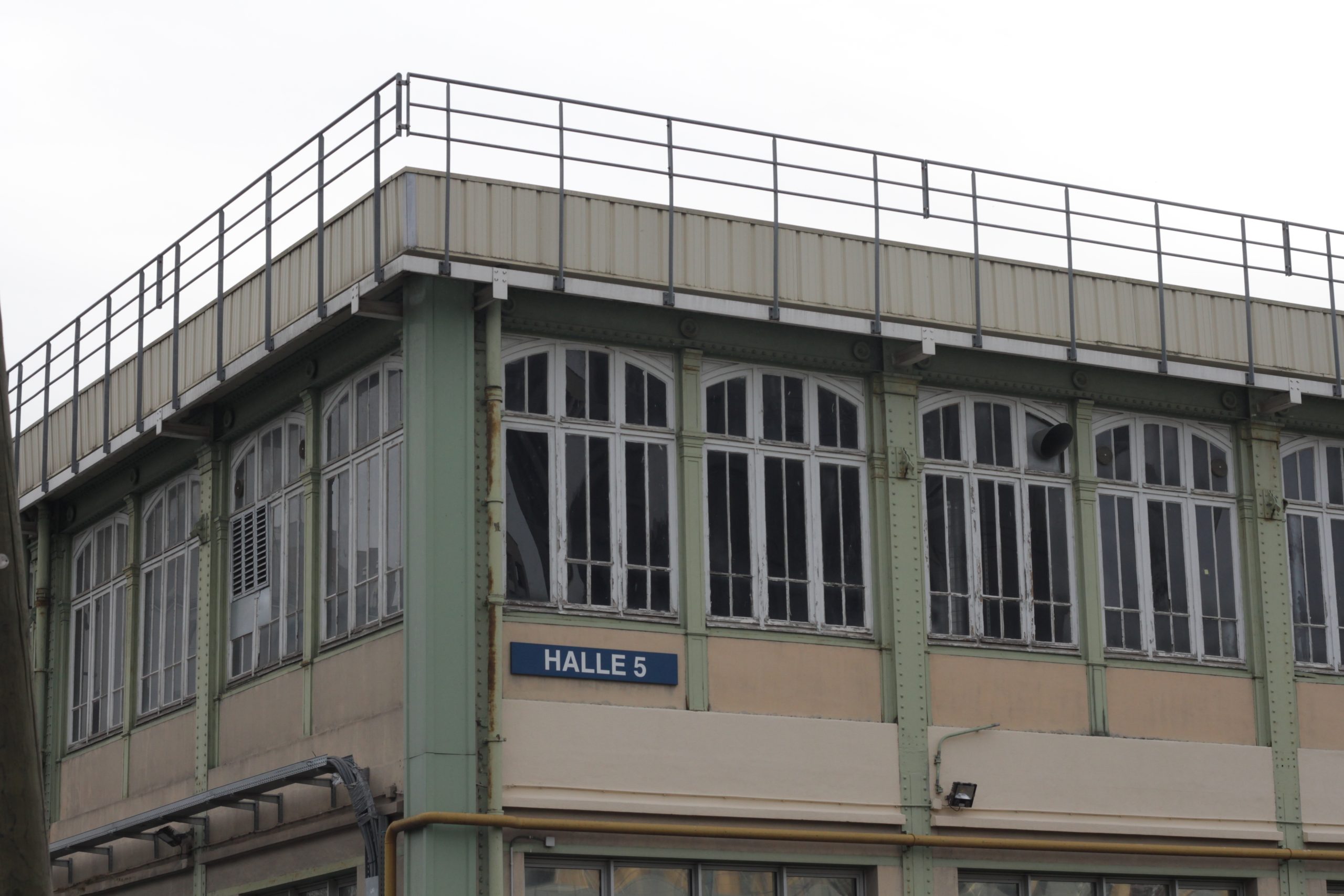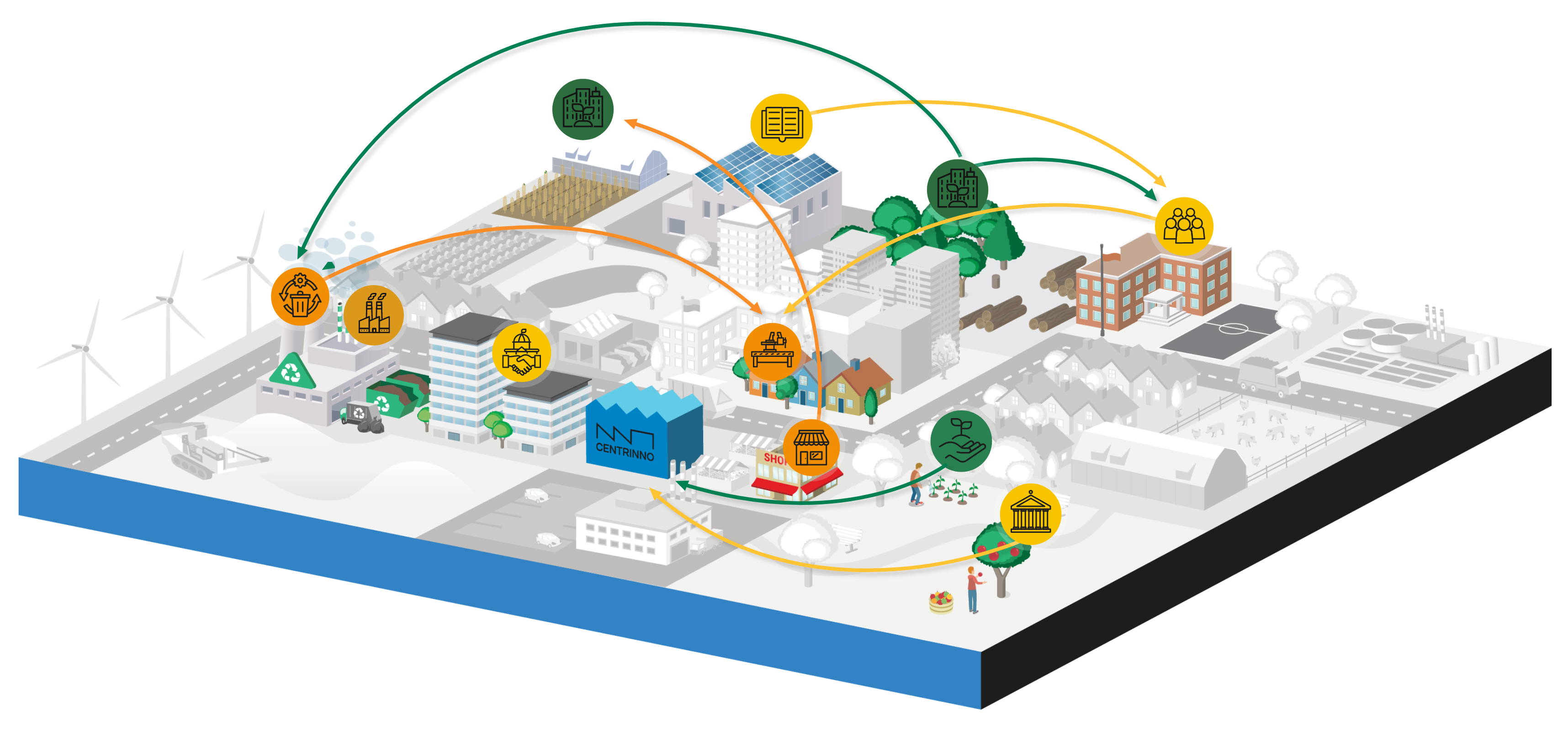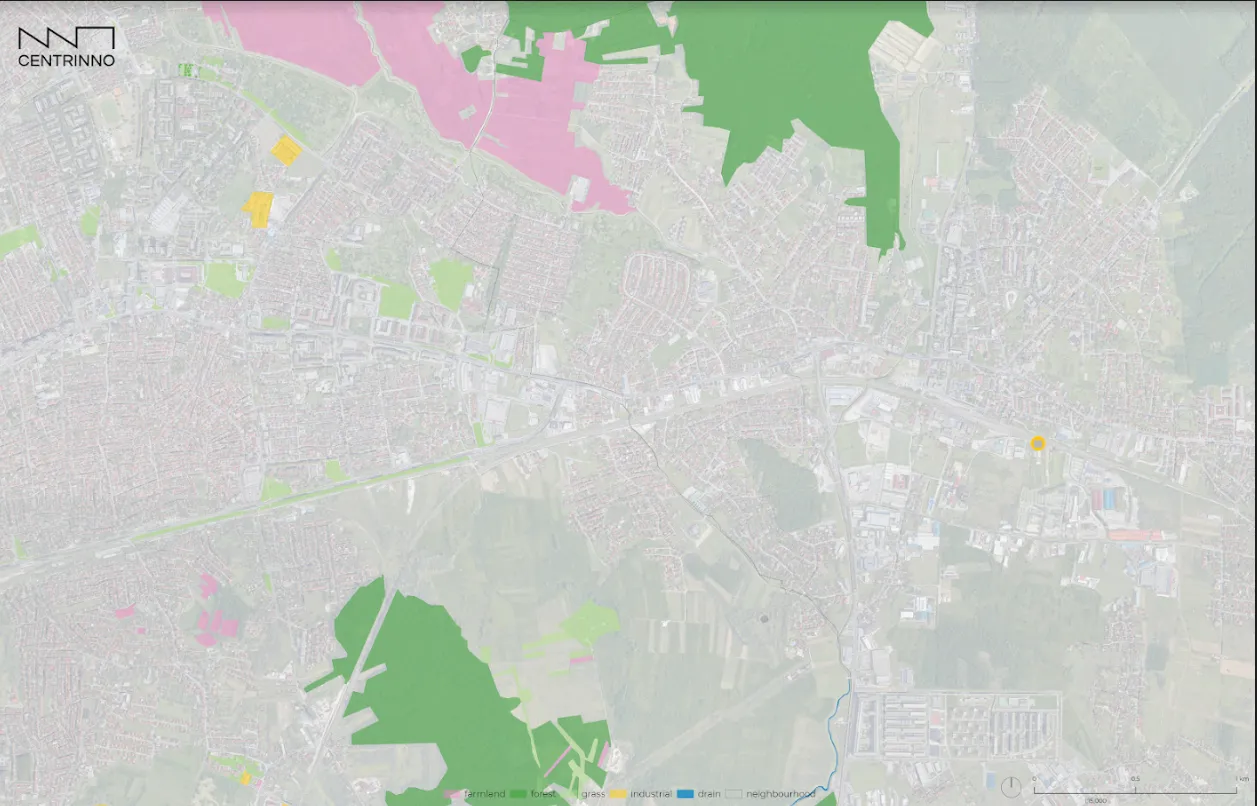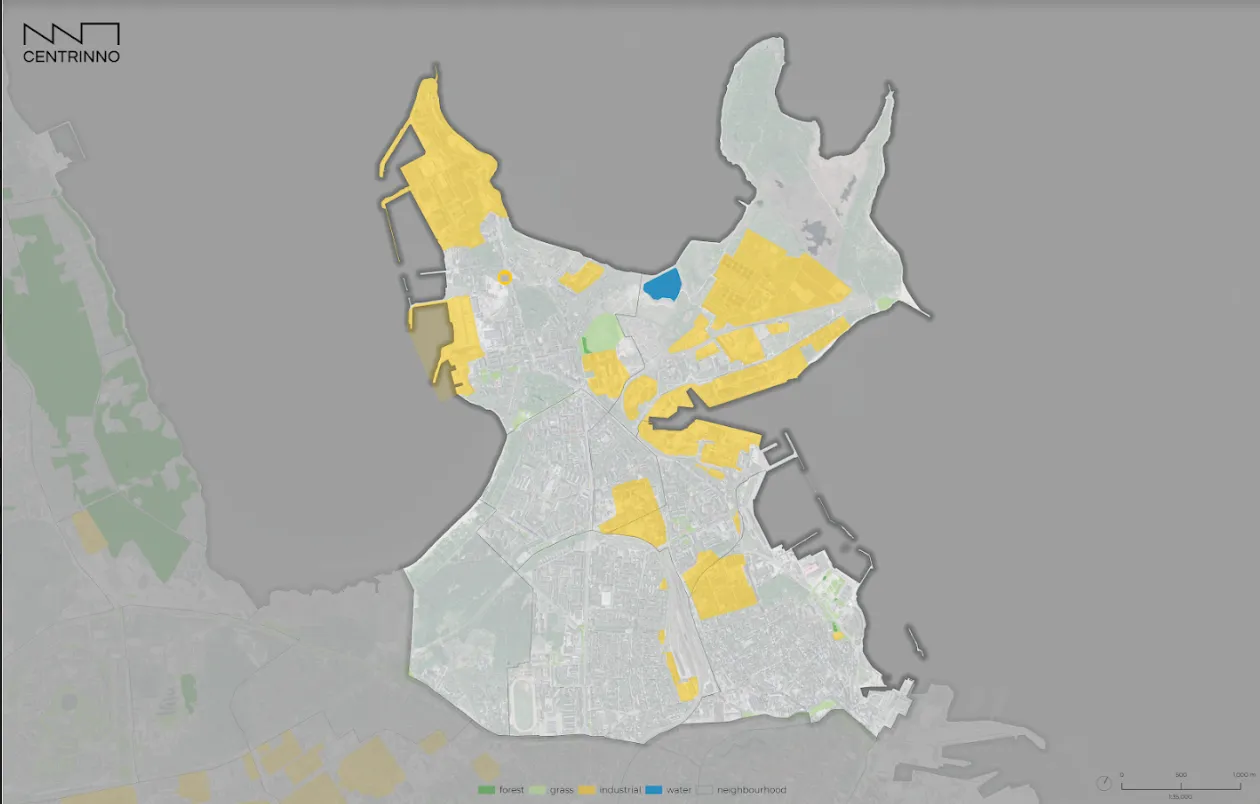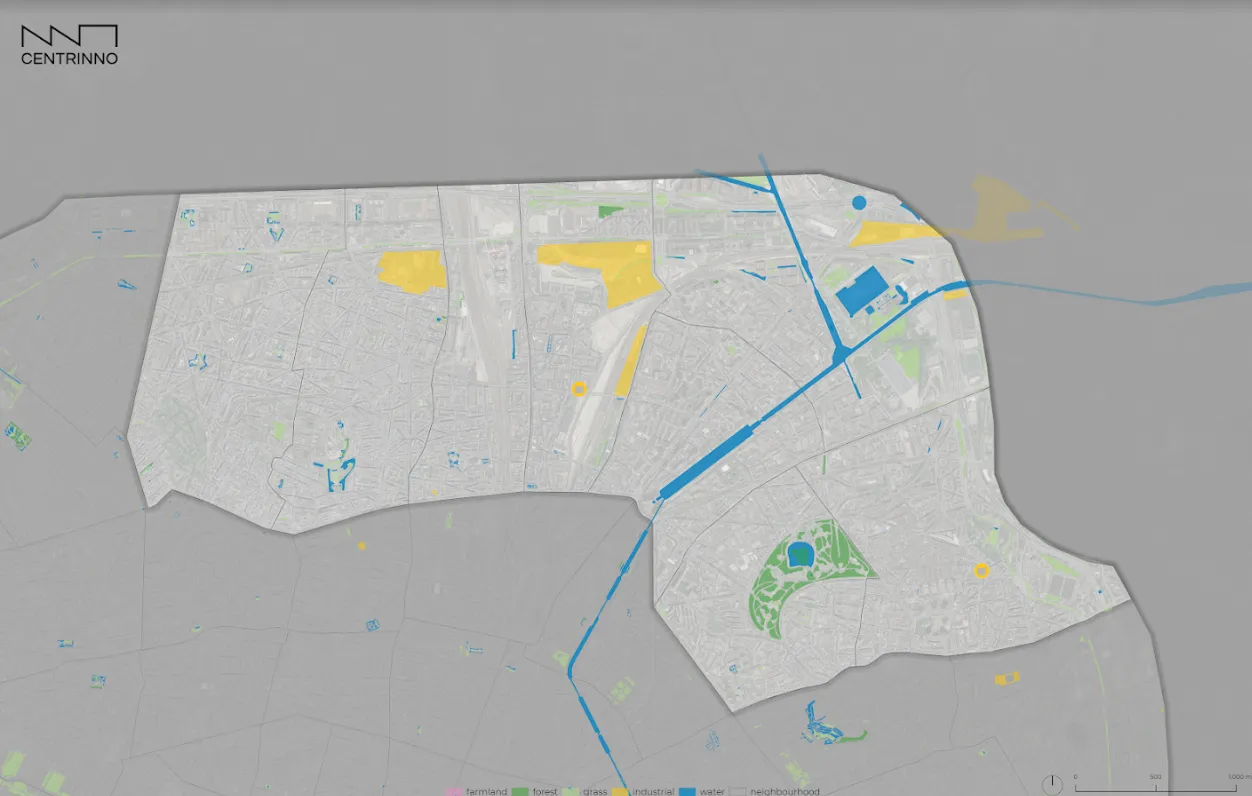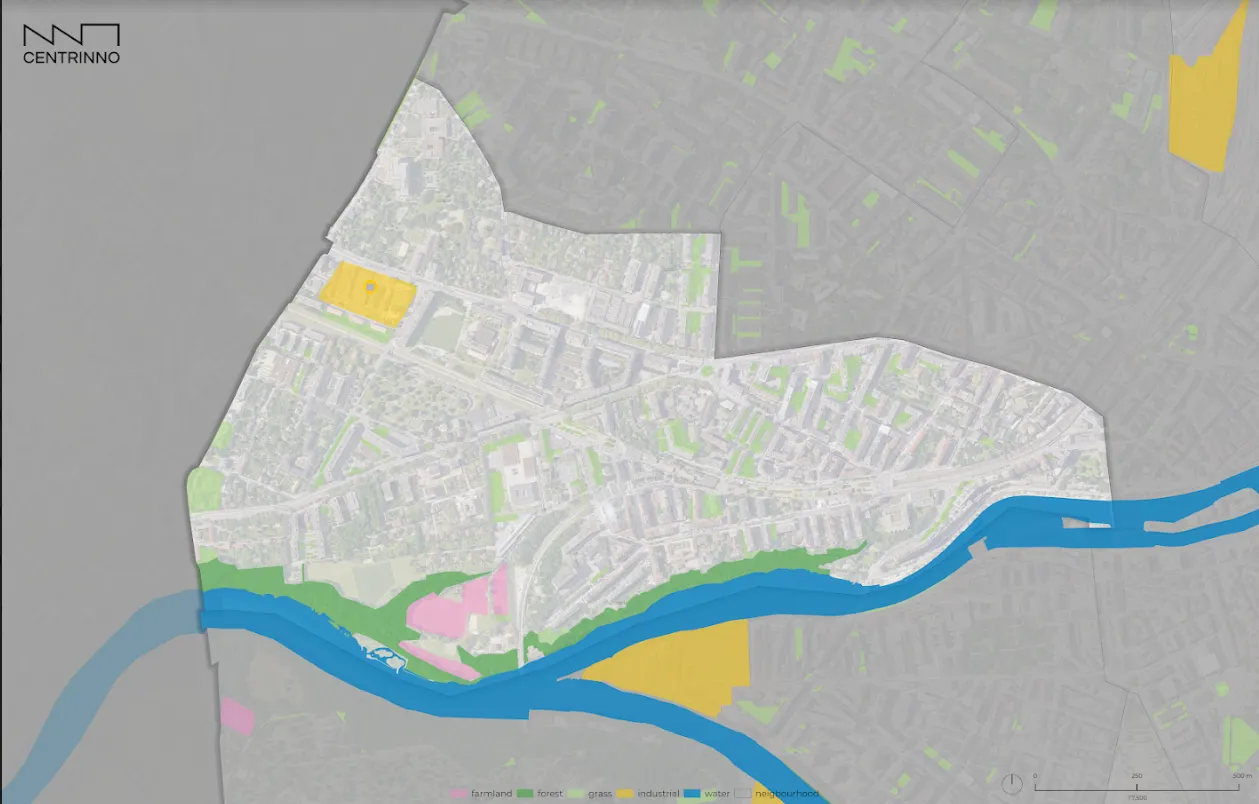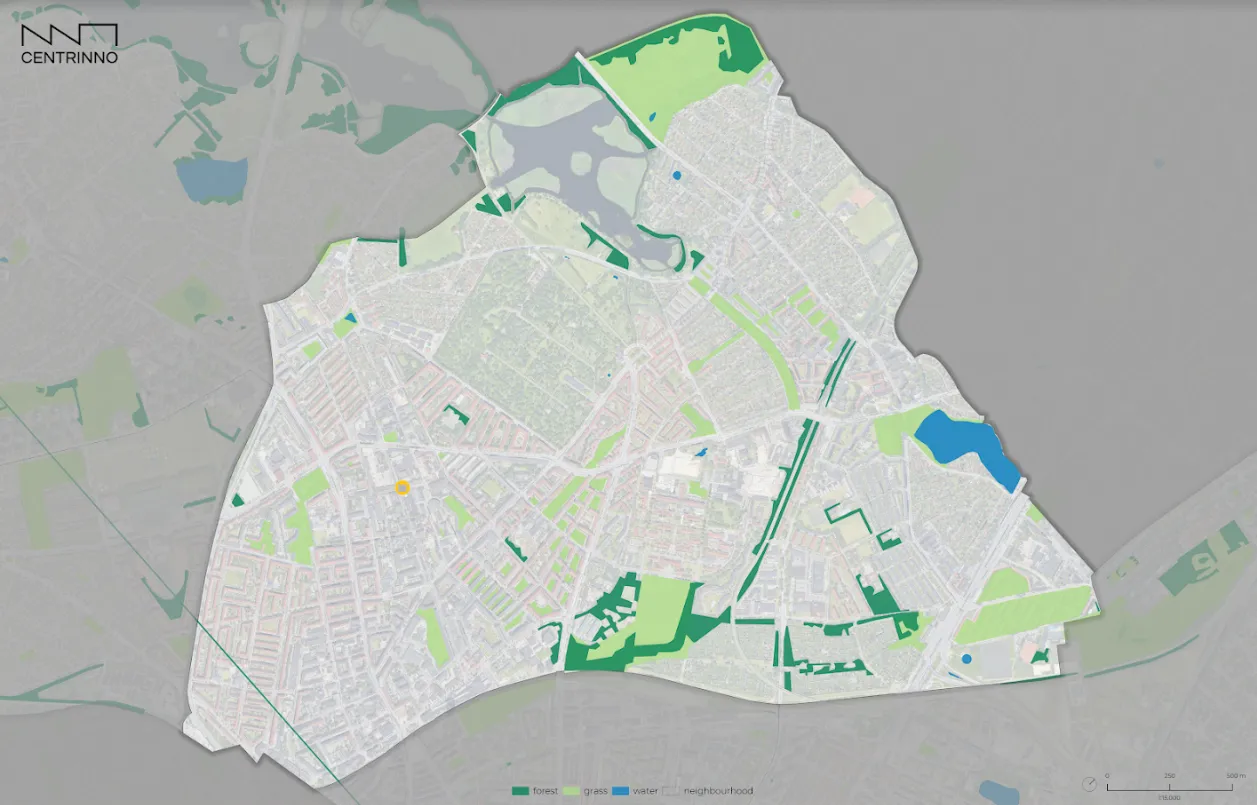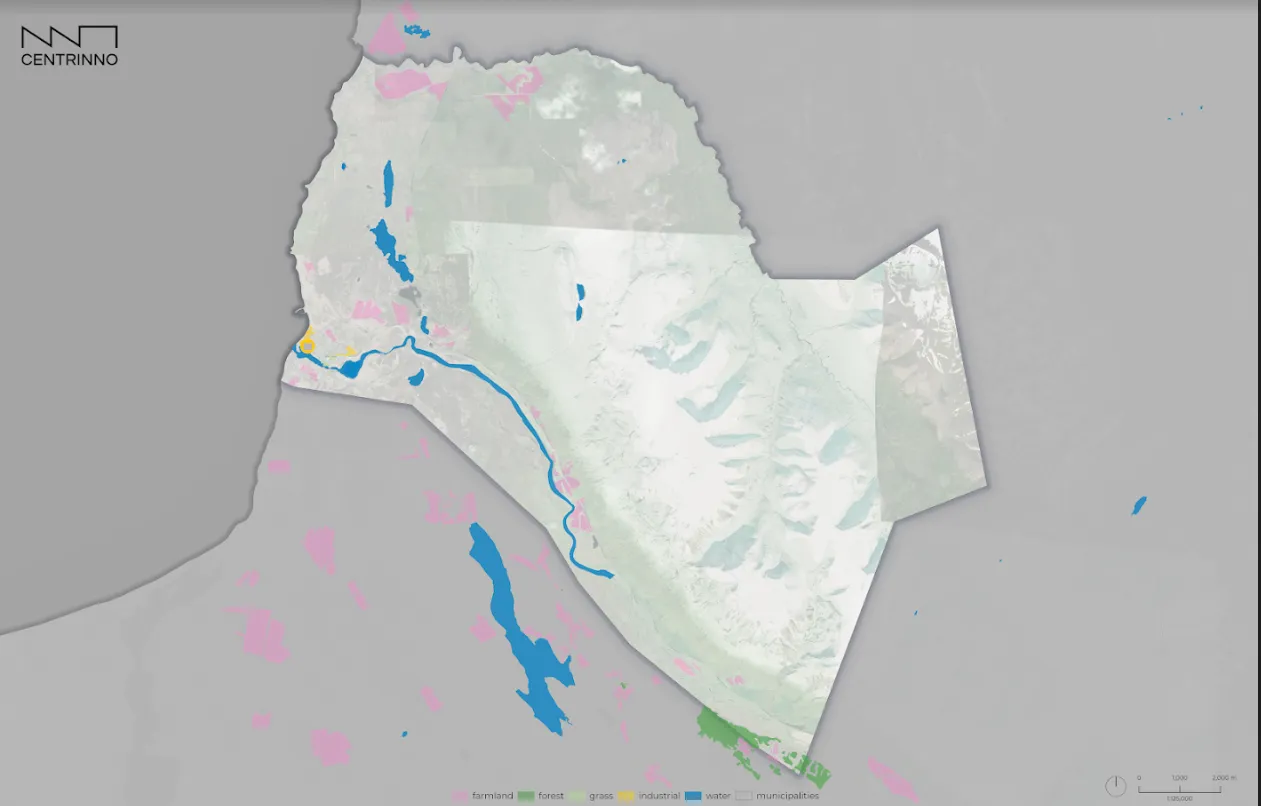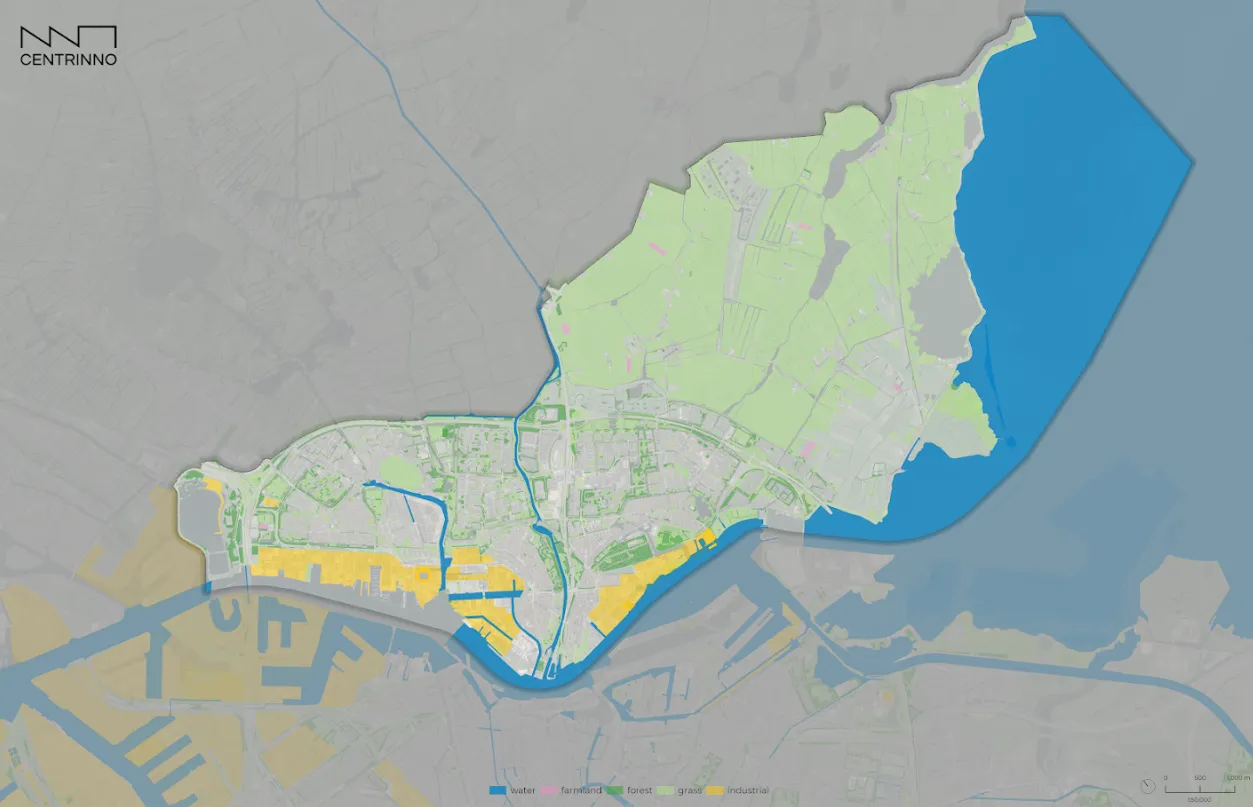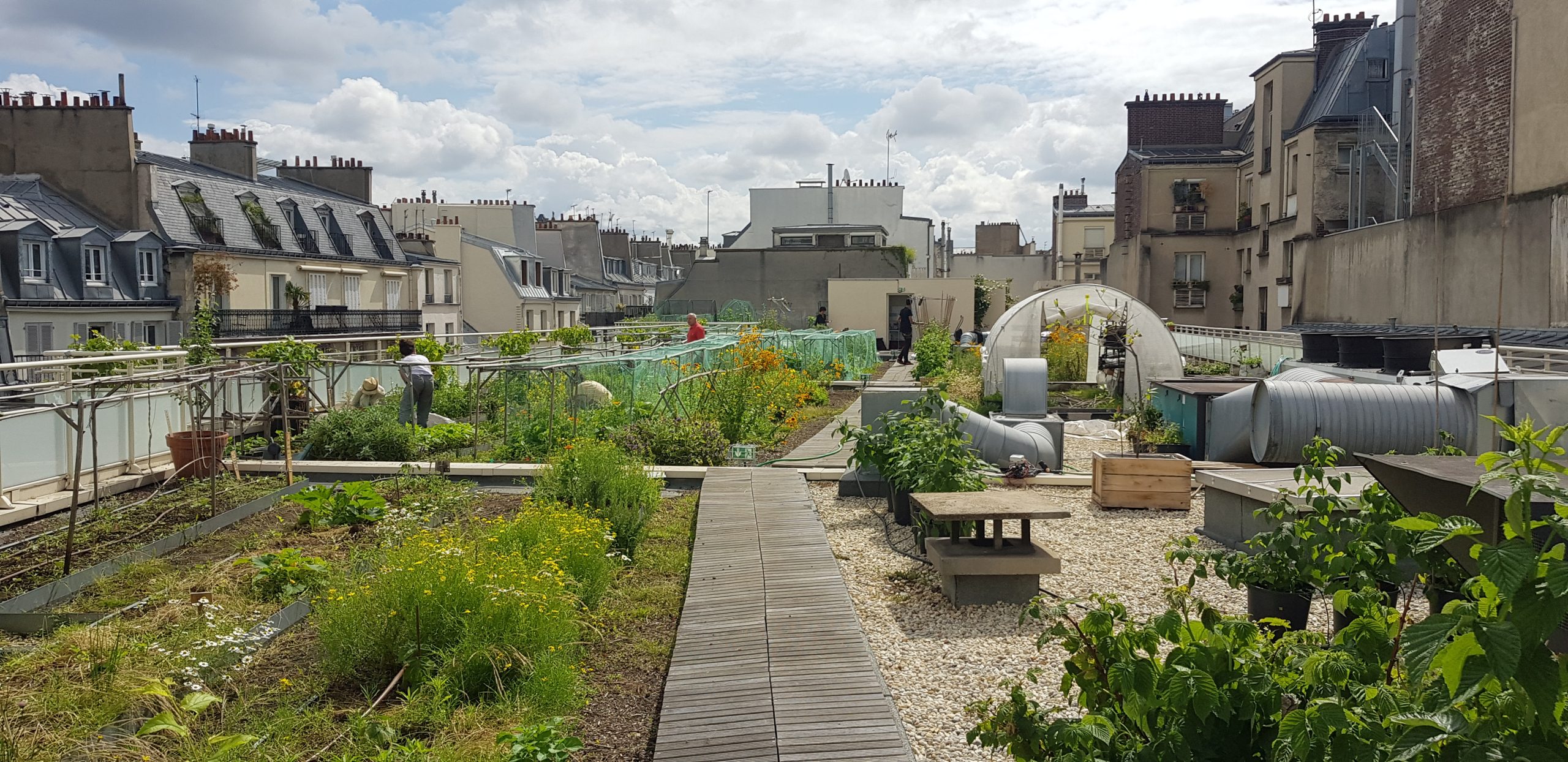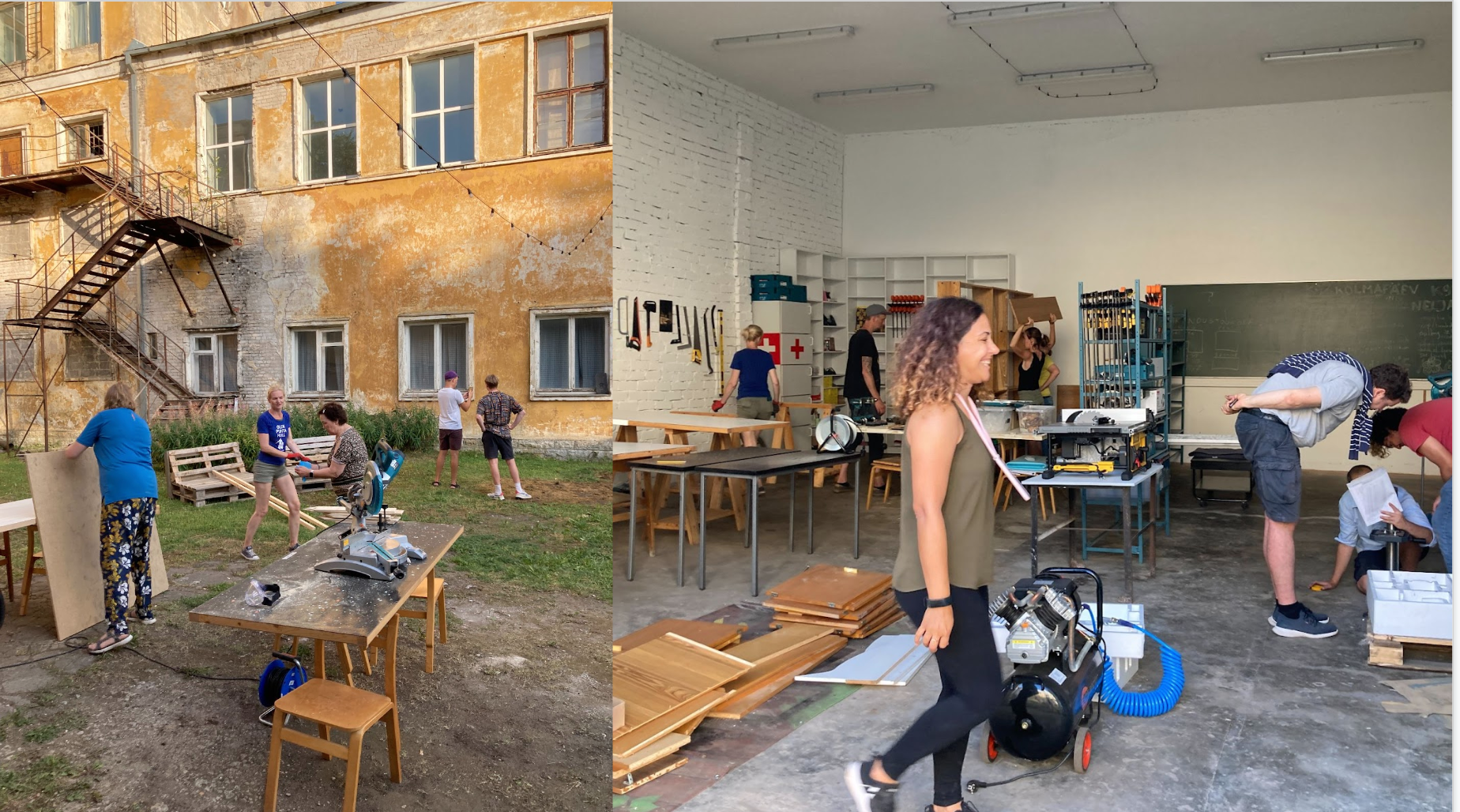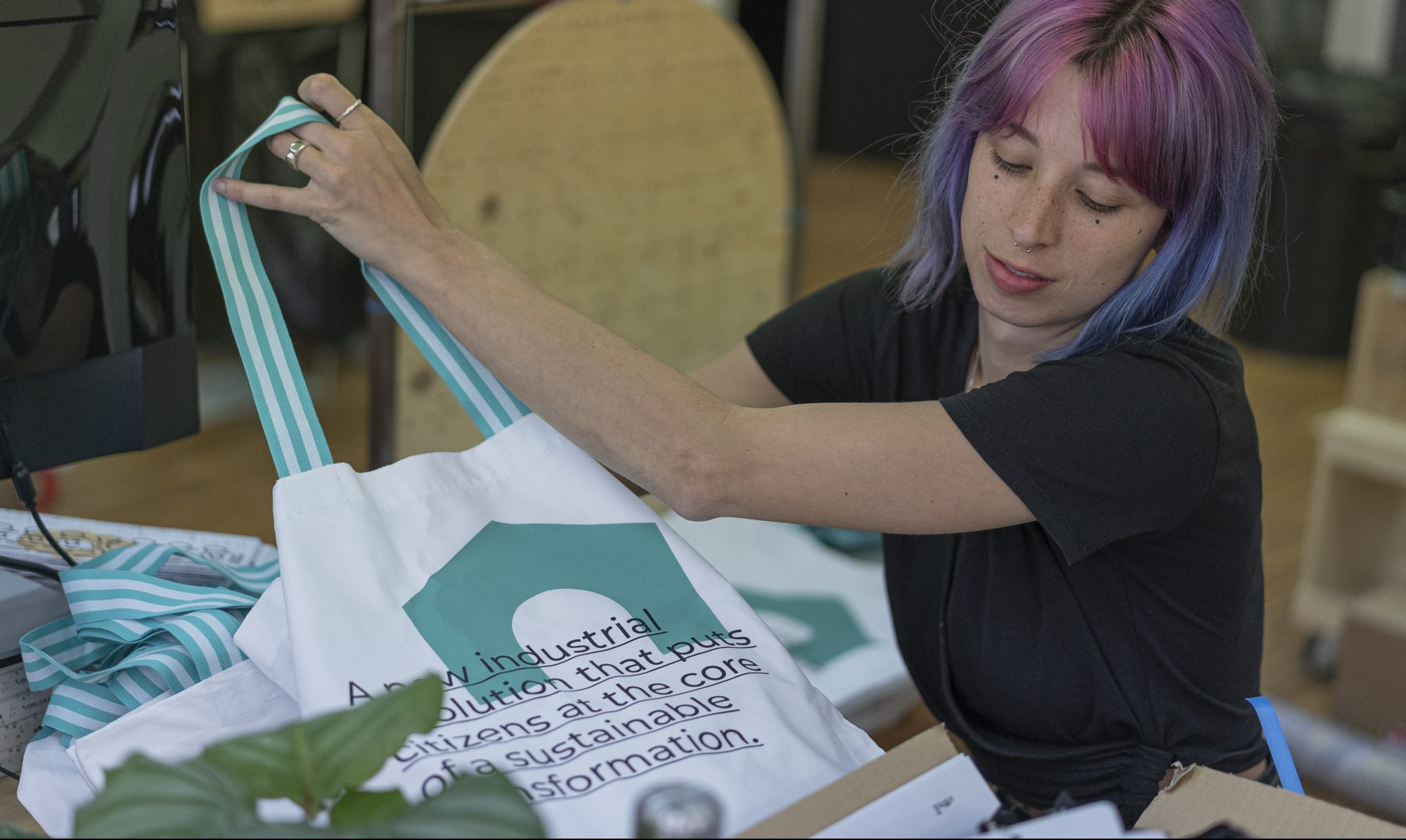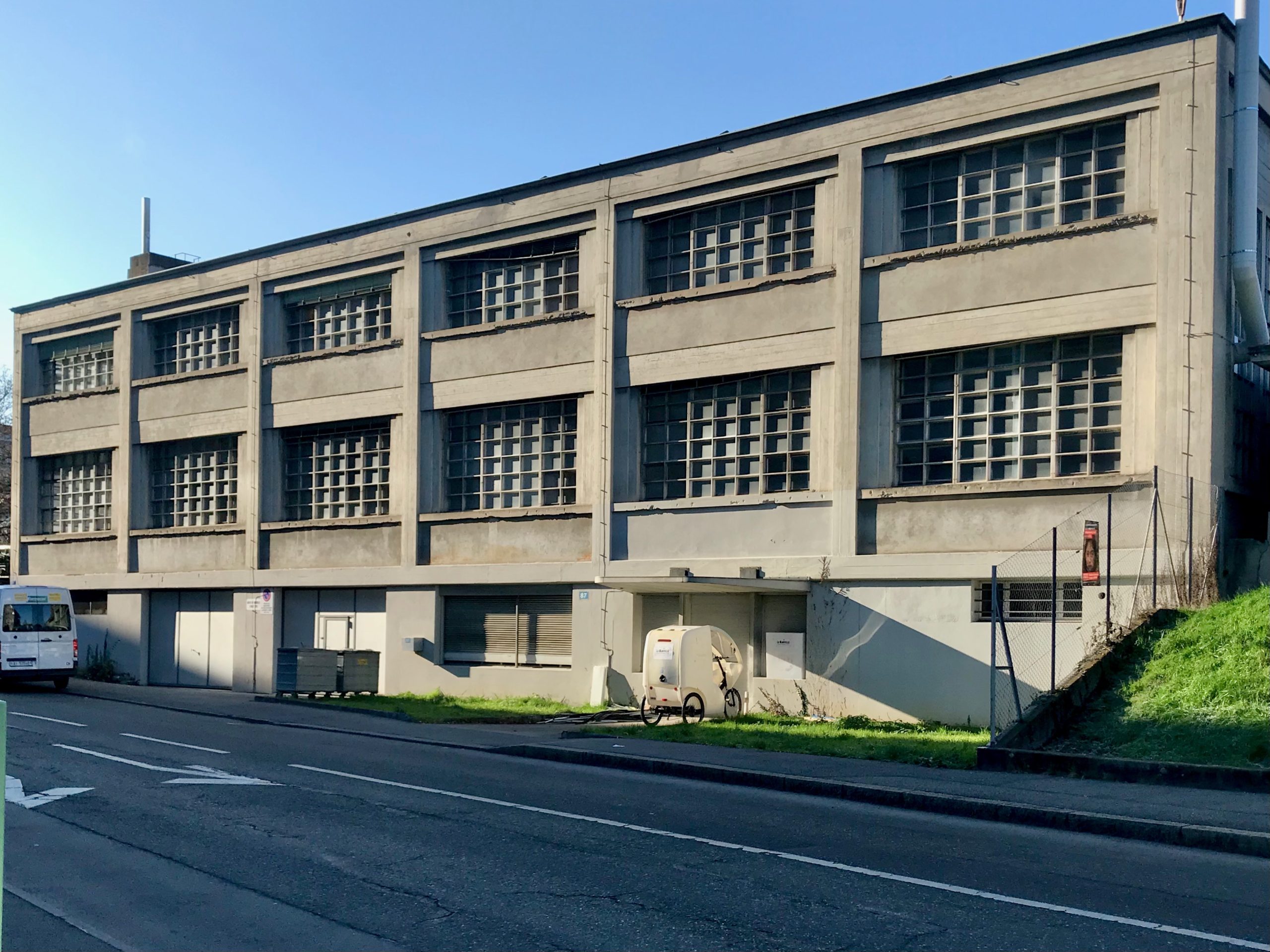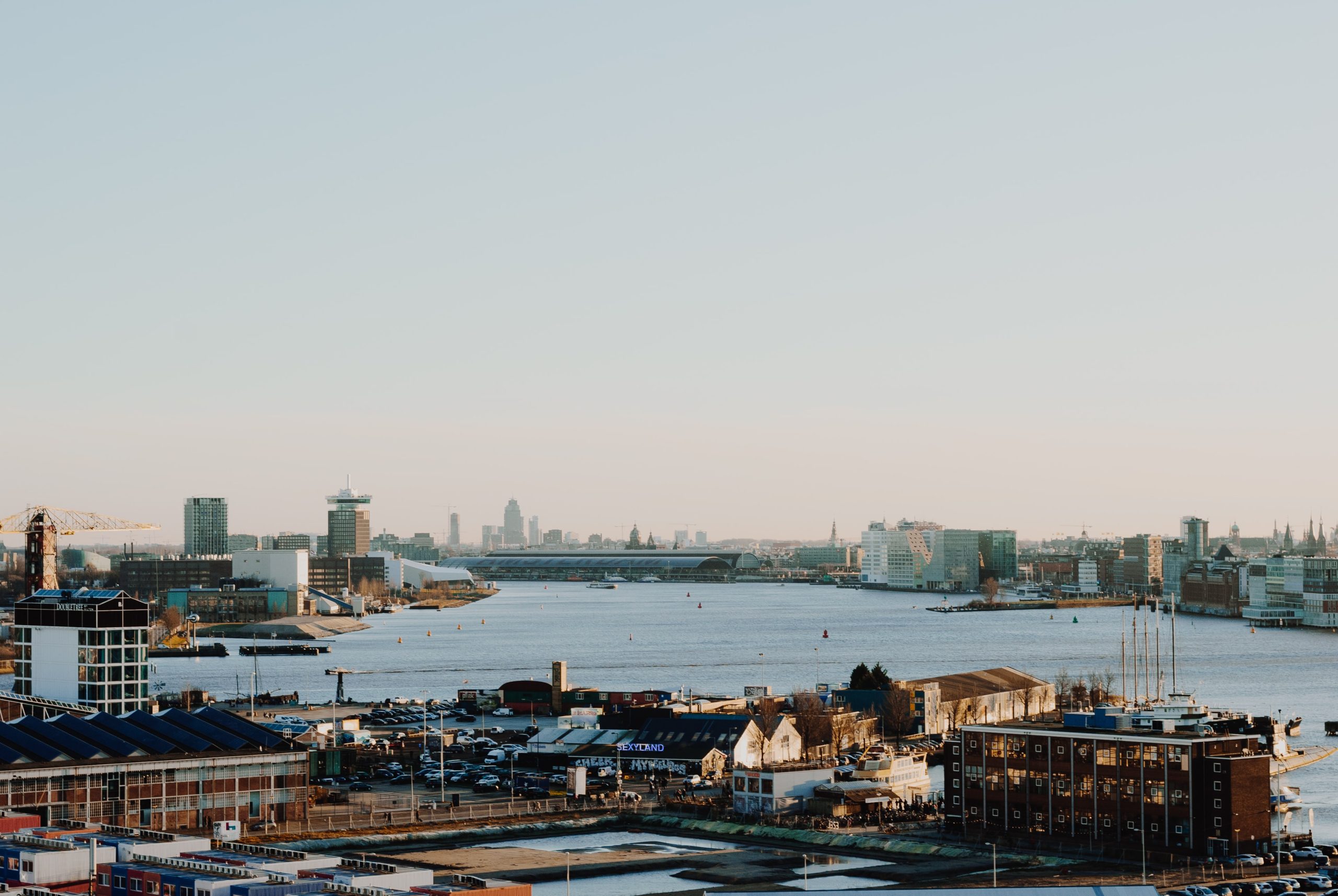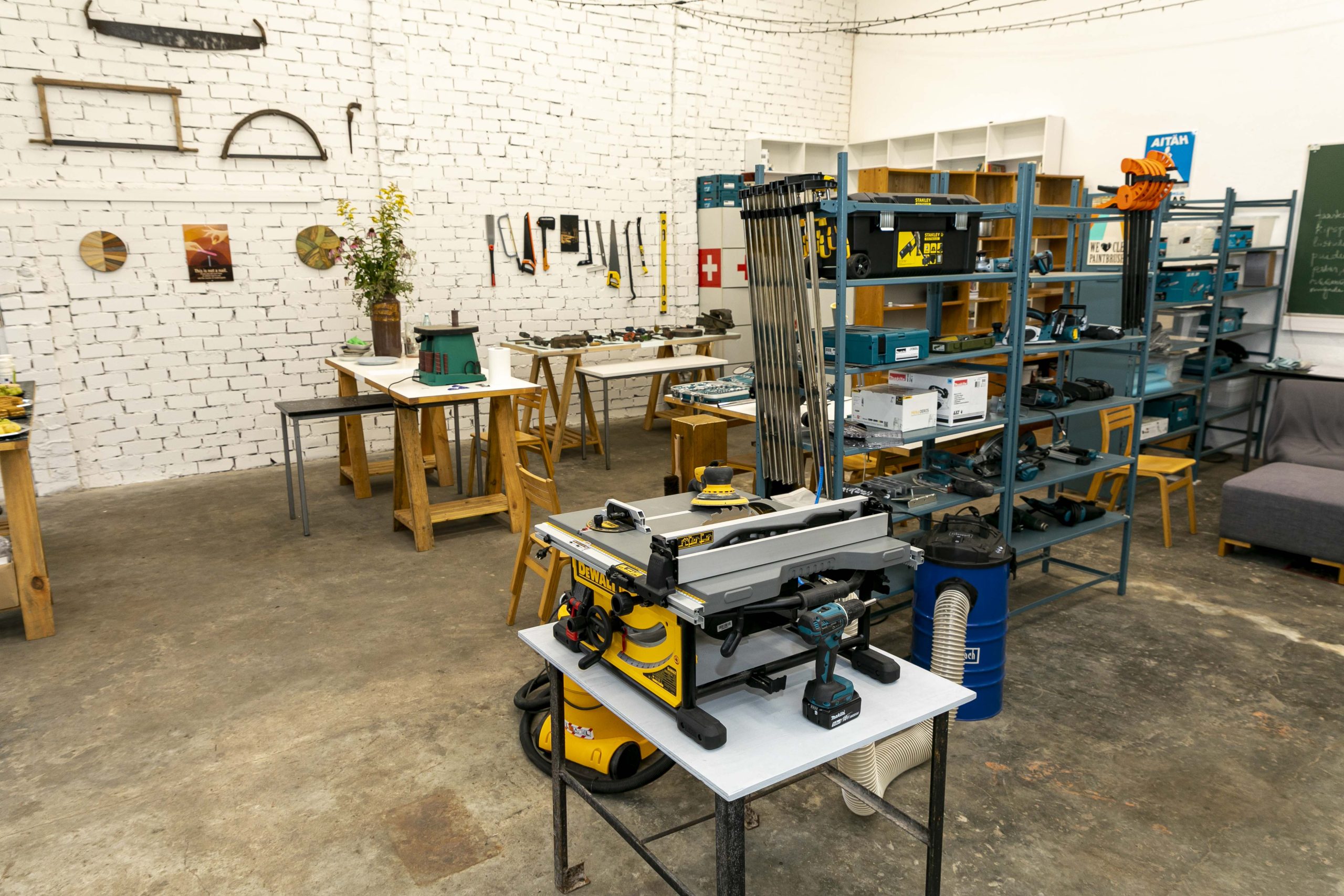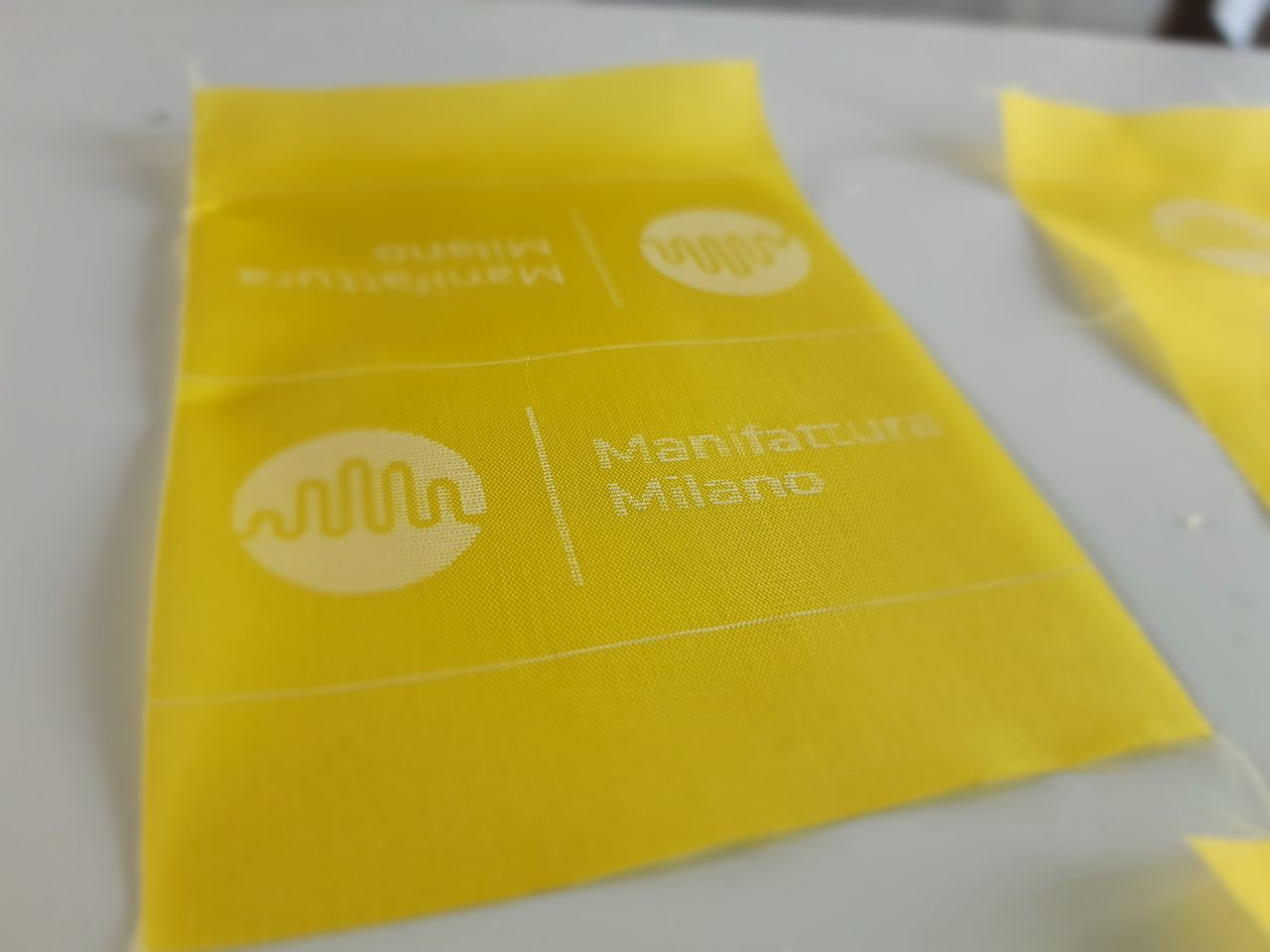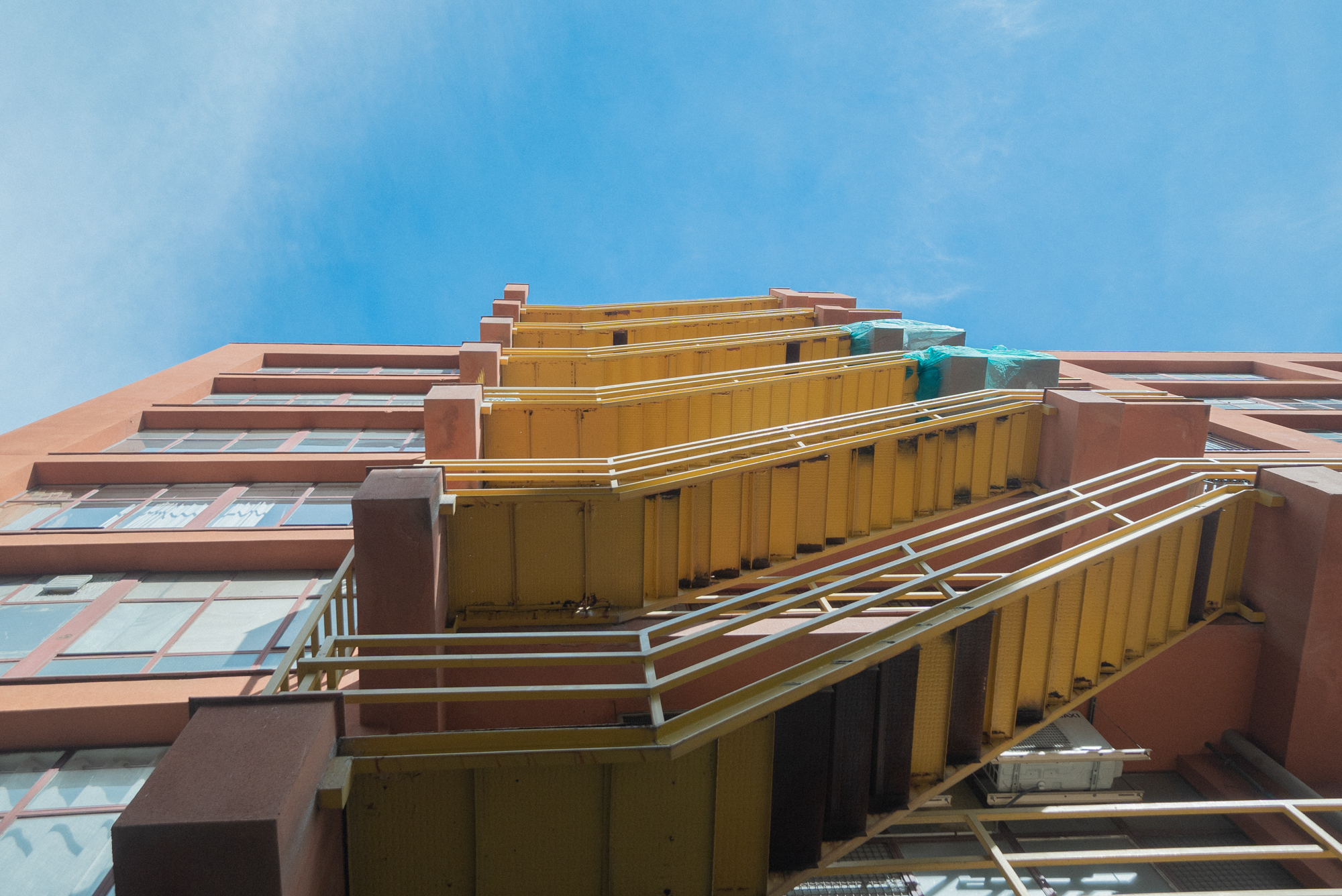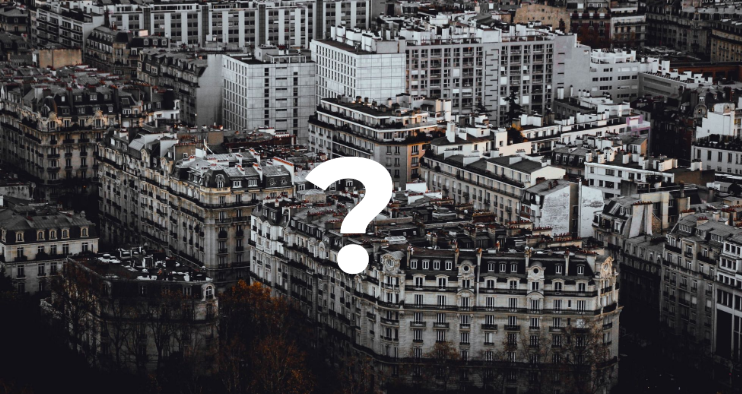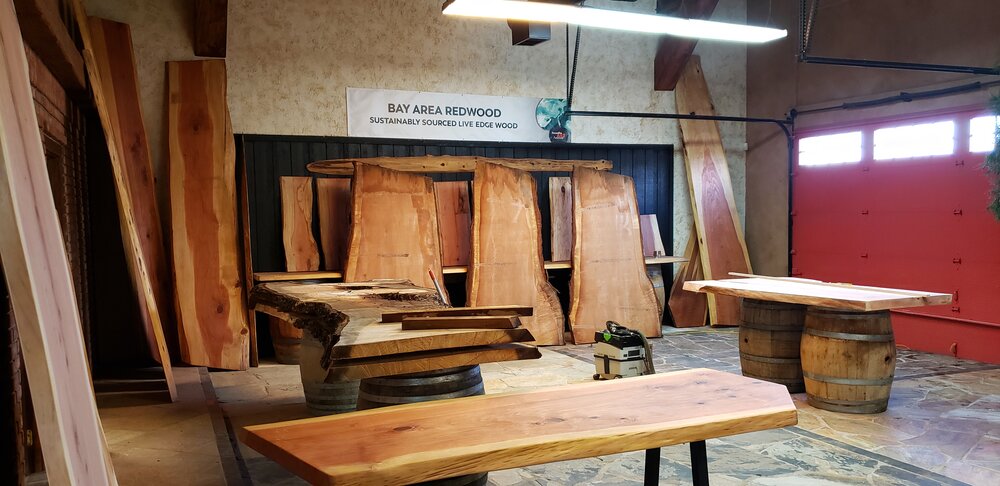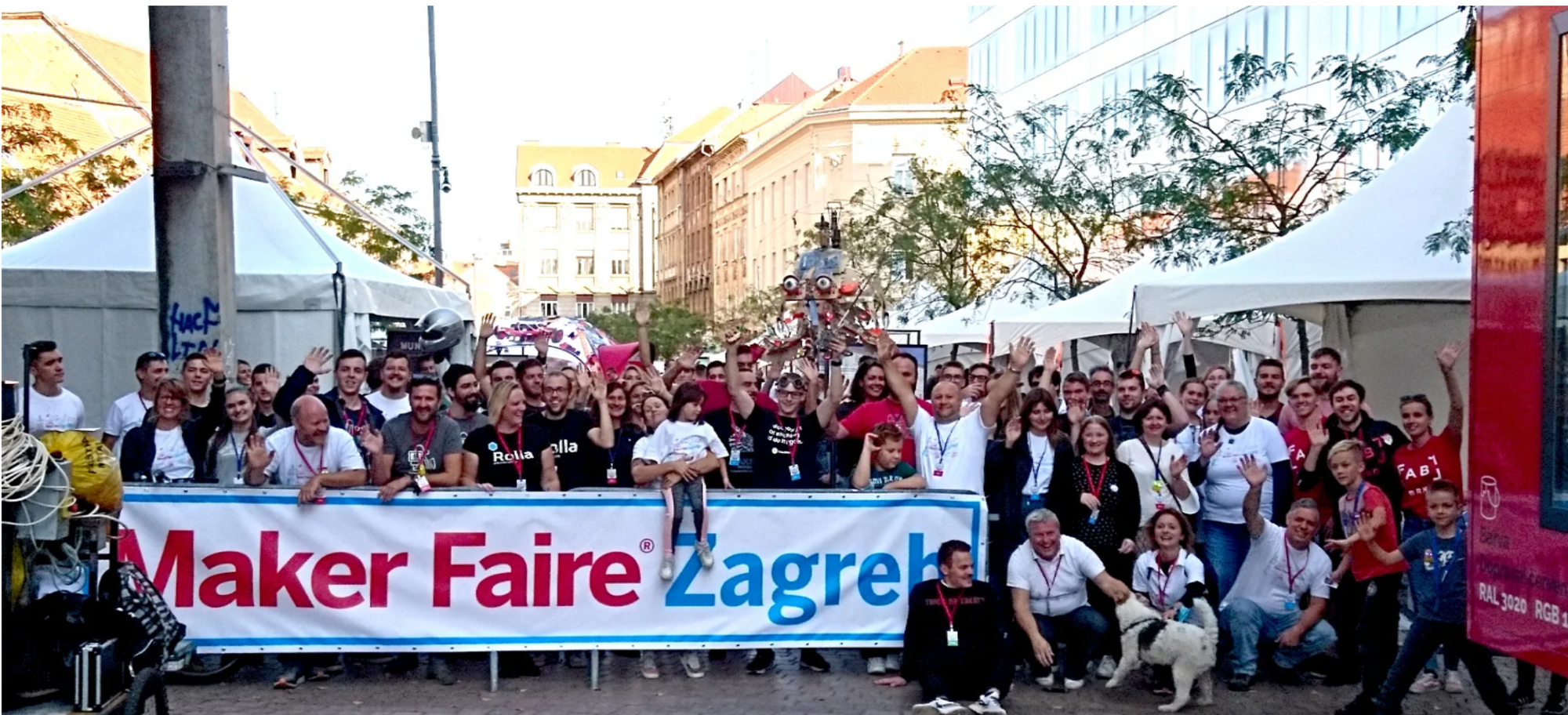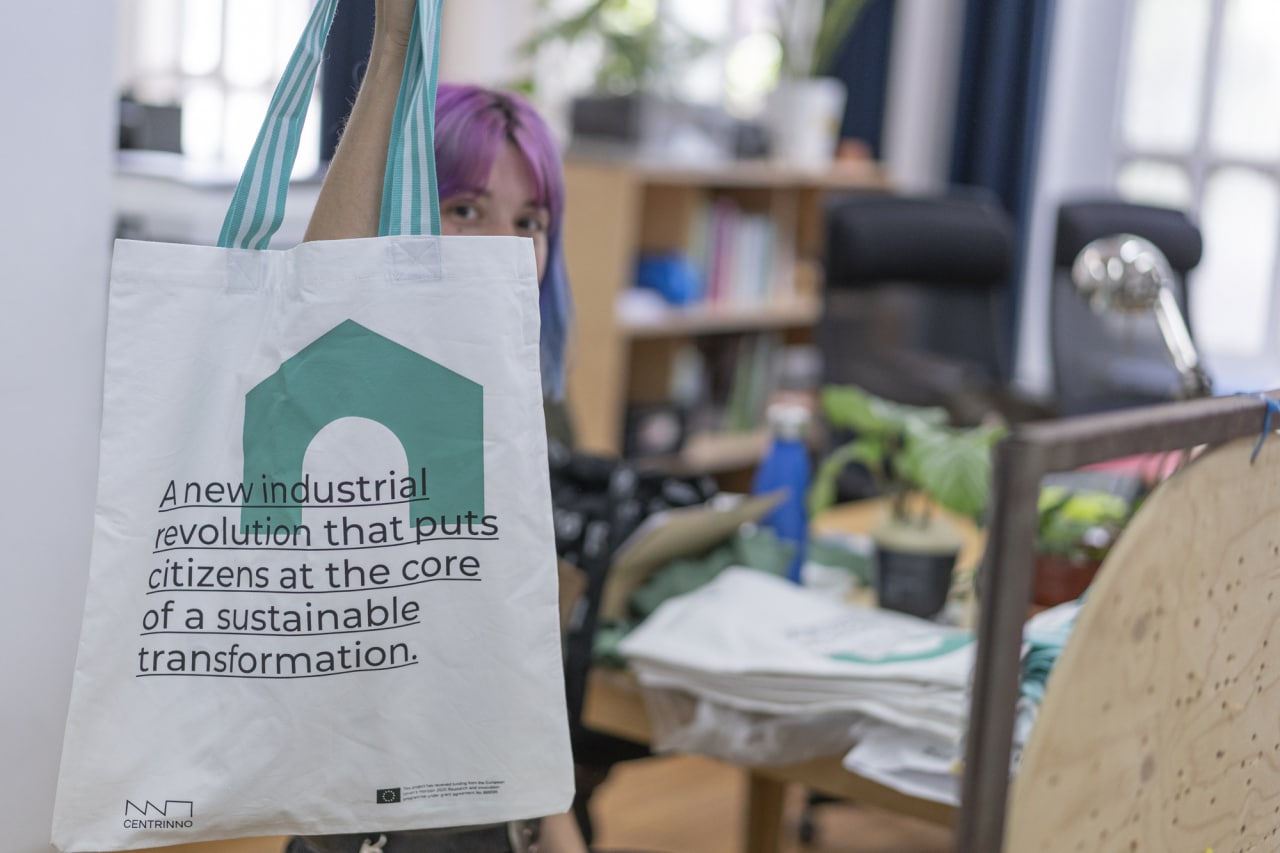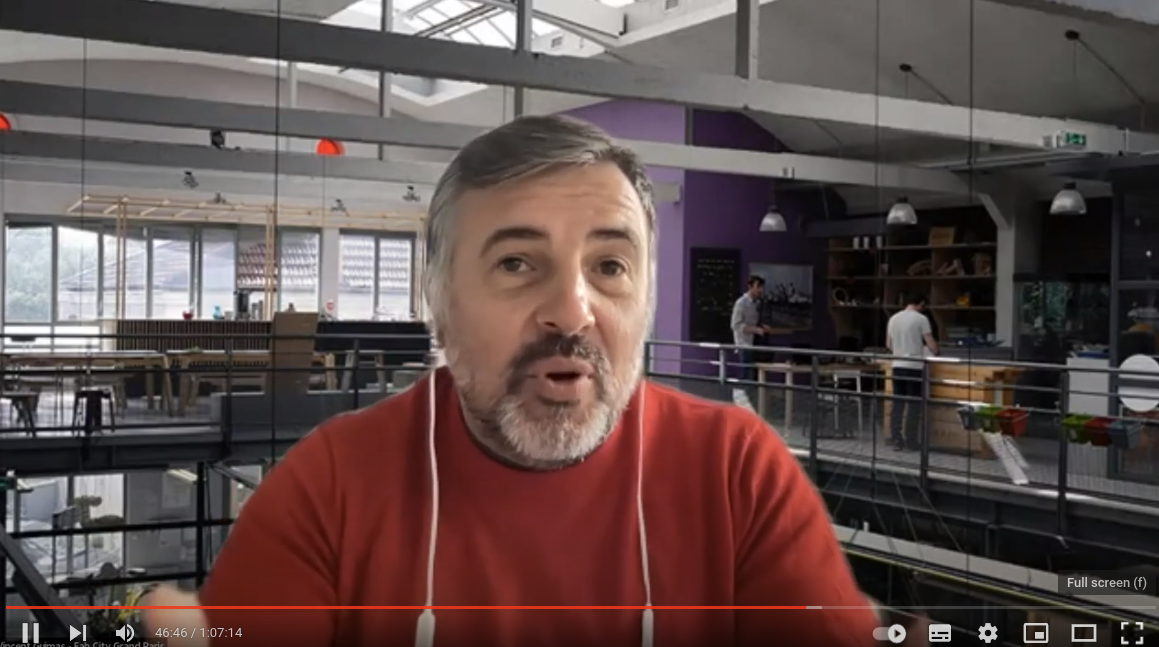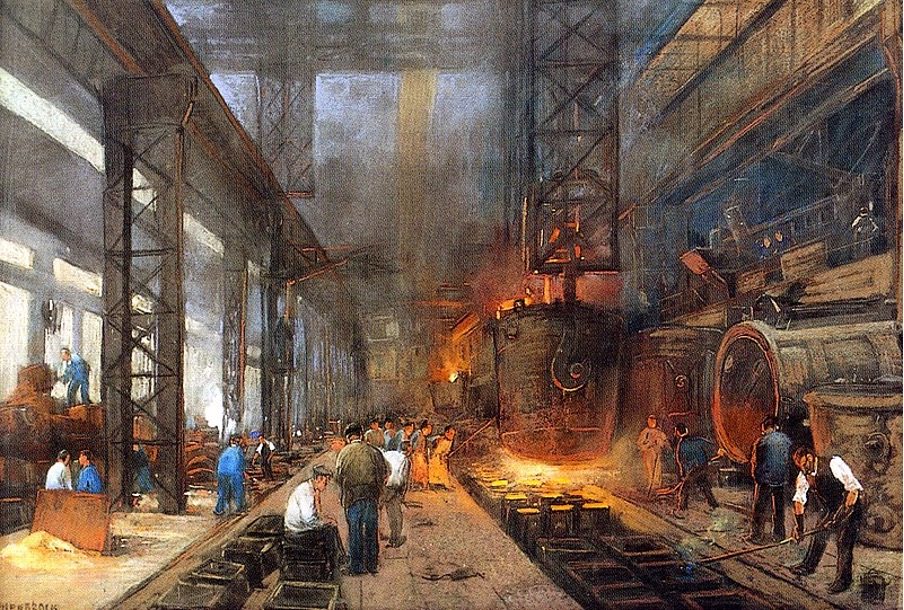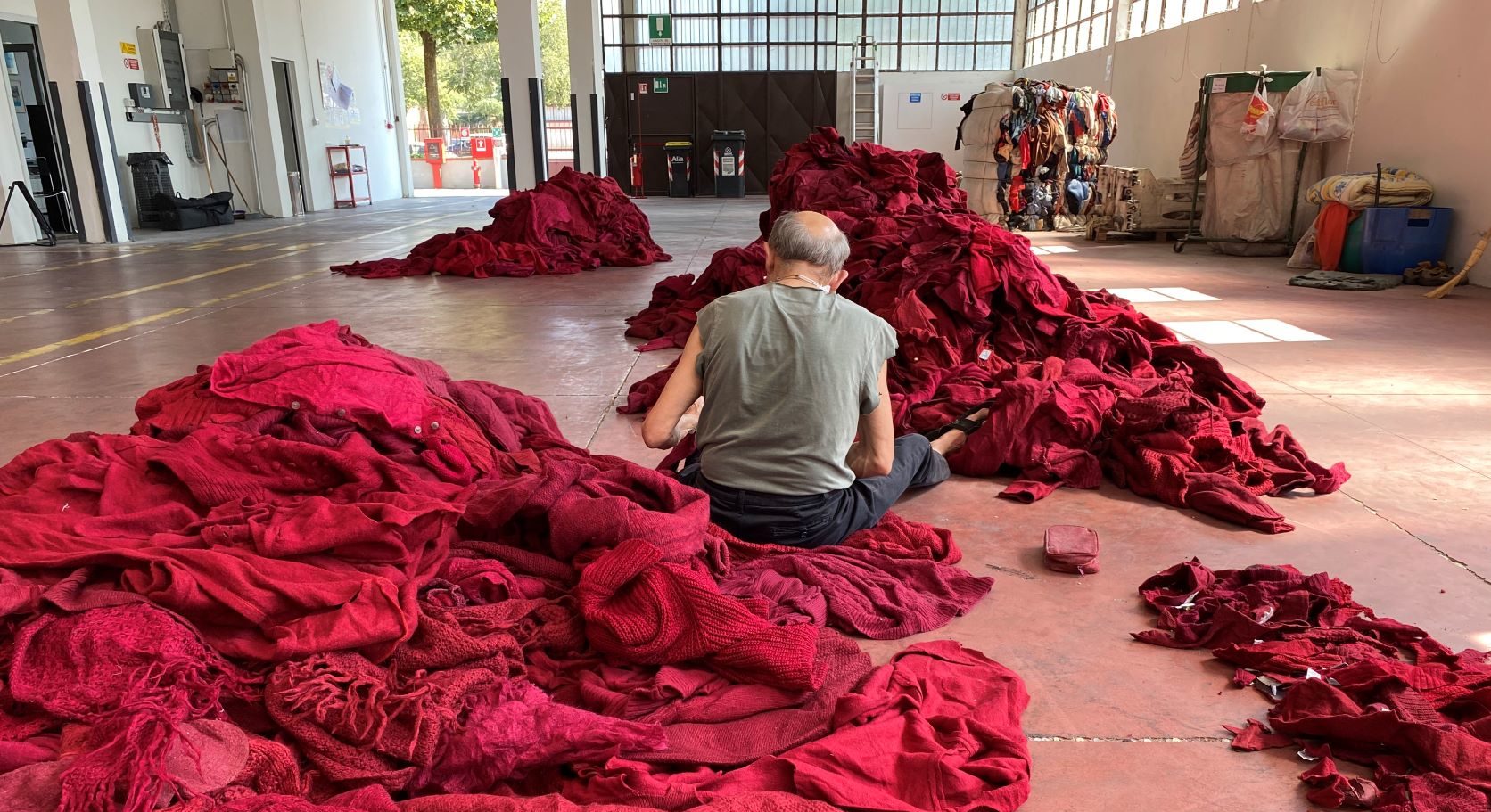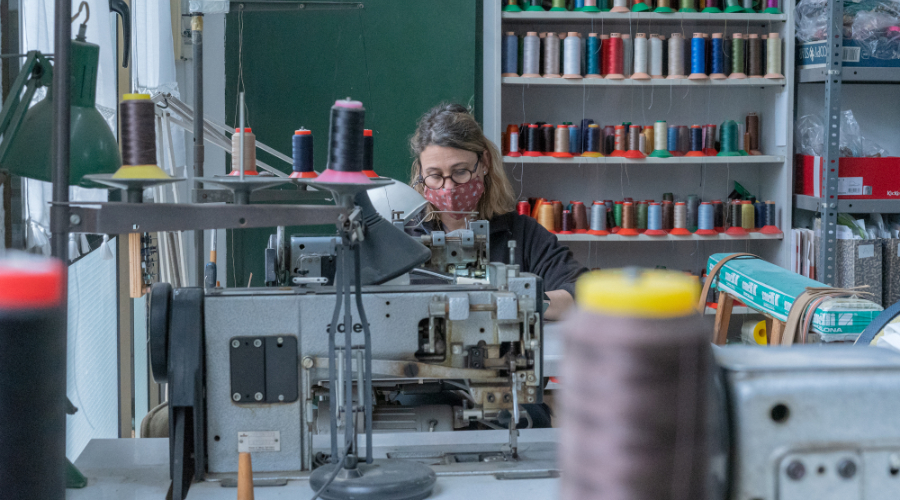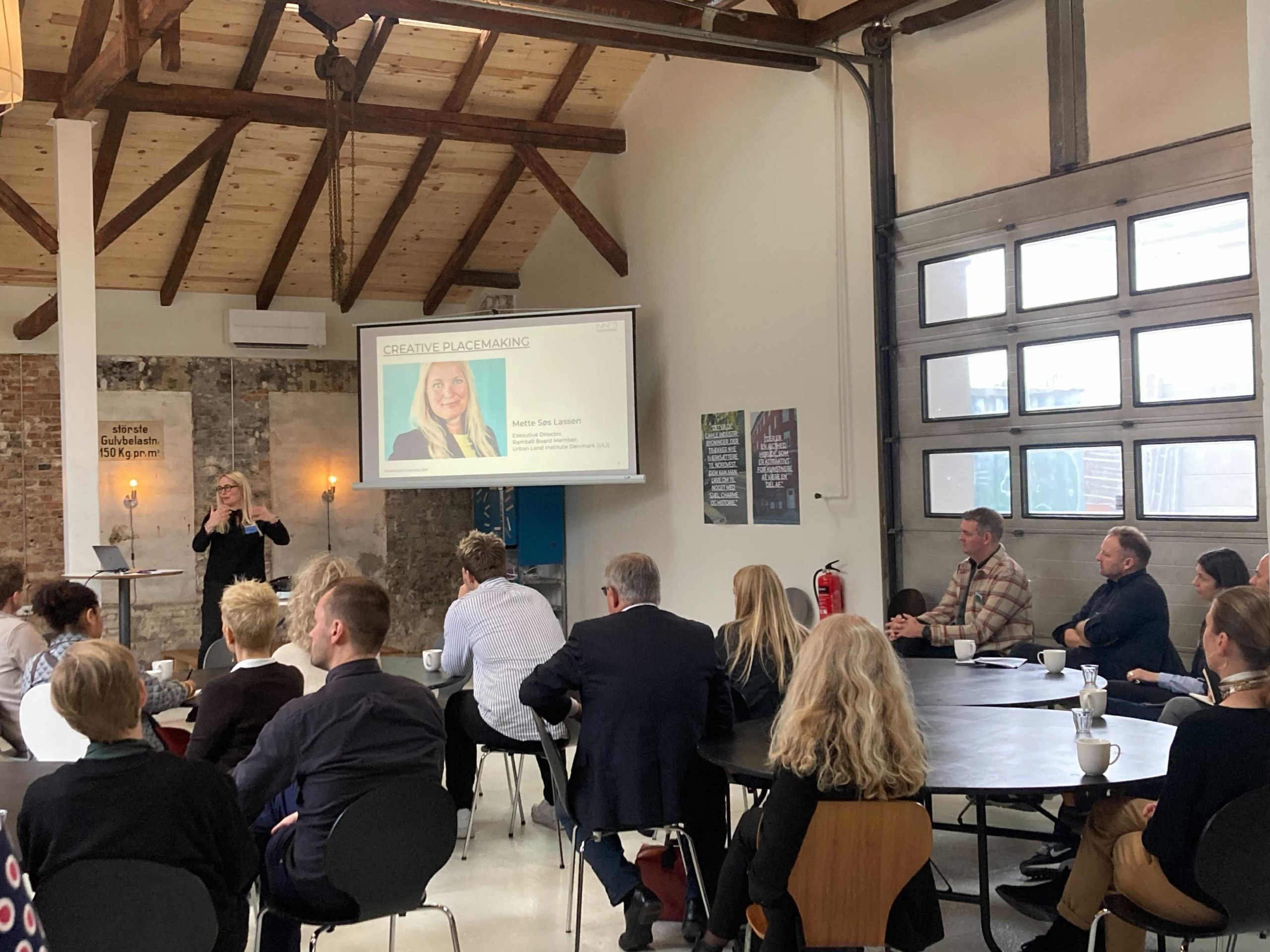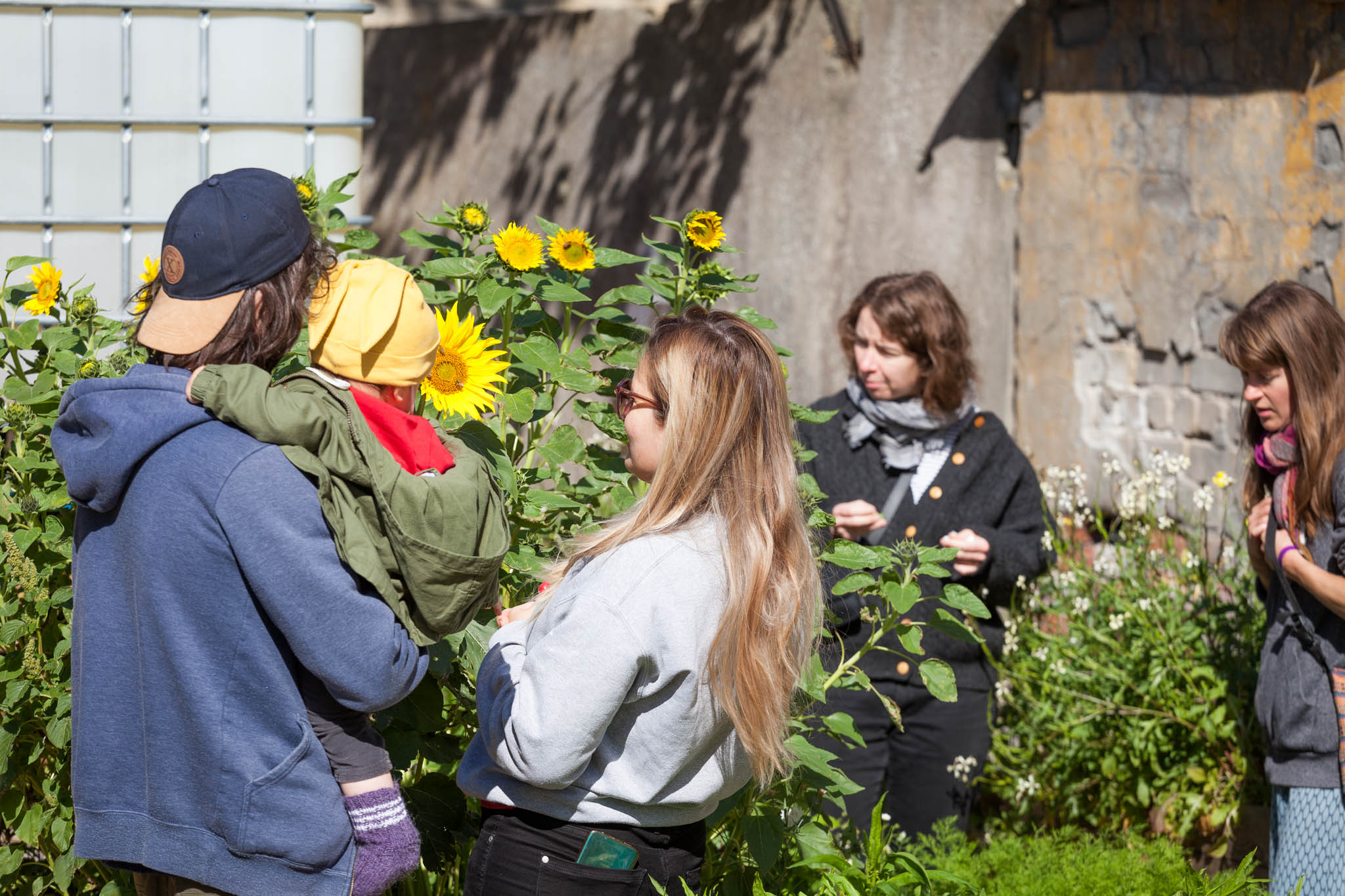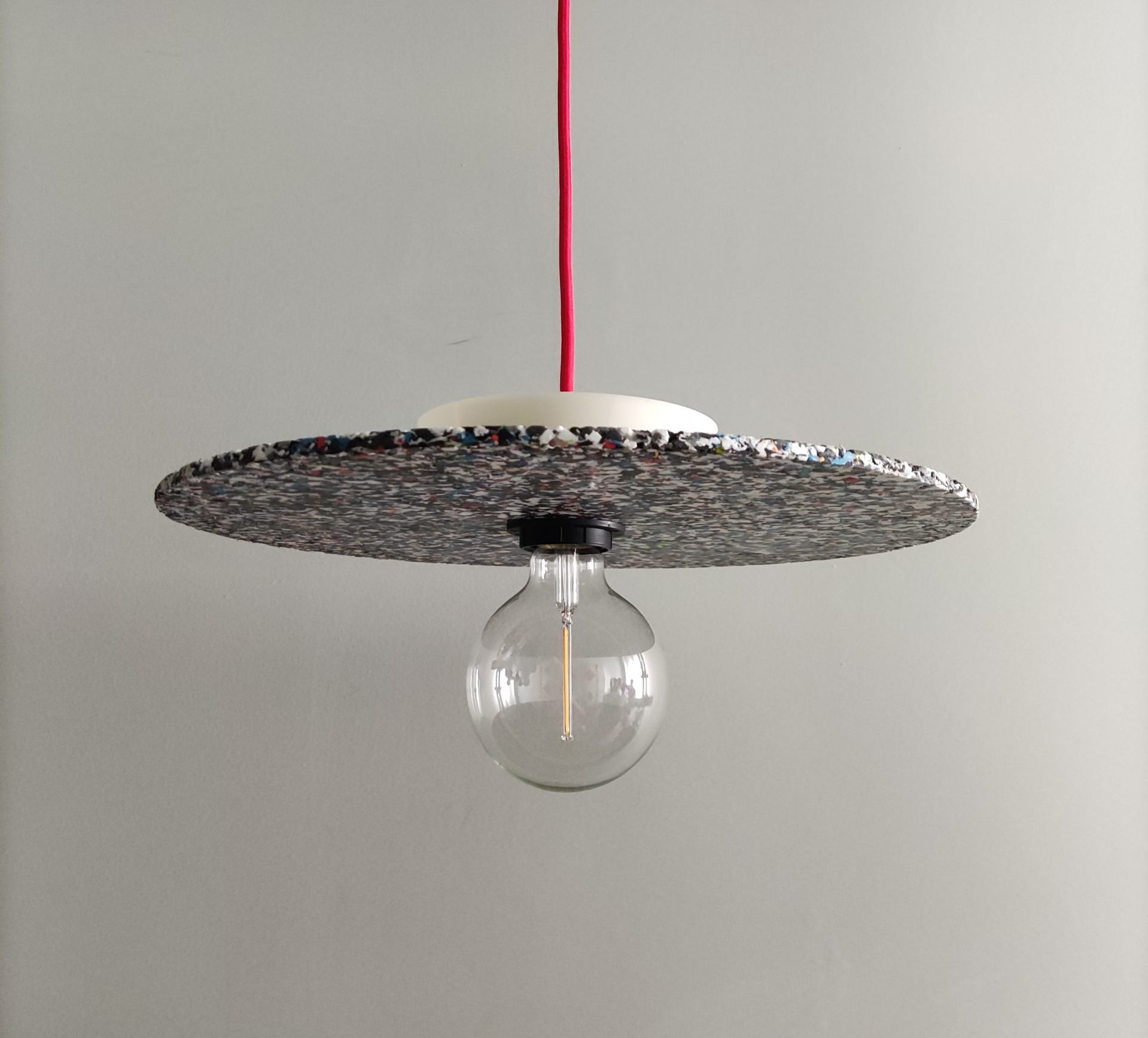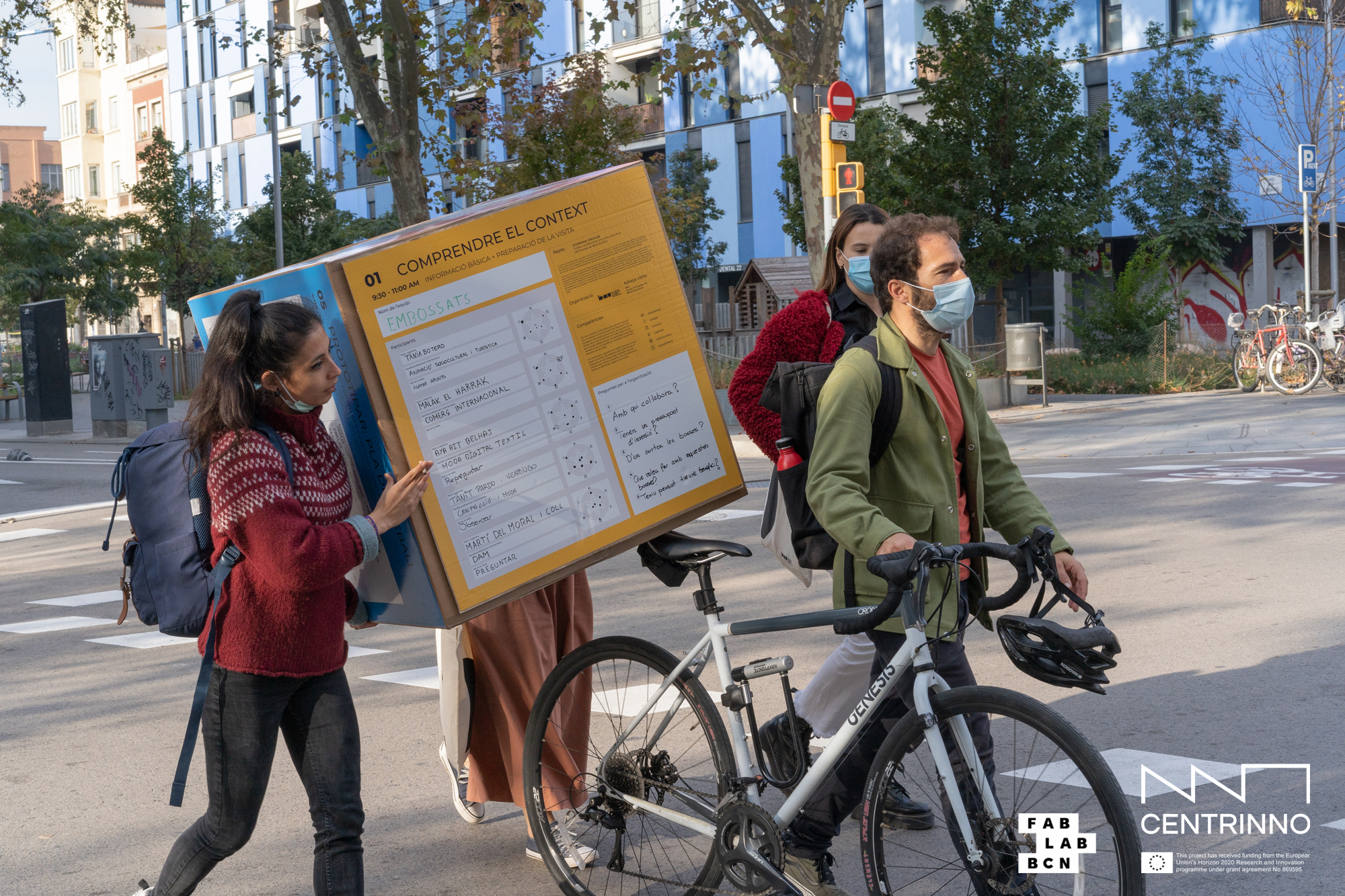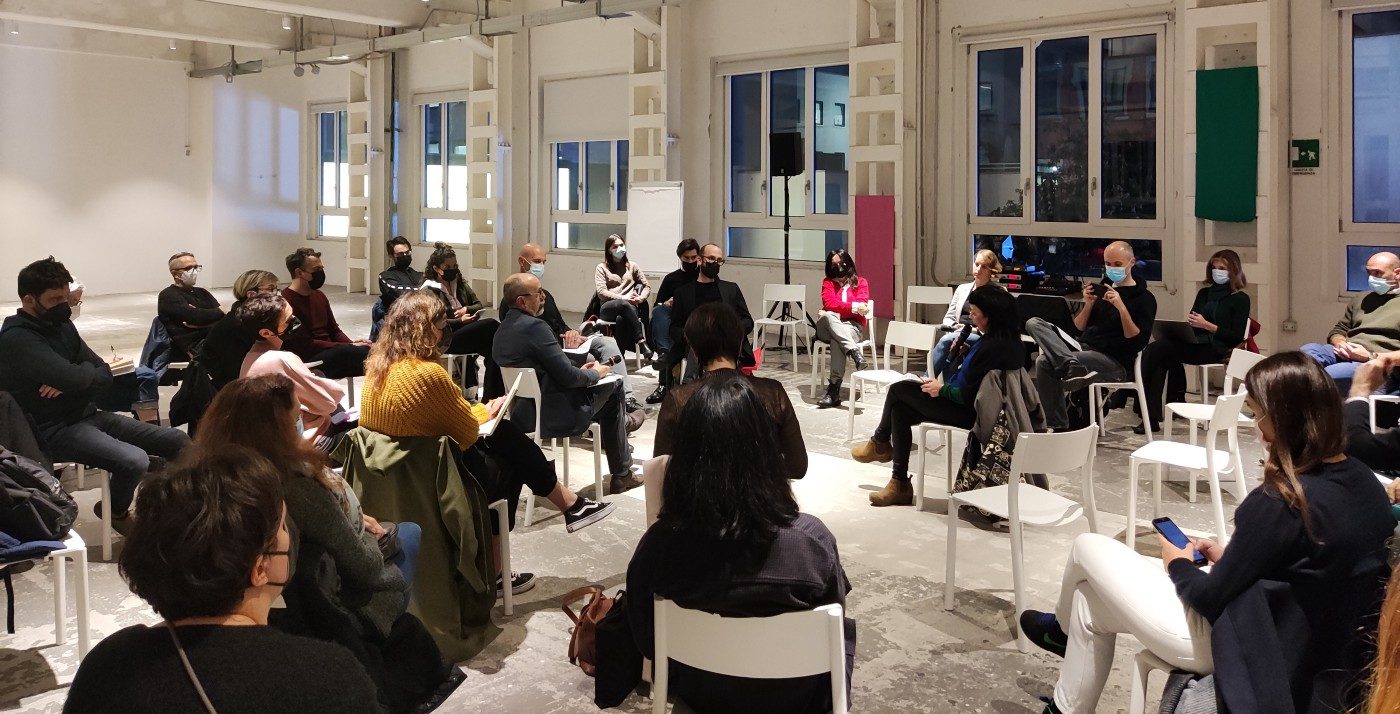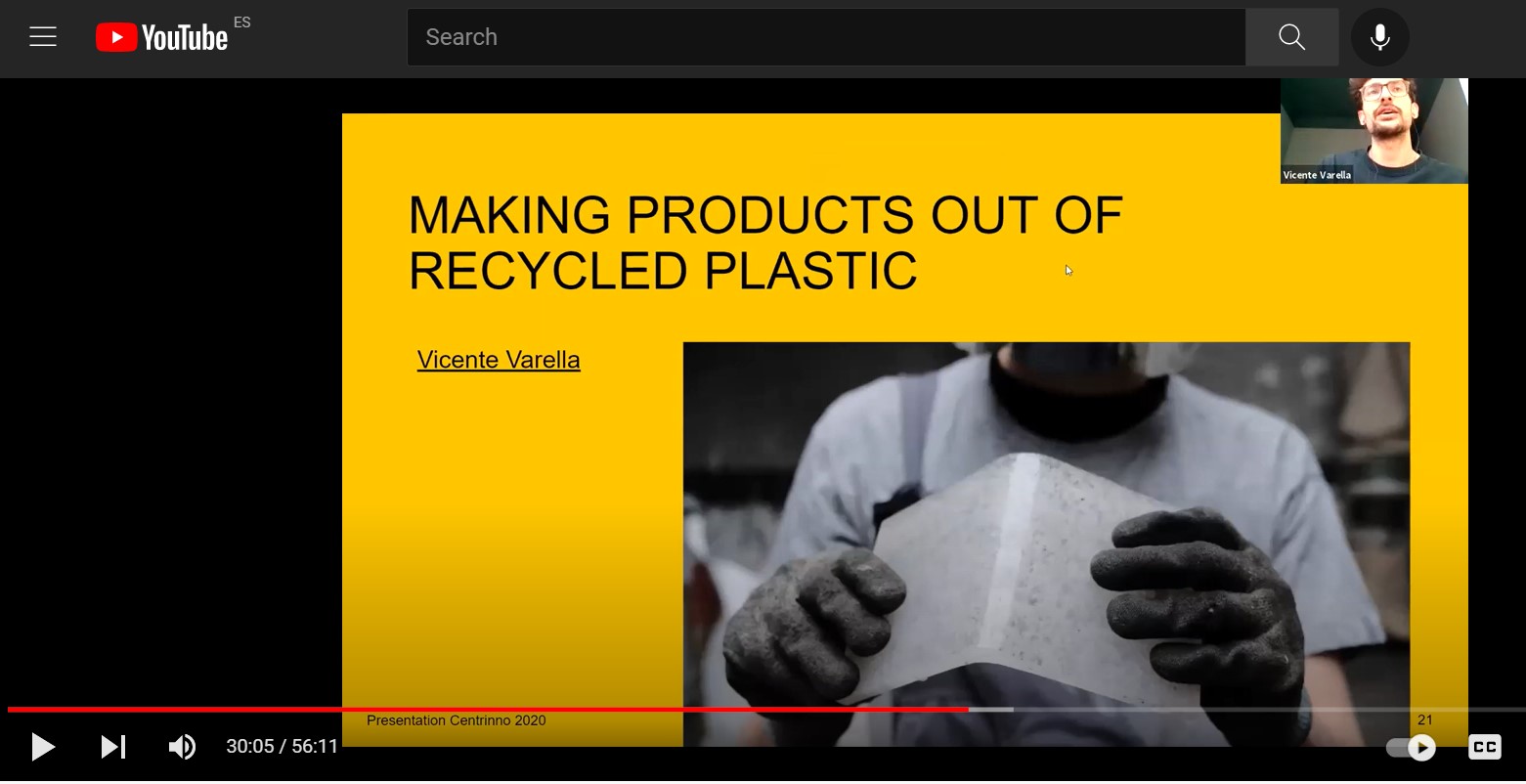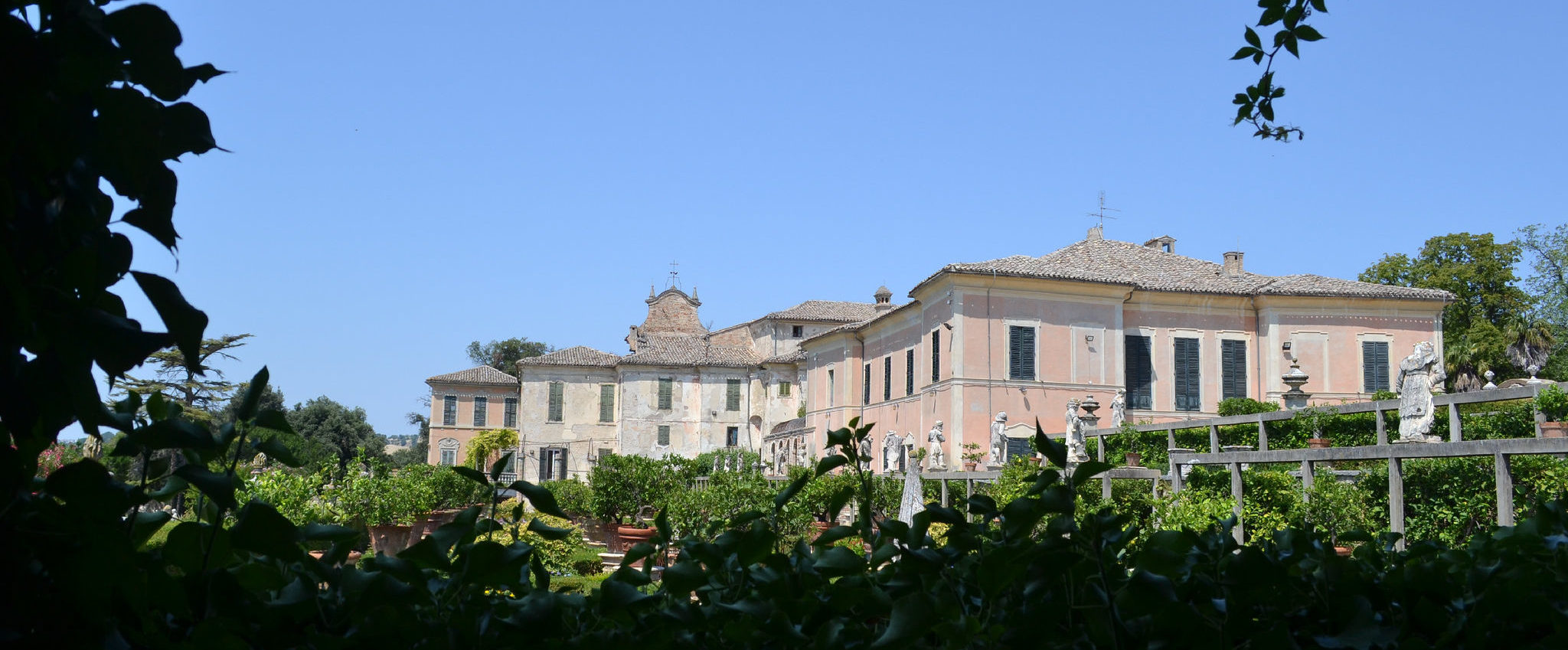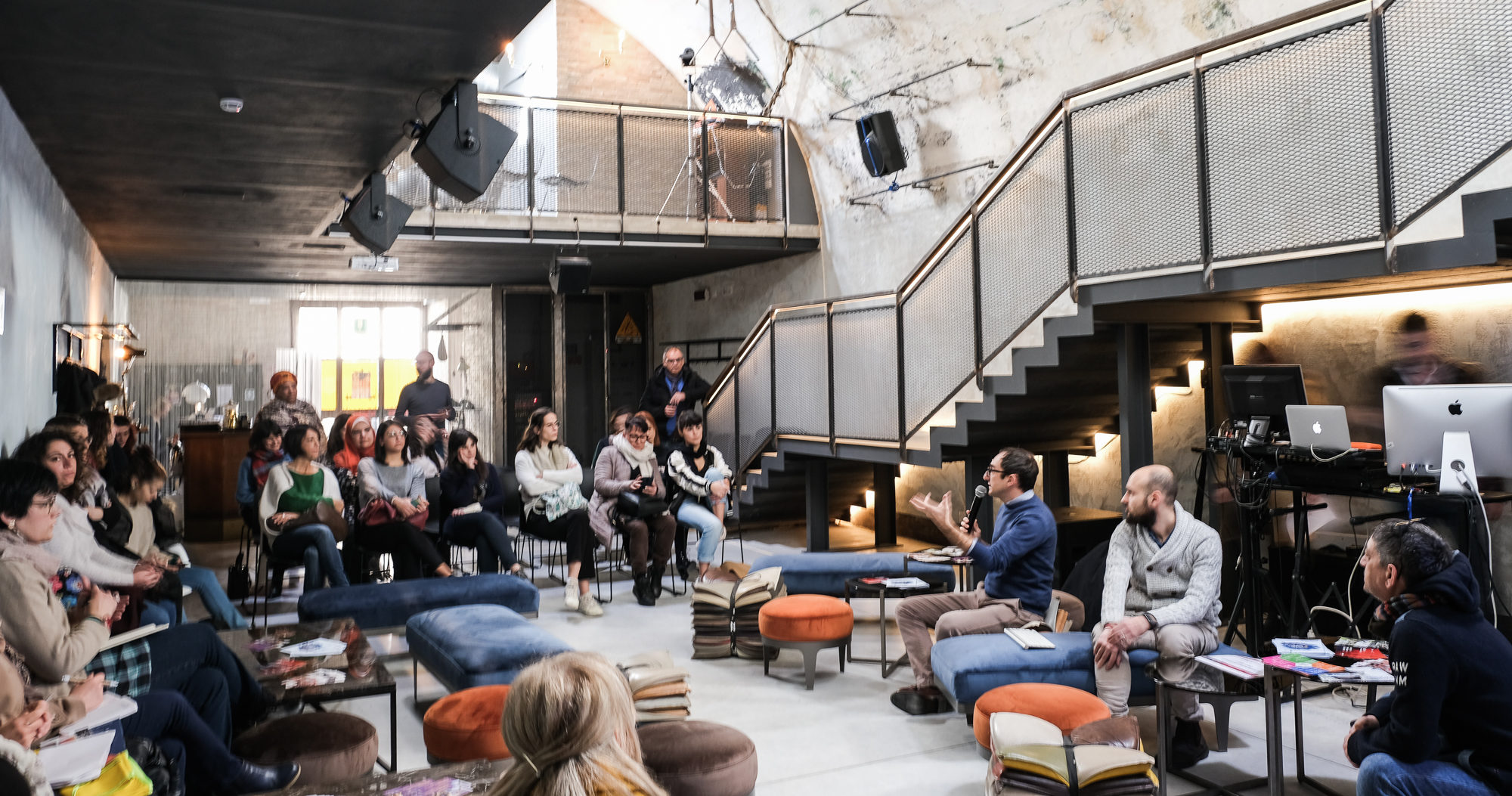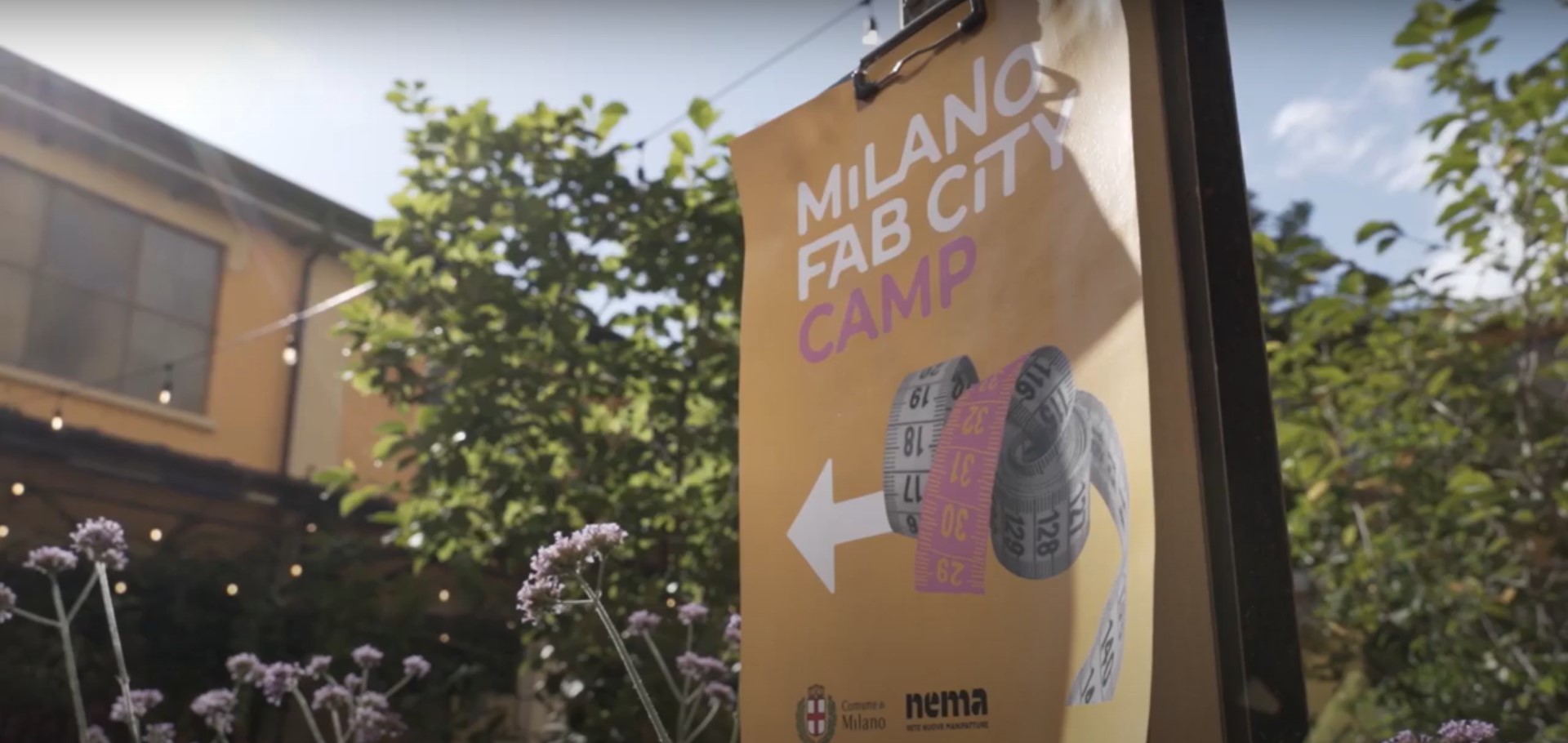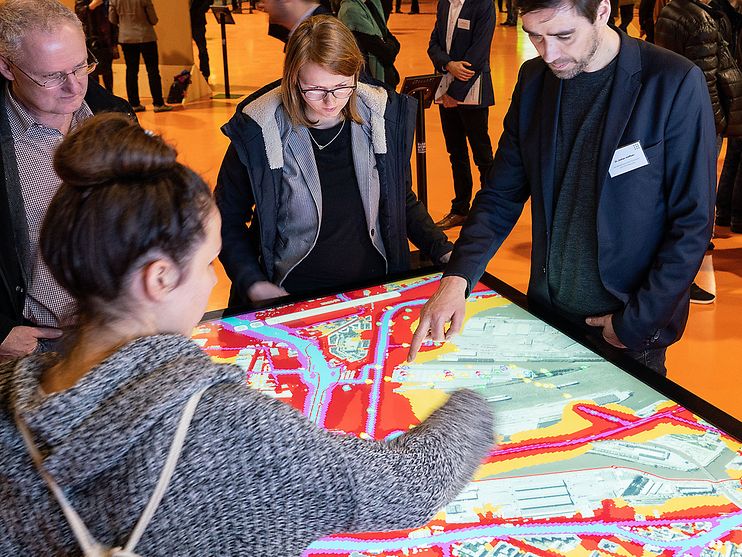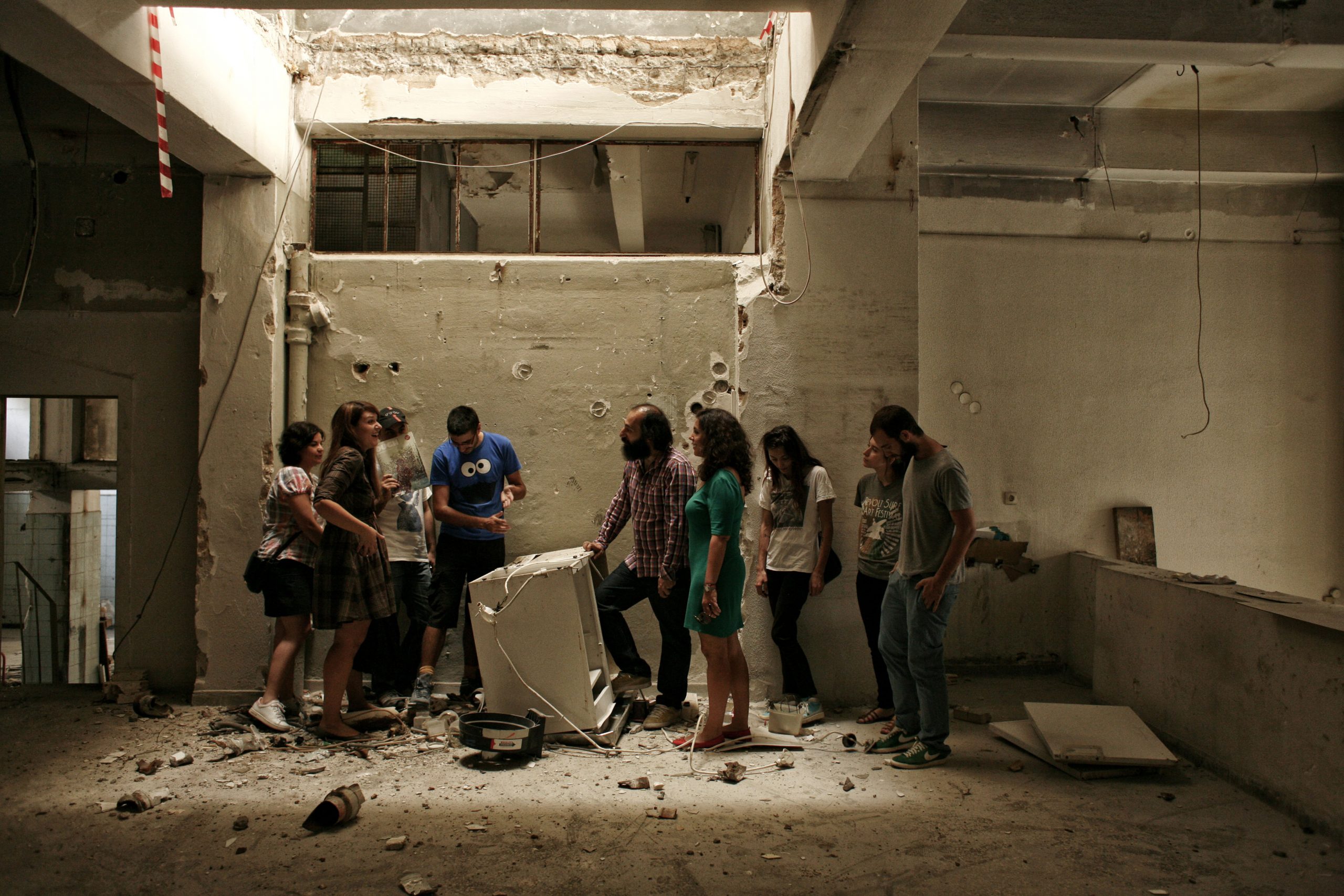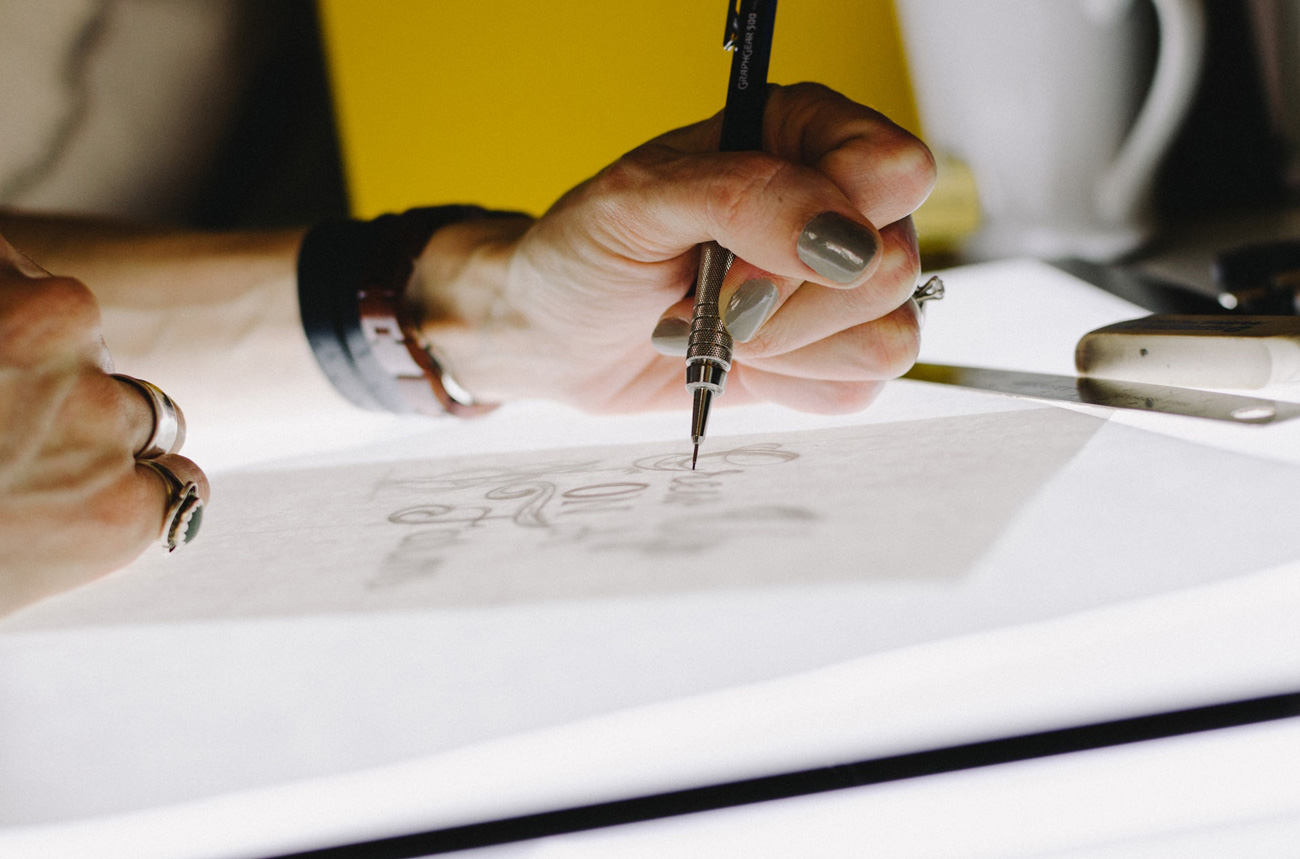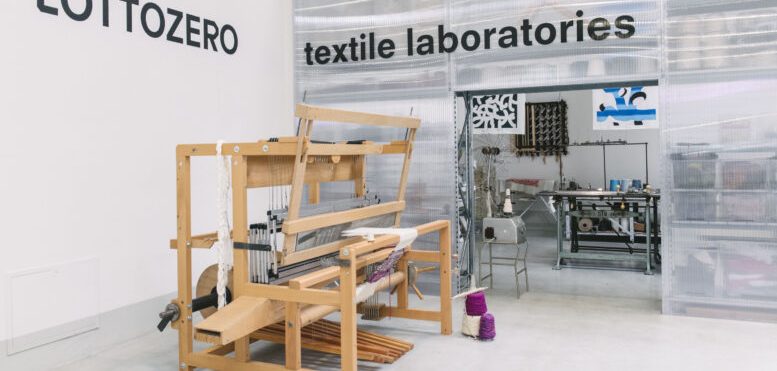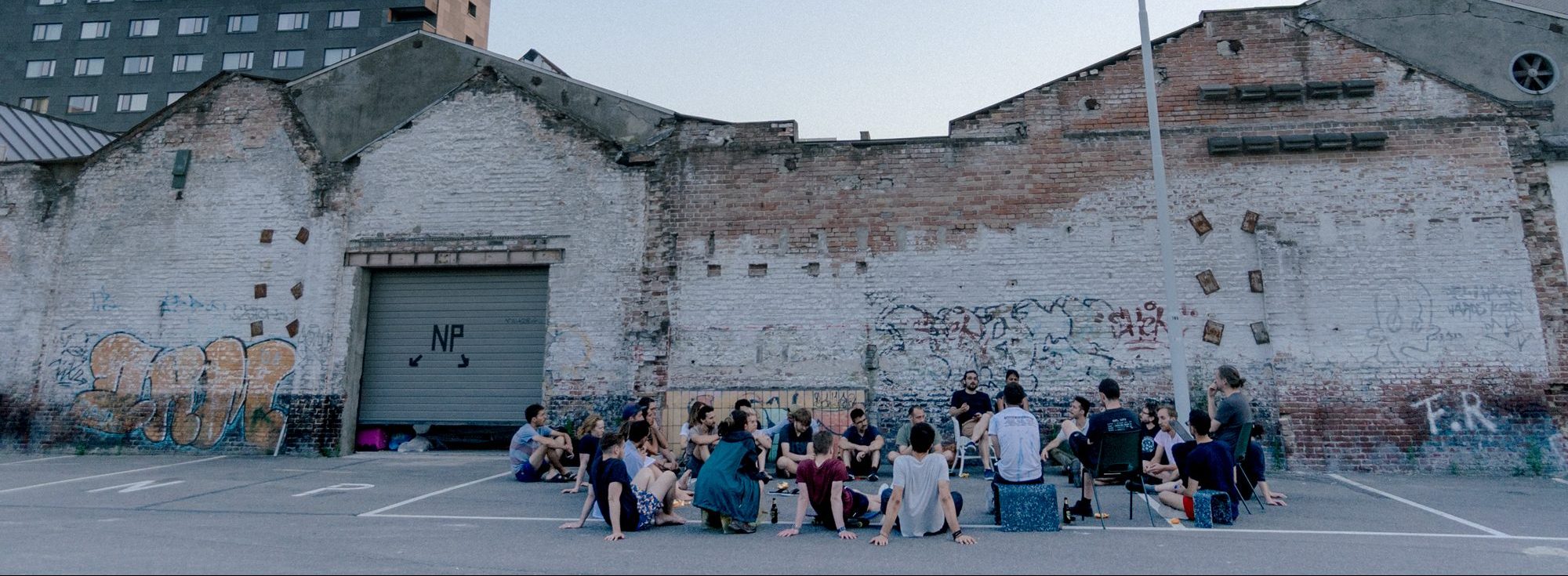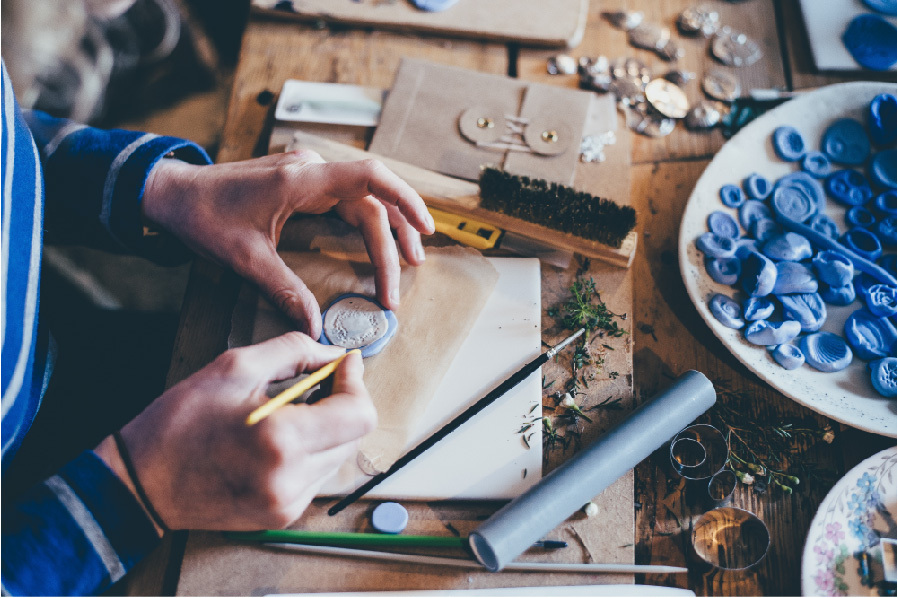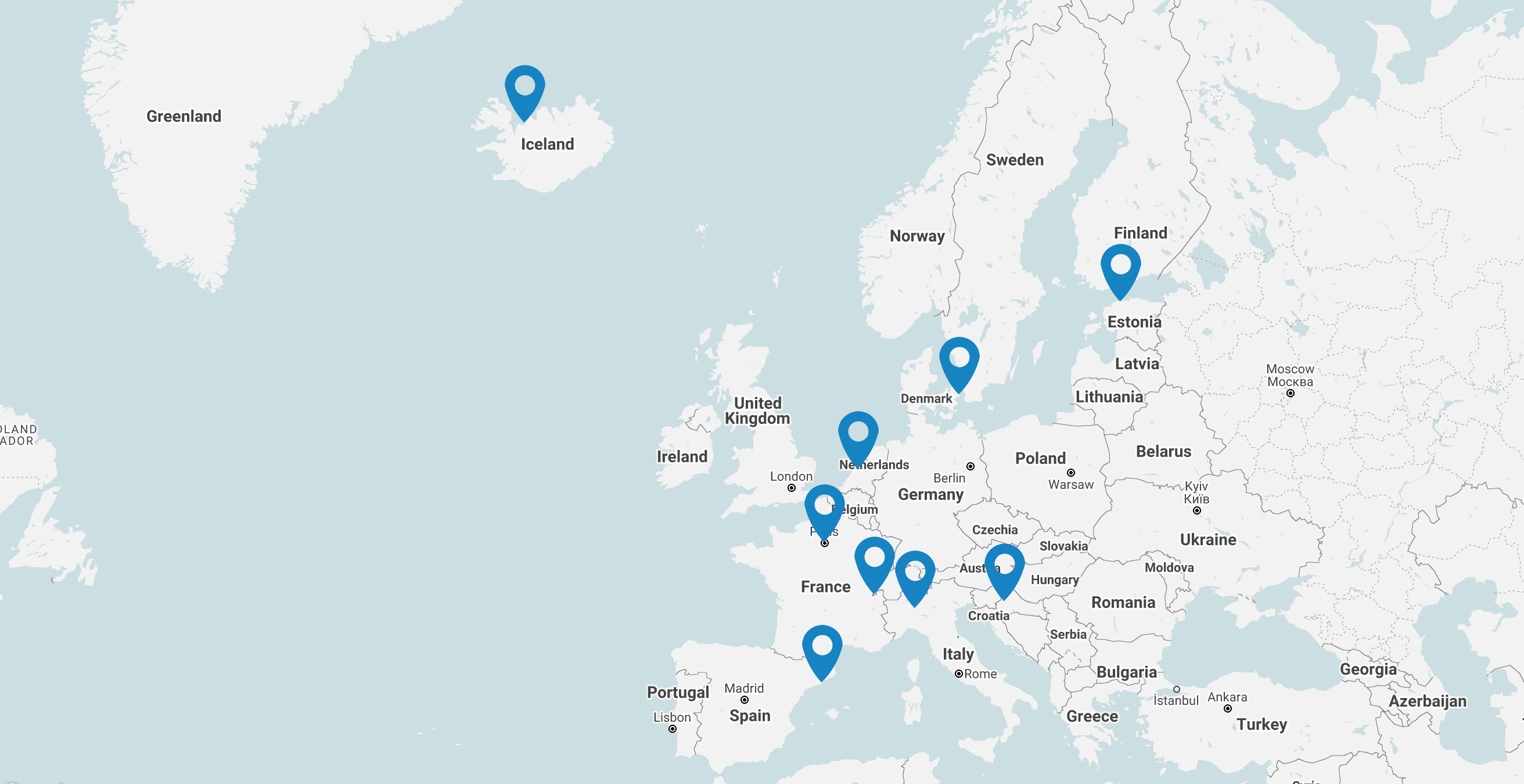BLOG
The Copenhagen Pilot explores how the industrial heritage of a place can create value for the neighbourhood. In the past year, the pilot has collected stories for the Centrinno Living Archive which culminated in a local exhibition for citizens to learn about the neighbourhood’s past, and present, while contributing with their wishes for the future of Northwest. Knowing about the past and the heritage of a place one can start to set direction and reimagine a better future for our cities. This topic was debated by Centrinno partners during the Consortium Meeting in Copenhagen this May. A panel debate between pilots from Tallinn, Paris, Milan and Copenhagen gave insight into how the different pilots work towards a transition. Aiming to become more inclusive, and sustainable while preserving the history of the place and leaving room for creative businesses to thrive.
Living Archive: The Value of Heritage
When collecting stories for the Living Archive multiple and diverse stakeholders in the pilot area were interviewed. This ensured nuanced and sometimes contradictory perspectives of the neighbourhood. Especially, one common pattern revealed itself among the interviewees. The perception that the industrial heritage of a place creates added value. Multiple interviewees collect and cherish memorabilia of the past industry such as store signs, facades and garage doors. It reminds them of the industrial history and can be a great conversation starter. There is also a tendency to honour the past by naming one’s business or new housing units after the old factories. In Northwest places like Emaljehaven, Tekno Eatery and Enigheden refers to former kitchenware, toy and dairy factories built in the early- and mid-20th century.
Understanding the Present by Exploring the Past
From the 17th of May to the 21st of June the Copenhagen Pilot hosted a local Living Archive Exhibition at the public library of Northwest. Here the Copenhagen stories for the Centrinno Living Archive were translated into Danish and exhibited to the public, showcasing the area’s past, present and possible future. The exhibition suggested a common narrative of the neighbourhood while representing different realities, conditions and residents throughout time. Exploring the pains, worries, treasures and potentials of the place. The visitors to the exhibition were invited to make their own contribution to the Living Archive by drawing or writing about their desired future of Northwest. This exercise provided many interesting and insightful suggestions for the future of the neighbourhood. Especially green streets and squares were on the wishlist of the residents.

The local Living Archive Exhibition explores the past, present and future of Northwest. Locals contributed with stories for the archive and visitors of the exhibition were invited to imagine their desired future of the neighbourhood.
Learnings from the Living Archive Exhibition:
- Heritage creates value and a sense of place
- Narratives and history of place help newcomers to understand and appreciate existing values
- Co-creation makes citizens connect and engage in the future of their neighbourhood
DDC Talk Cities: Who Sets Direction for our Future Cities?
The Copenhagen Pilot team had the honour of hosting the latest Consortium Meeting back in May. Exploiting the value of having great heads from sister pilots in the city, a panel debate was arranged to explore who are the central actors of city transformations. The panel consisted of pilot representatives Karin Kruup from Tallinn, Alexandre Mezard from Paris, Liat Rogel from Milan and Mikkel Knudsen Holst from Copenhagen. Julie Hjort, Director of Sustainable Transition, from Danish Design Center, was setting the scene of the talk, by introducing the audience to how the mission-driven approach can help drive transition in cities.
Stakeholder Engagement – An important asset in city transitions
While the pilot cities had different main focuses, some key findings were applied between them. For instance, the pilots experienced great value from doing stakeholder mapping. This exercise helped pilots to identify relevant and engaged stakeholders. As it was wisely explained during the debate the city has the role of enabling, but resourceful stakeholders also hold pieces of the puzzle for achieving transformative change. This kind of engagement was suggested to be facilitated through means of co-creation and open calls on a voluntary basis to ensure real commitment. There was a common agreement in the panel that the most impactful transition is the one that we do together. Therefore, fully understanding the community, meeting their needs and enabling them to take ownership is what ensures long-term engagement and political pressure, resulting in the biggest change.
Creating community through narratives of heritage
Another finding was the strength of narratives from the past and how they can help gather, engage and connect people. For instance, the heritage of Paris as a city creating new and innovative ways of food production back in the 19th century helped create a strong shared narrative. This narrative enabled the pilot to engage people to take part in the Centrinno project and explore the future of Paris as an edible city. Using the narratives of the past to reorient the future of the city and create new actions in the present towards achieving it. Relying on narratives and learnings from the past, overcoming challenges will start to feel more achievable.
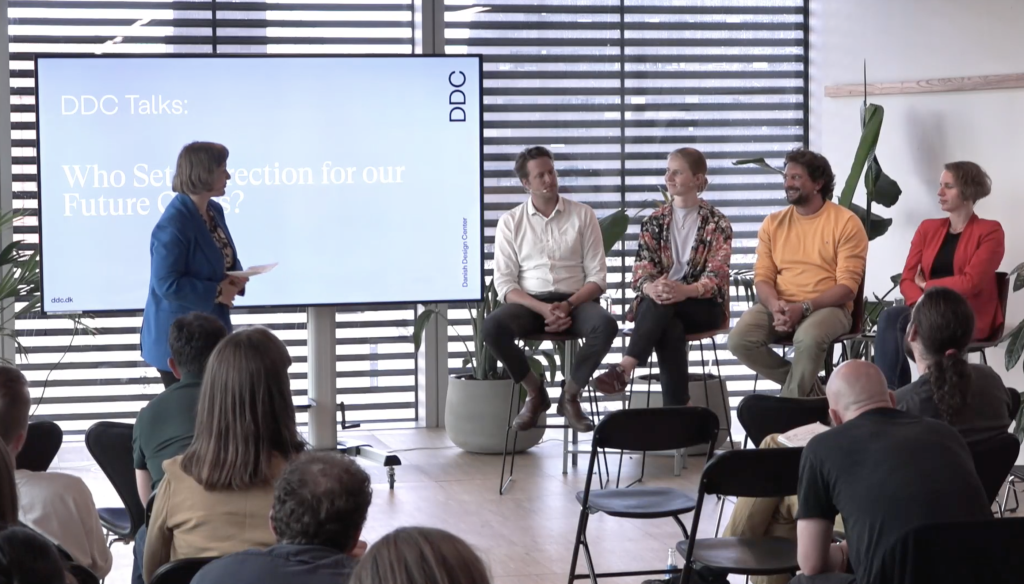
Picture from the panel debate DDC Talk Cities: Who Sets Direction for our Future Cities? In the photo from left to right; Ulla Dubgaard moderator of the panel debate, Danish Design Center, Mikkel Knudsen Holst, Copenhagen pilot, Karin Kruup, Tallinn pilot, Alexandre Mezard, Paris pilot and Liat Rogel, Milan pilot.
Learnings from the Talk:
- Stakeholder mapping is a valuable tool to explore a neighbourhood and its actors
- Engaging stakeholders ensures major and sustained change. This can be done through open calls, voluntary participation and co-creation leading to feelings of ownership
- Narratives of heritage can create motivation that will lead to actions towards reorienting the future of a city.
Want to know more? Check out the links below:
- Read more about the CENTRINNO Living Archive here and explore the different stories from the pilot cities here.
- You can watch or rewatch the CENTRINNO Talk: Who Sets Direction for our Future Cities? here.
- Learn more about how you can work with mission-driven innovation here.



